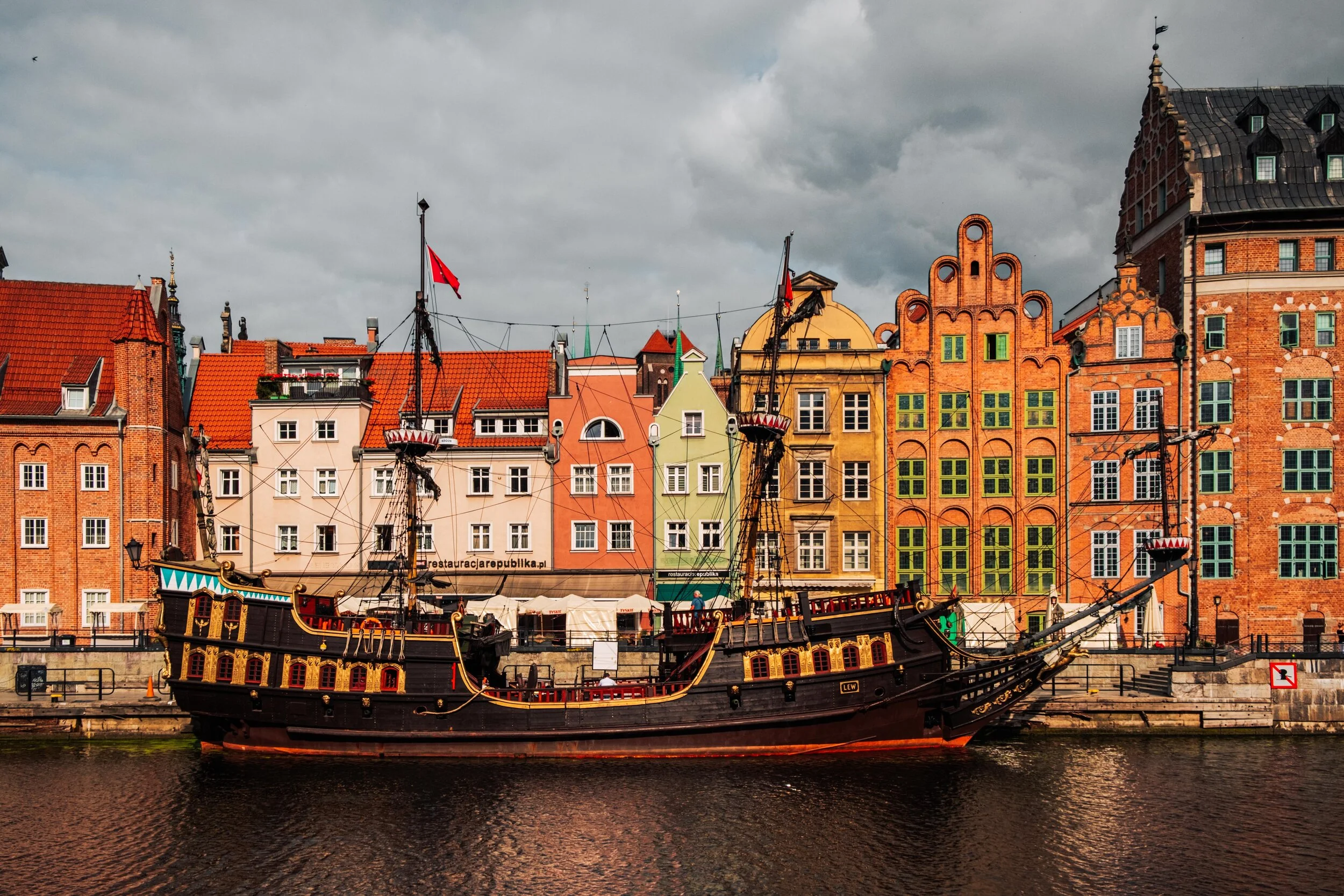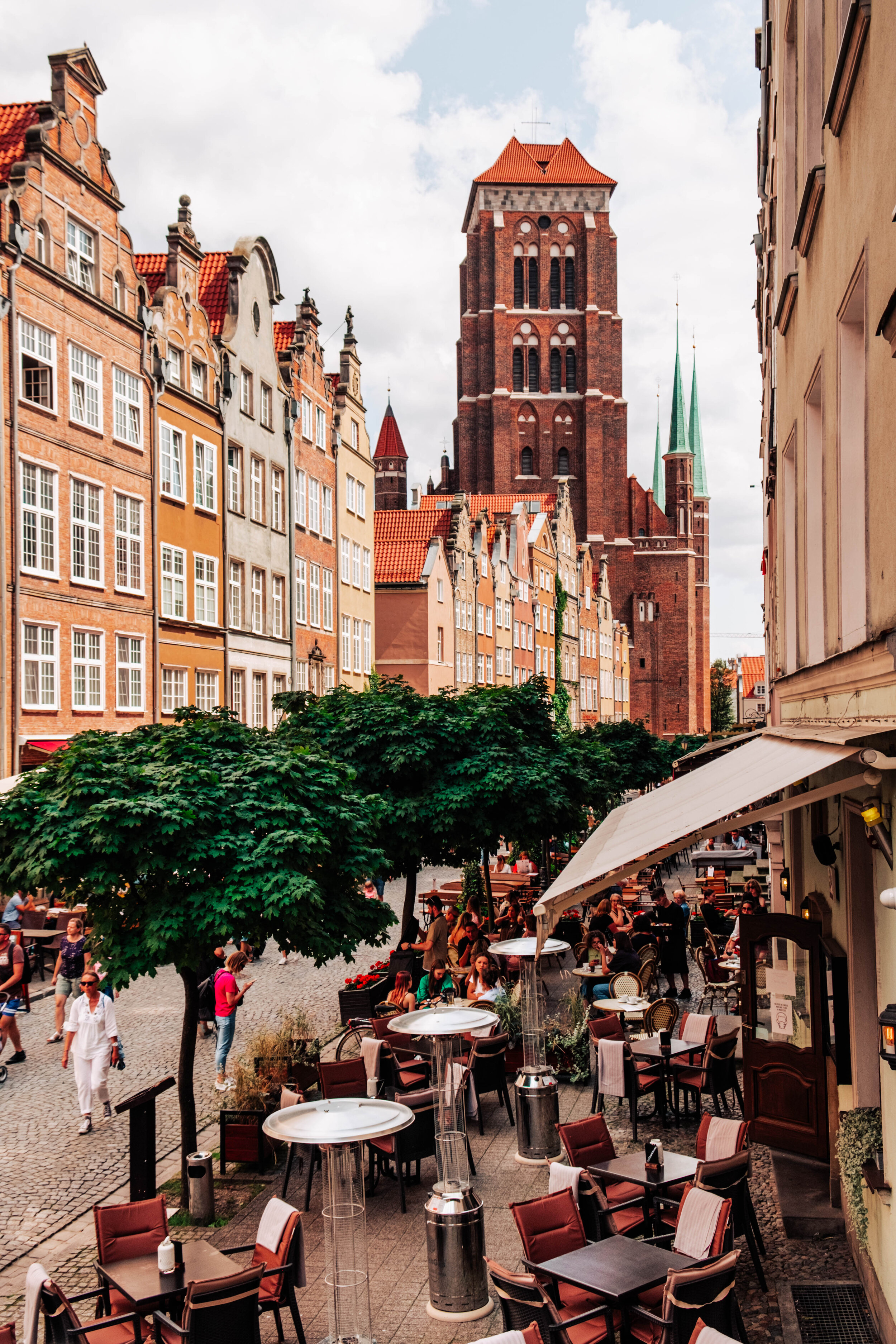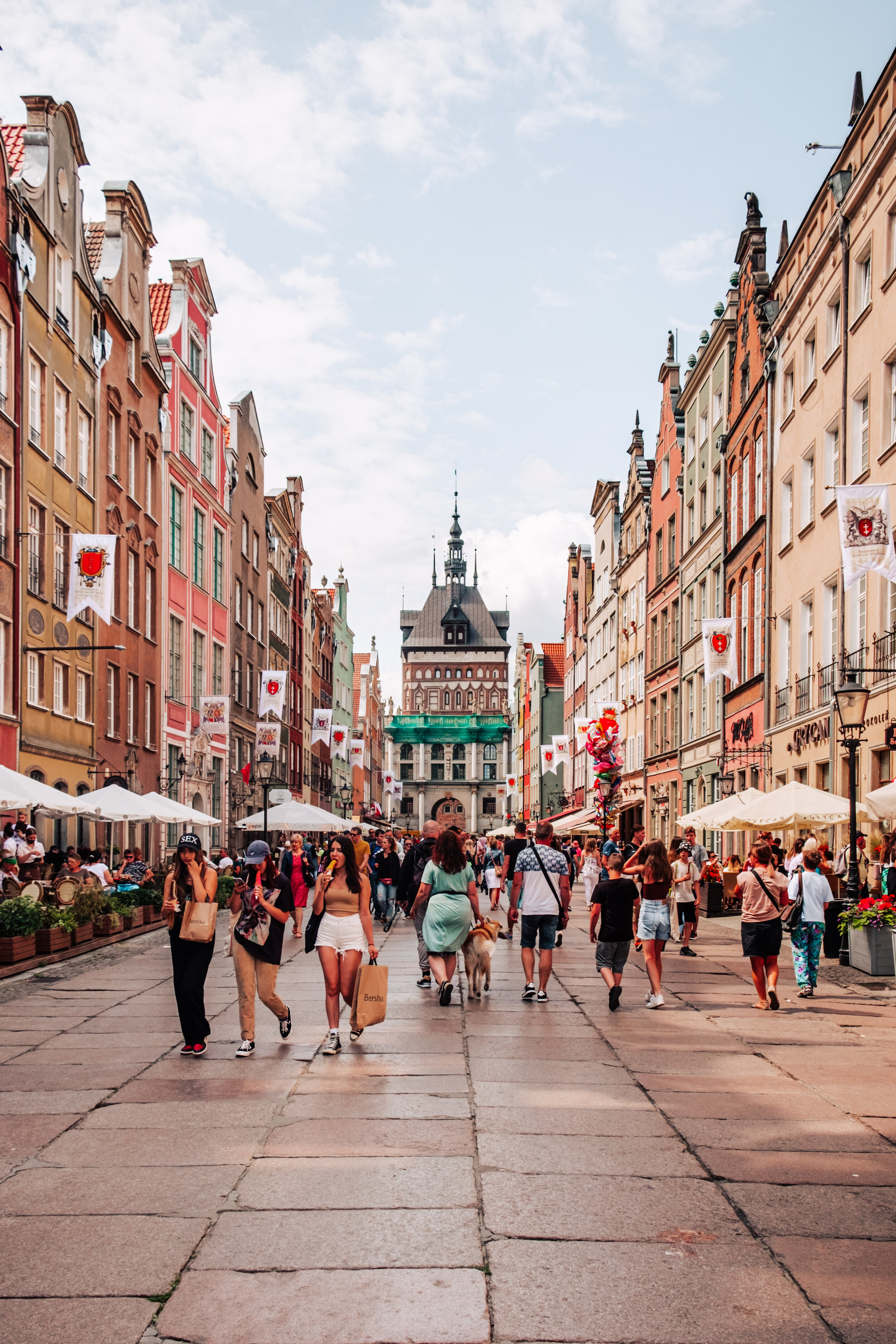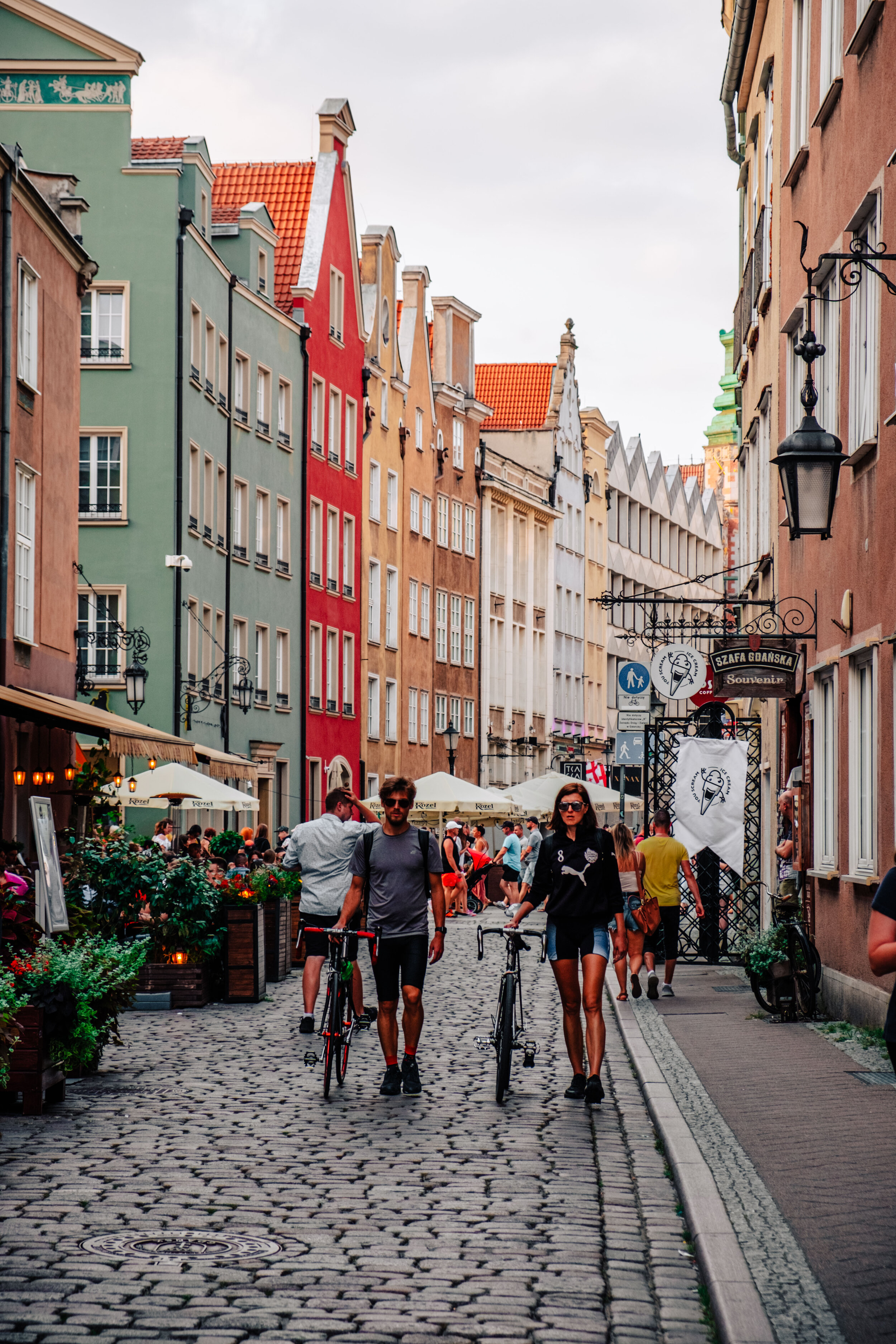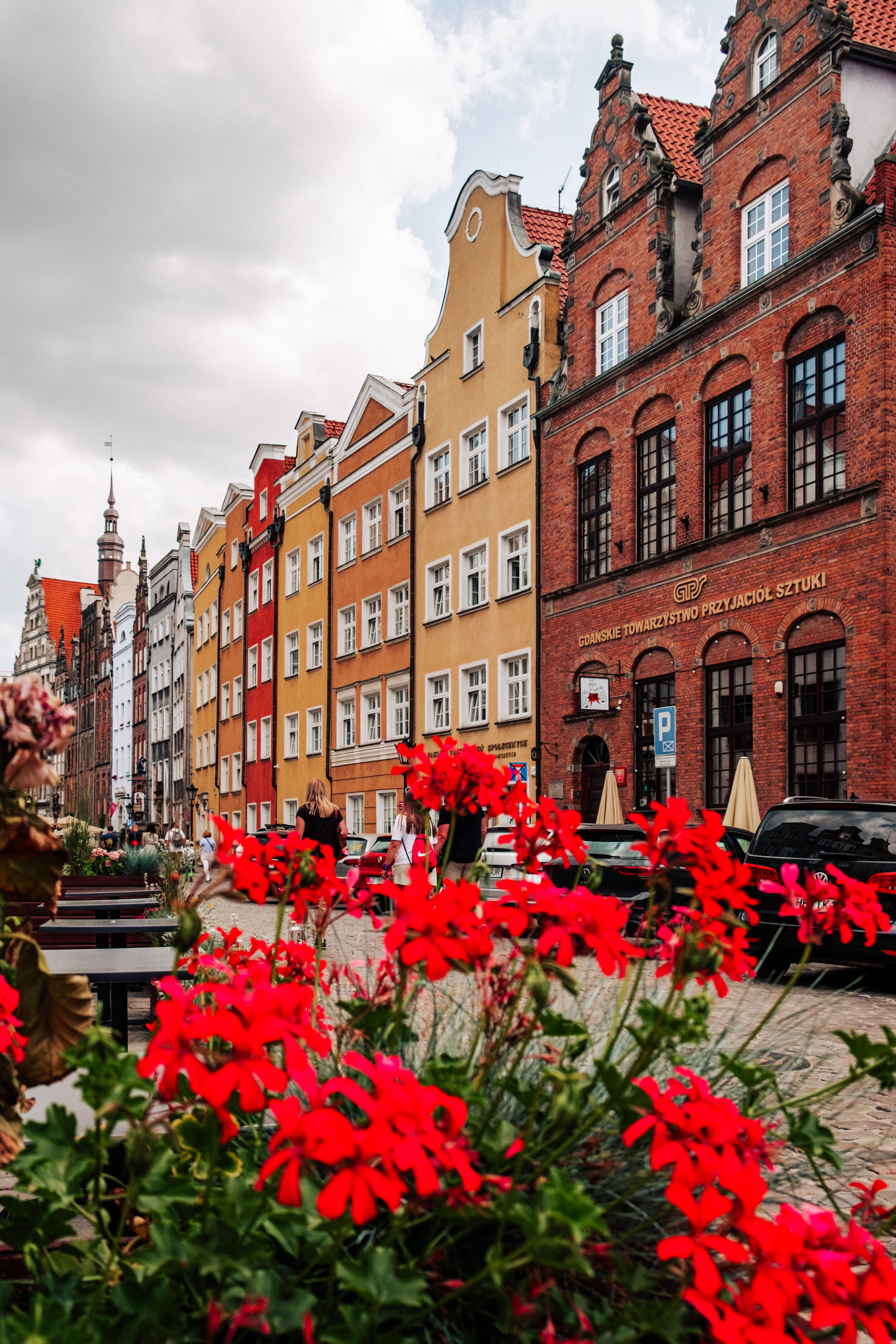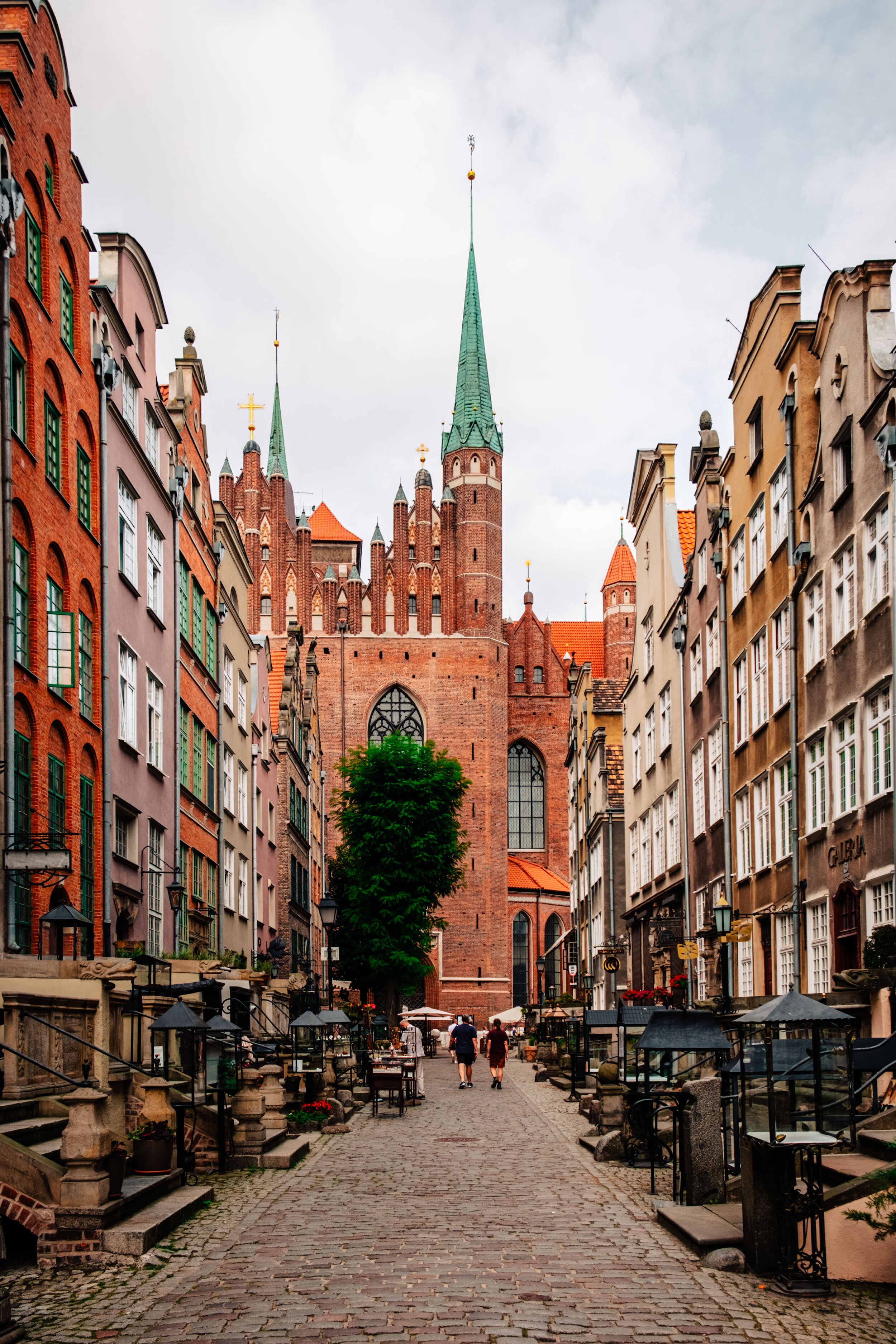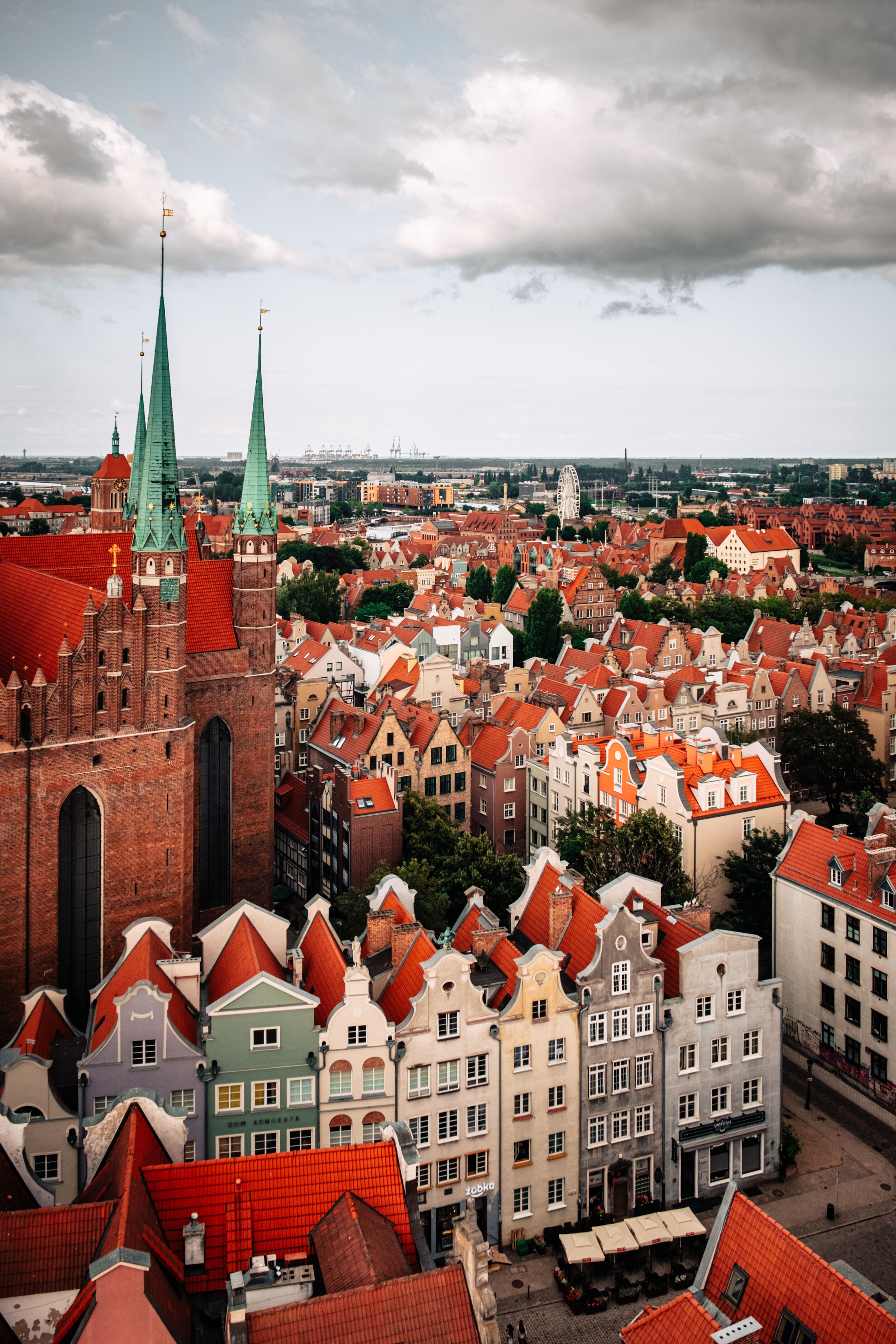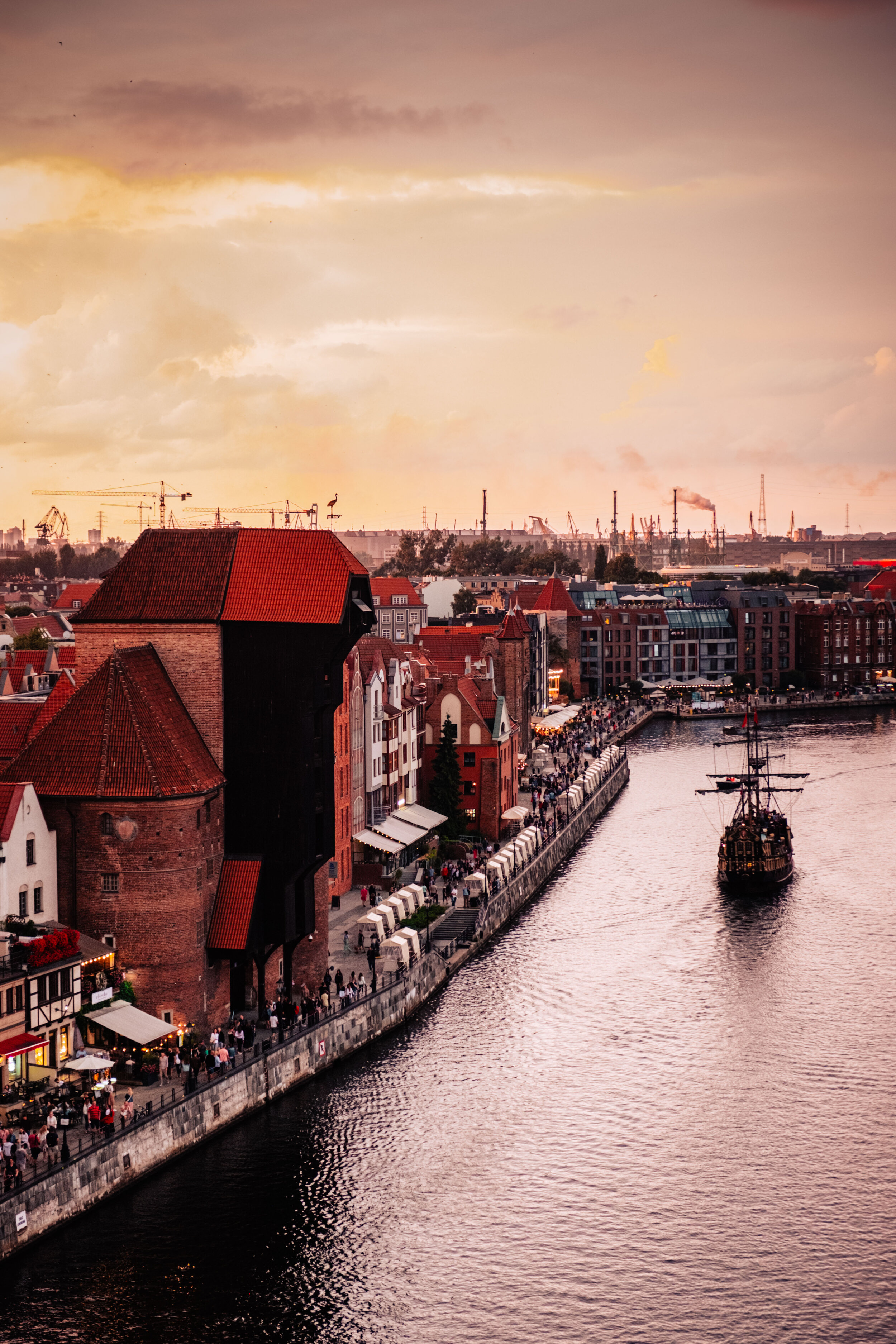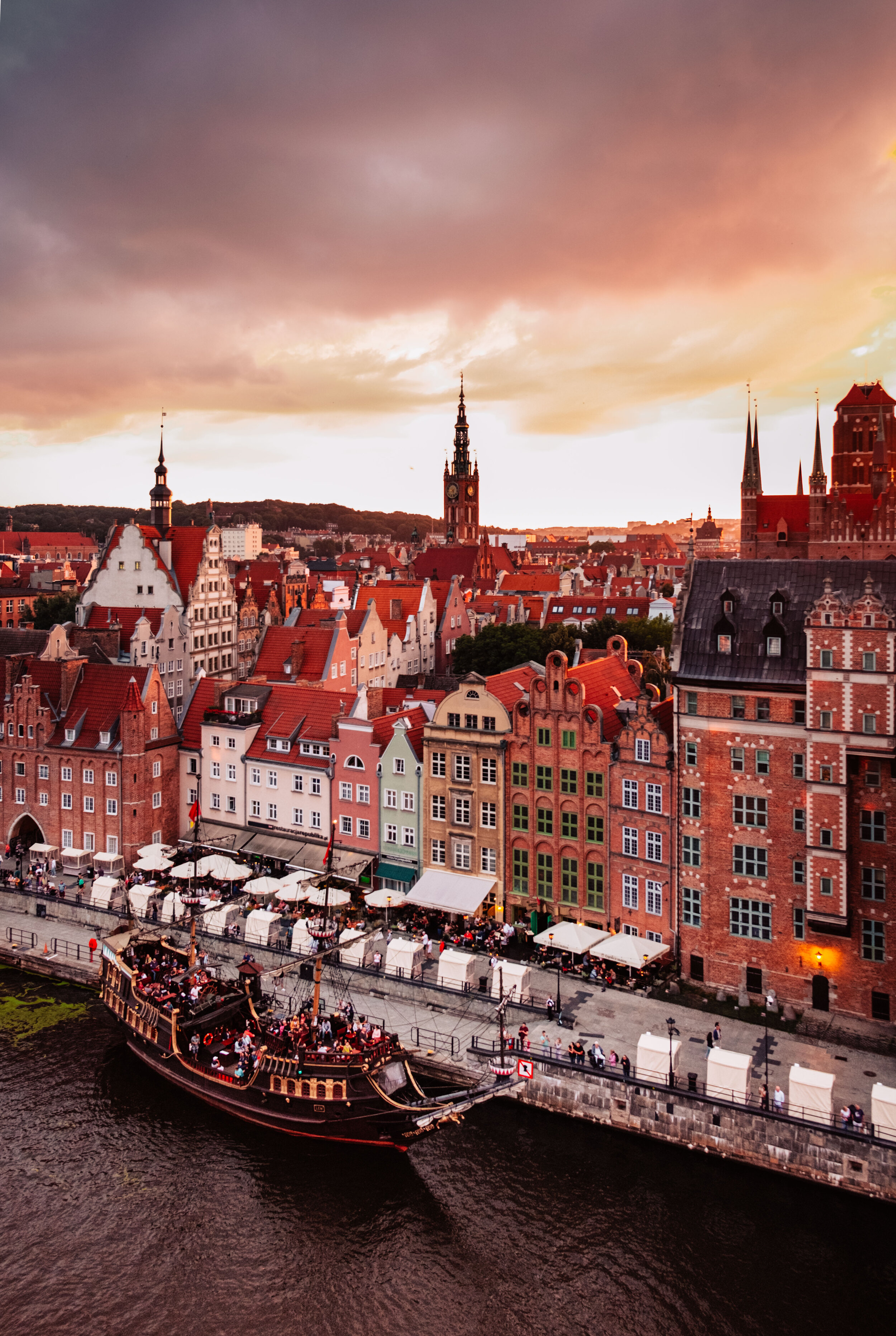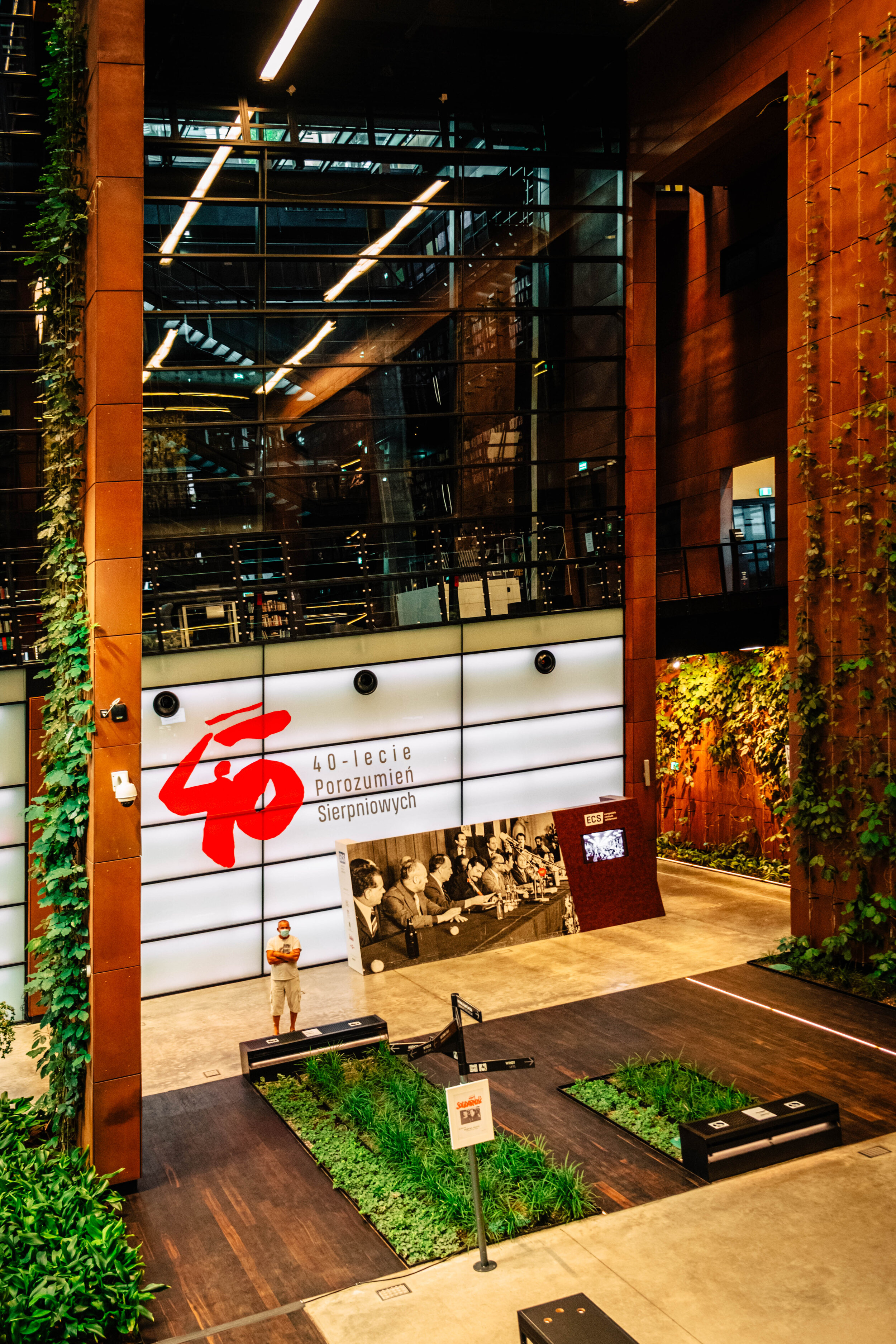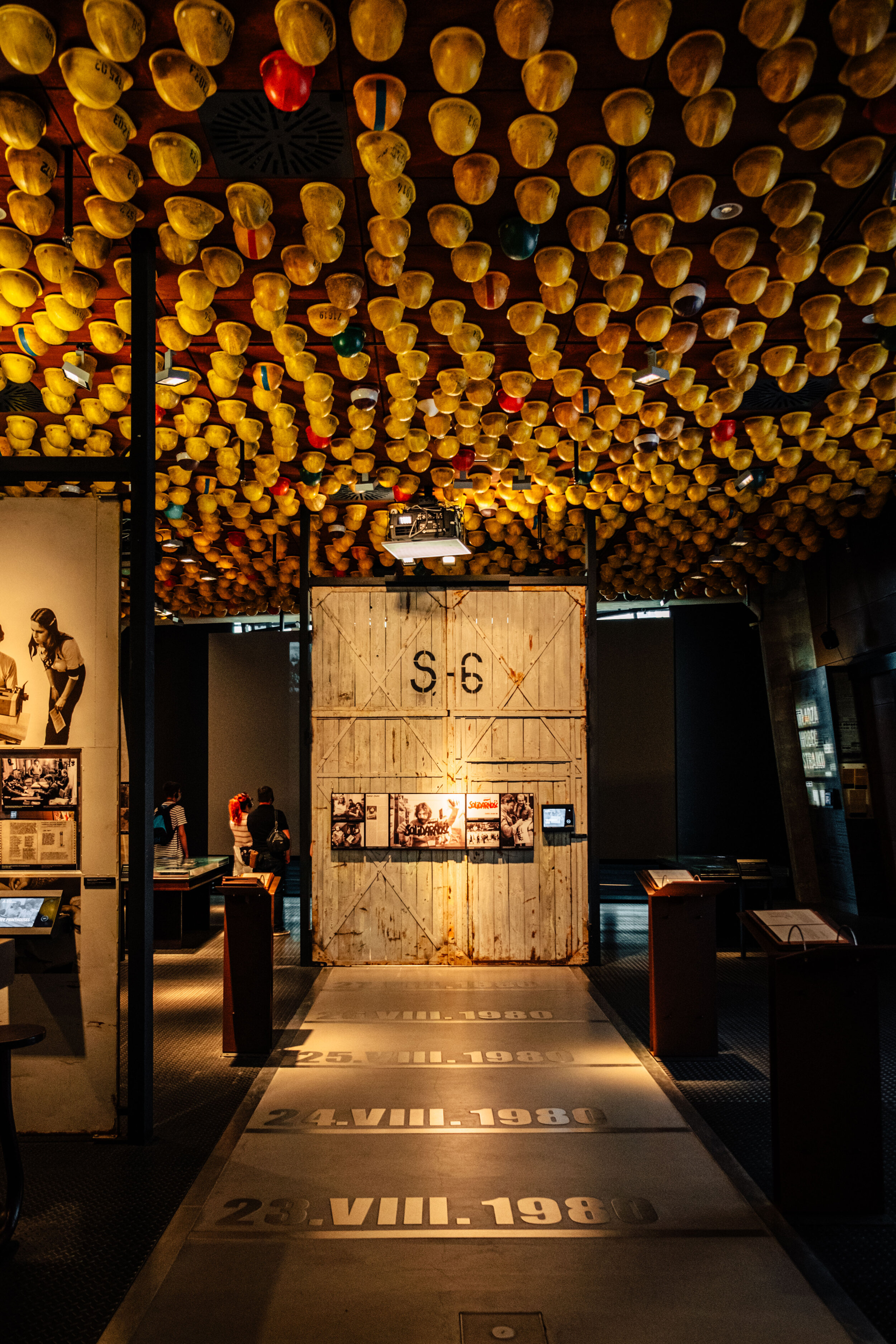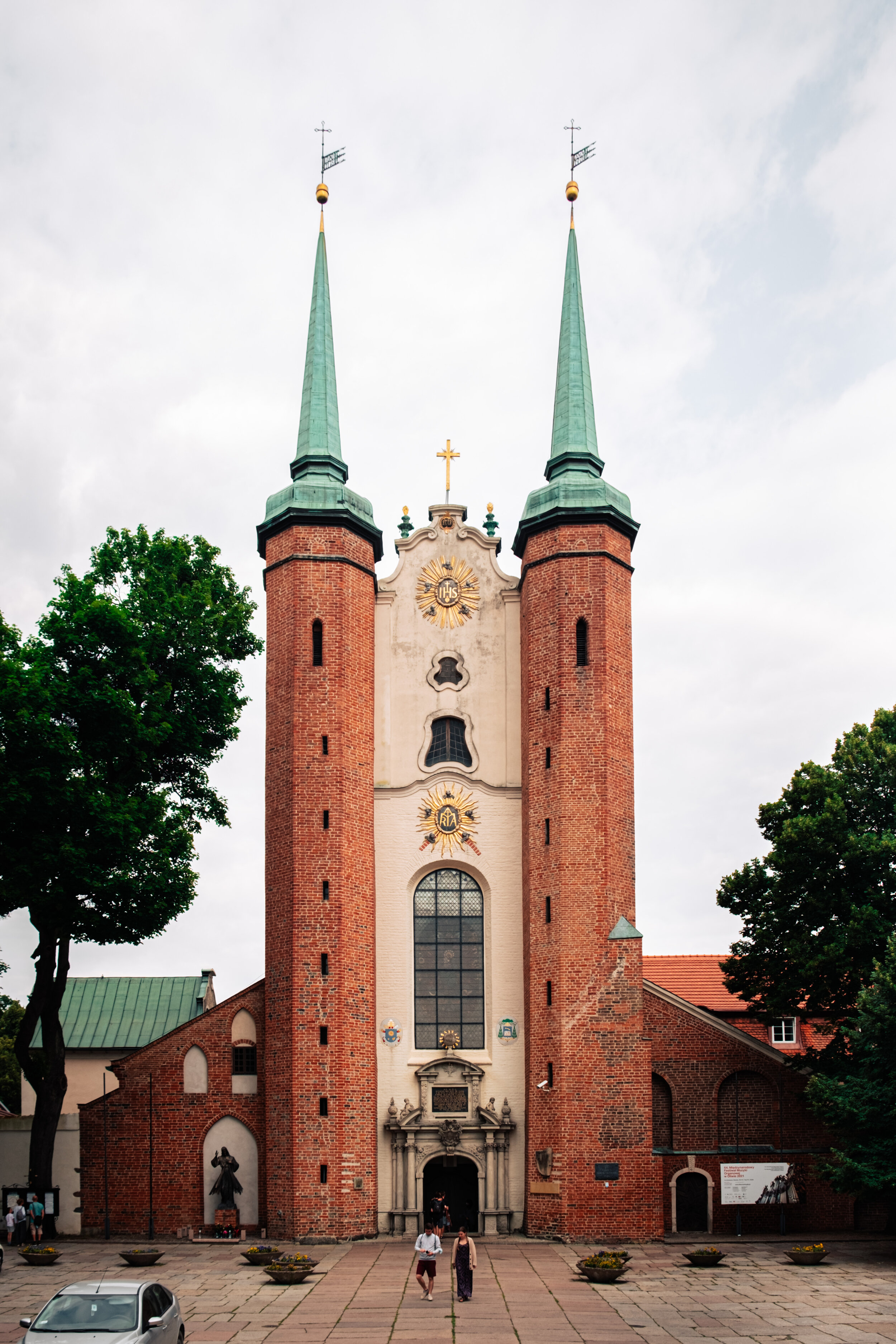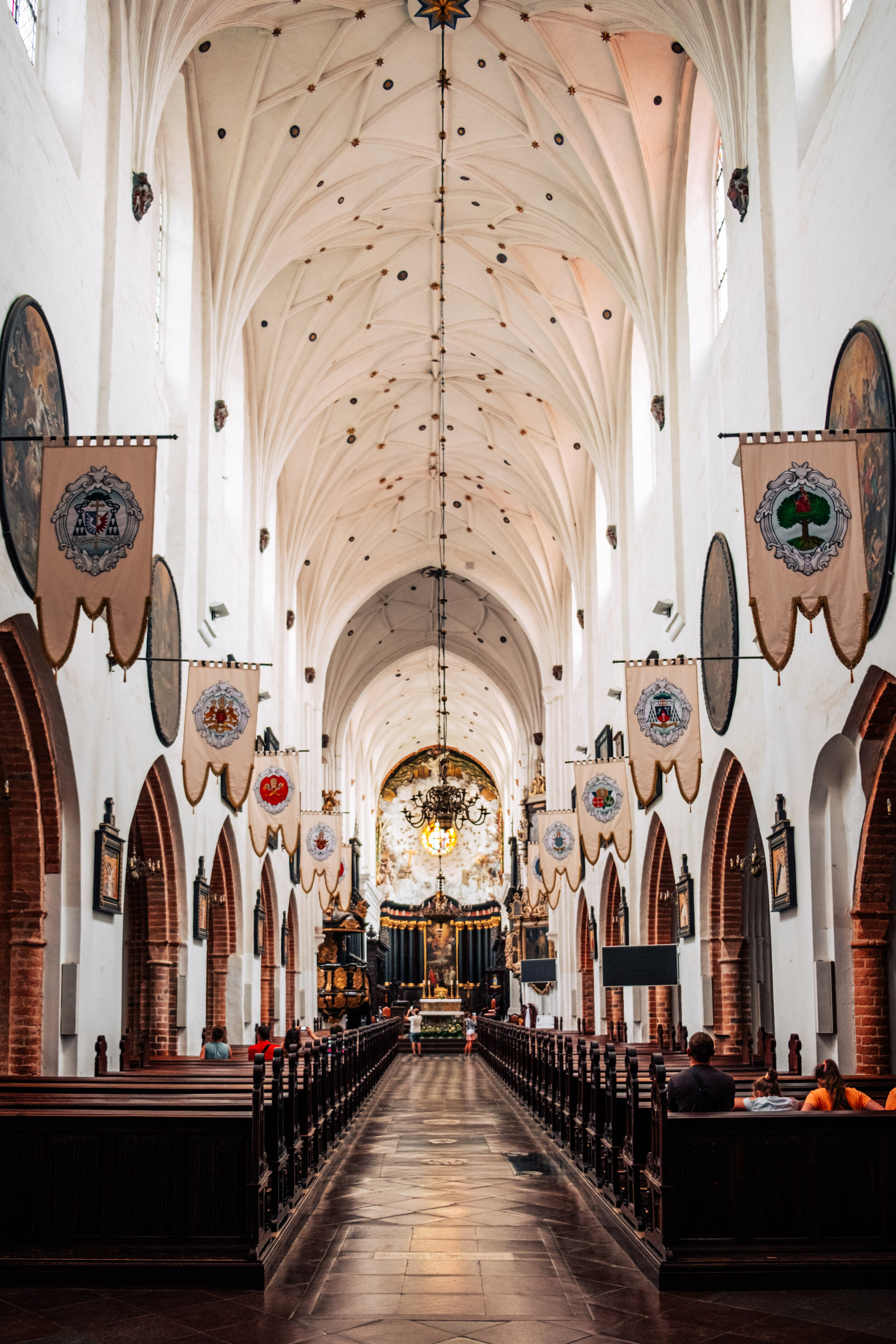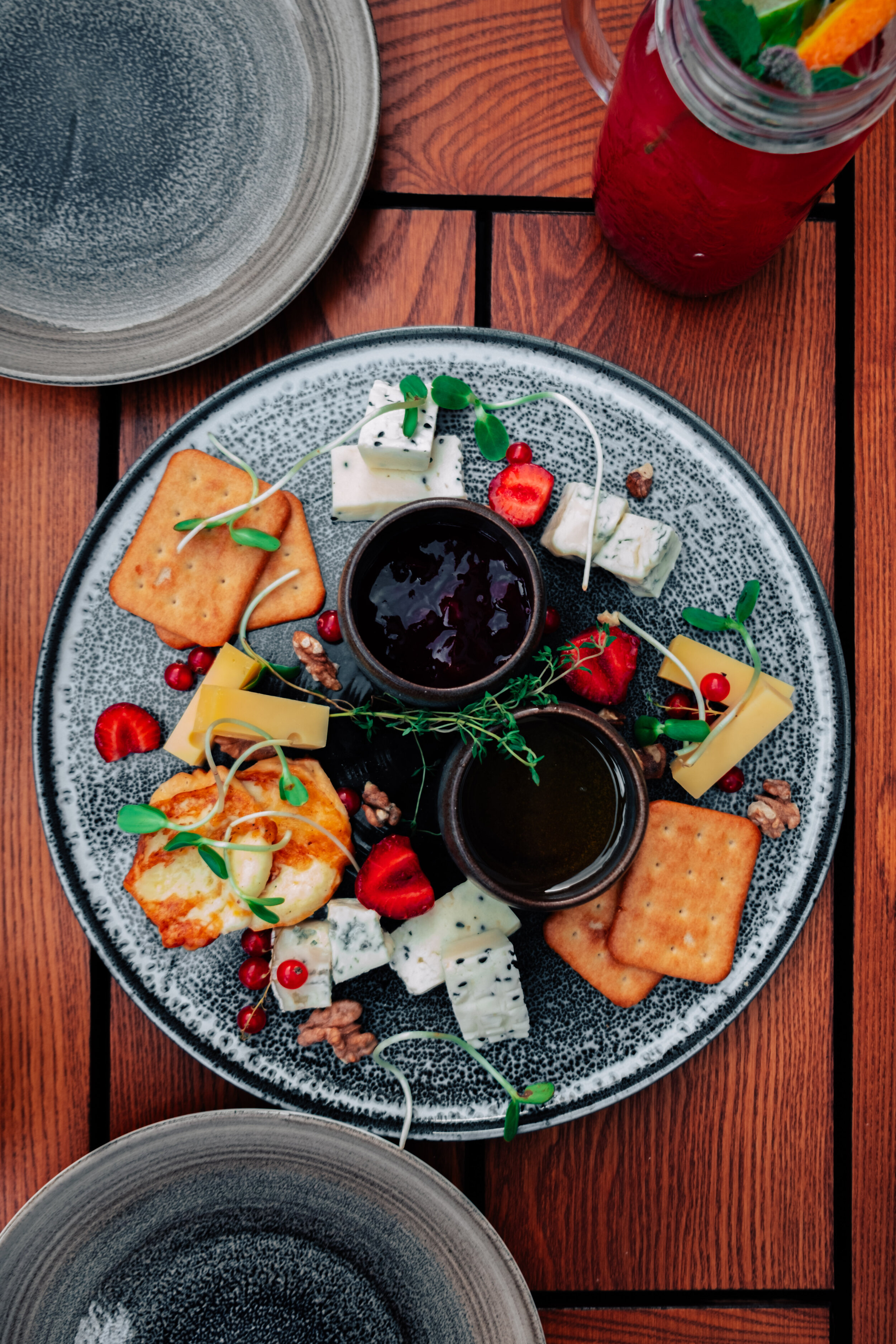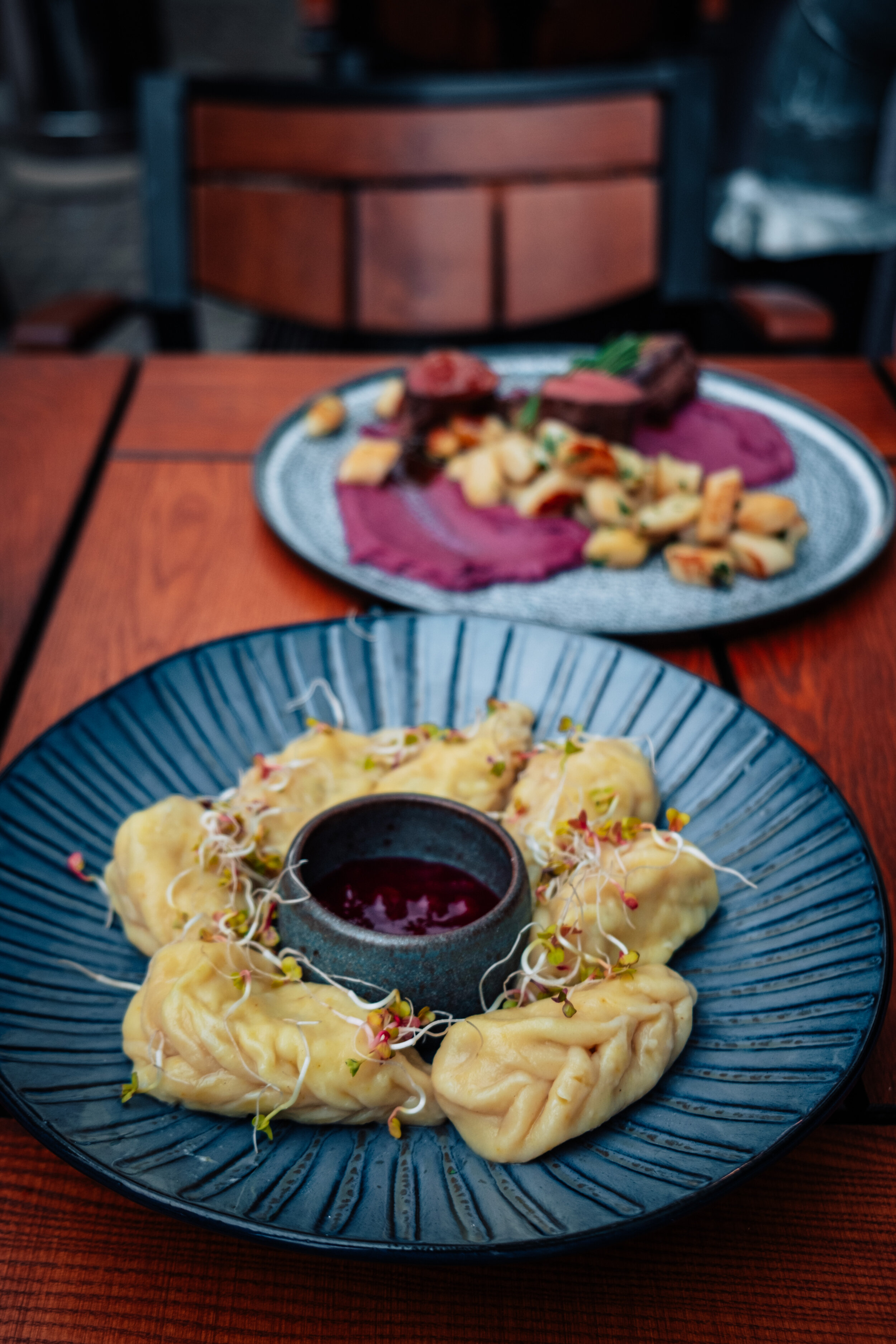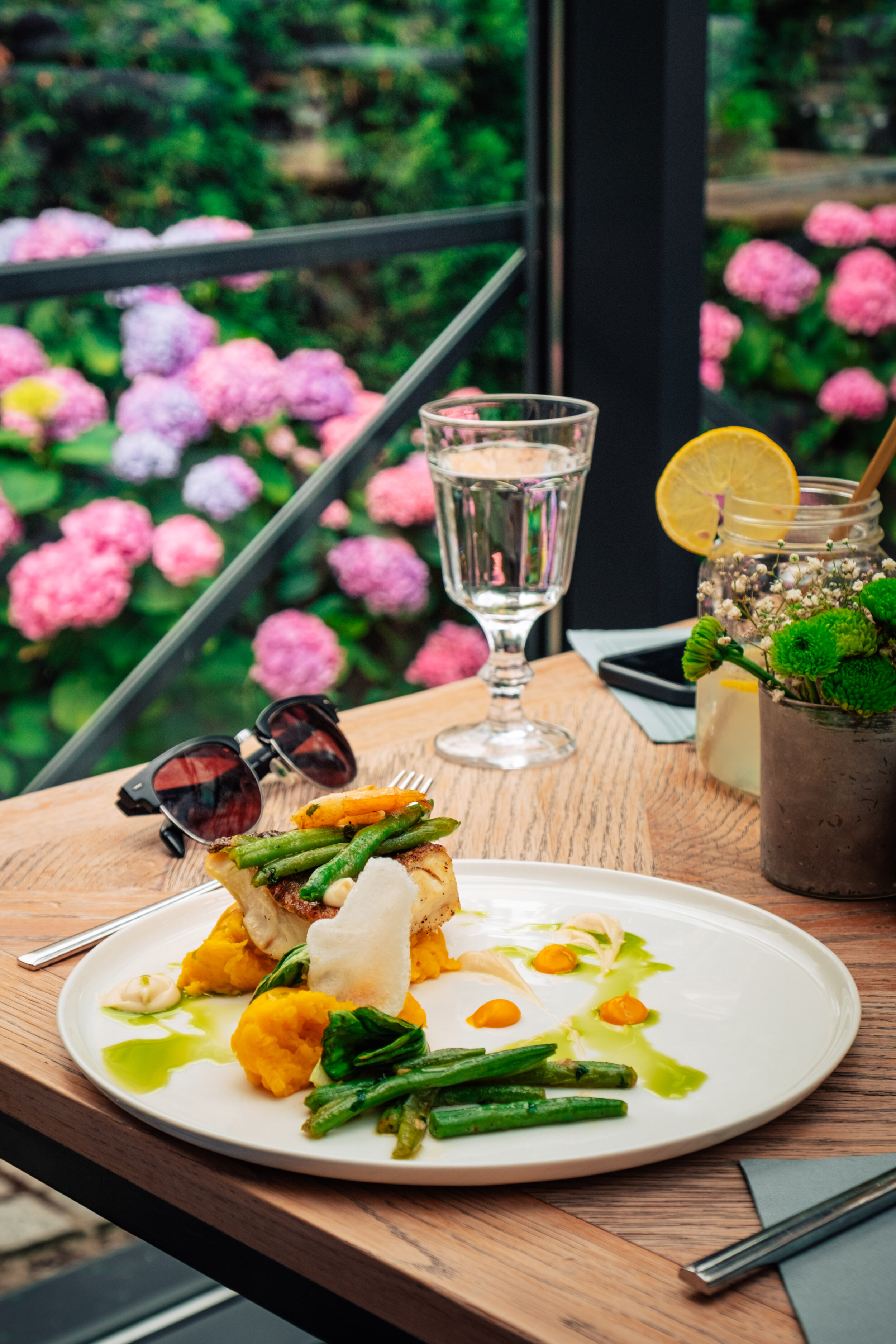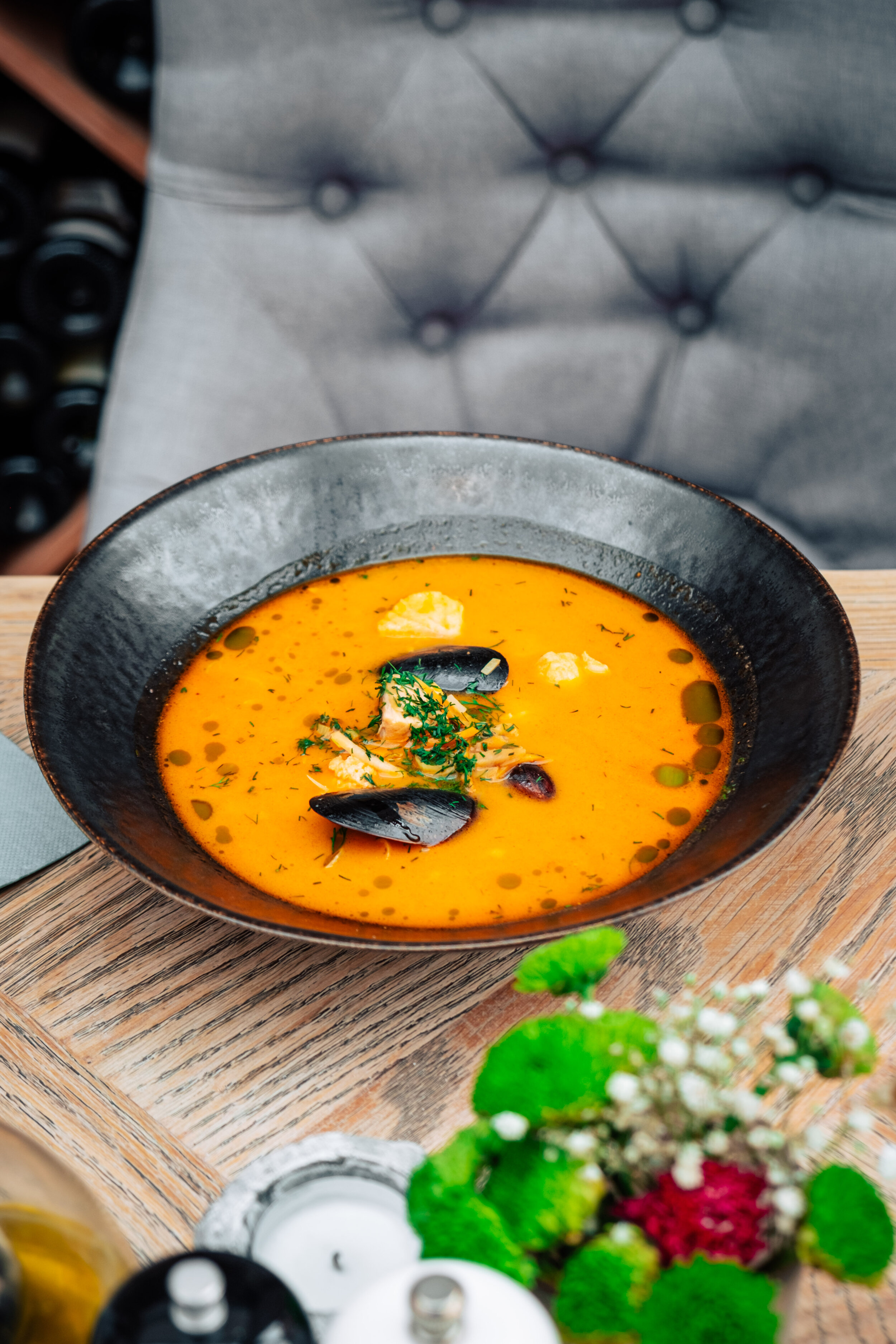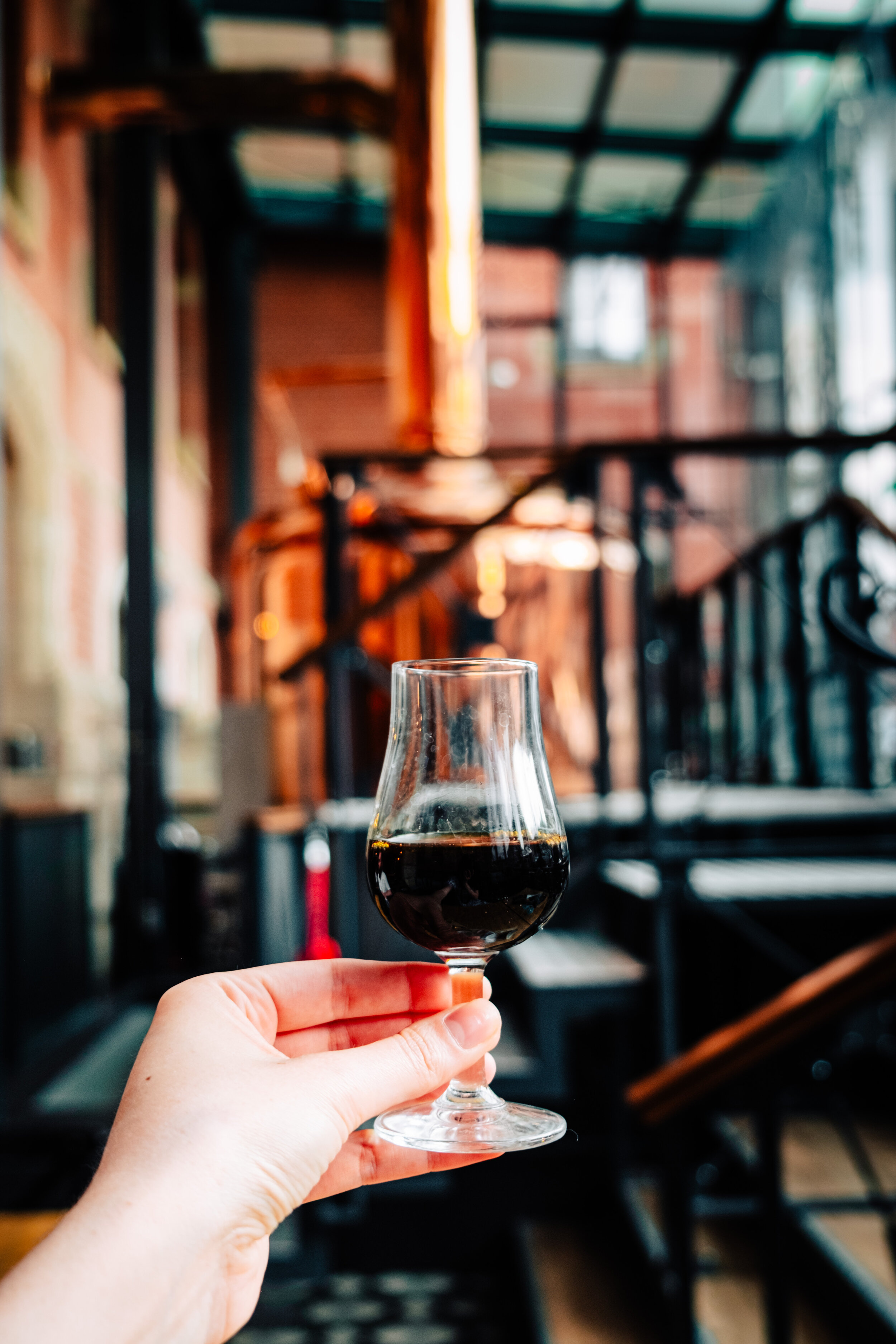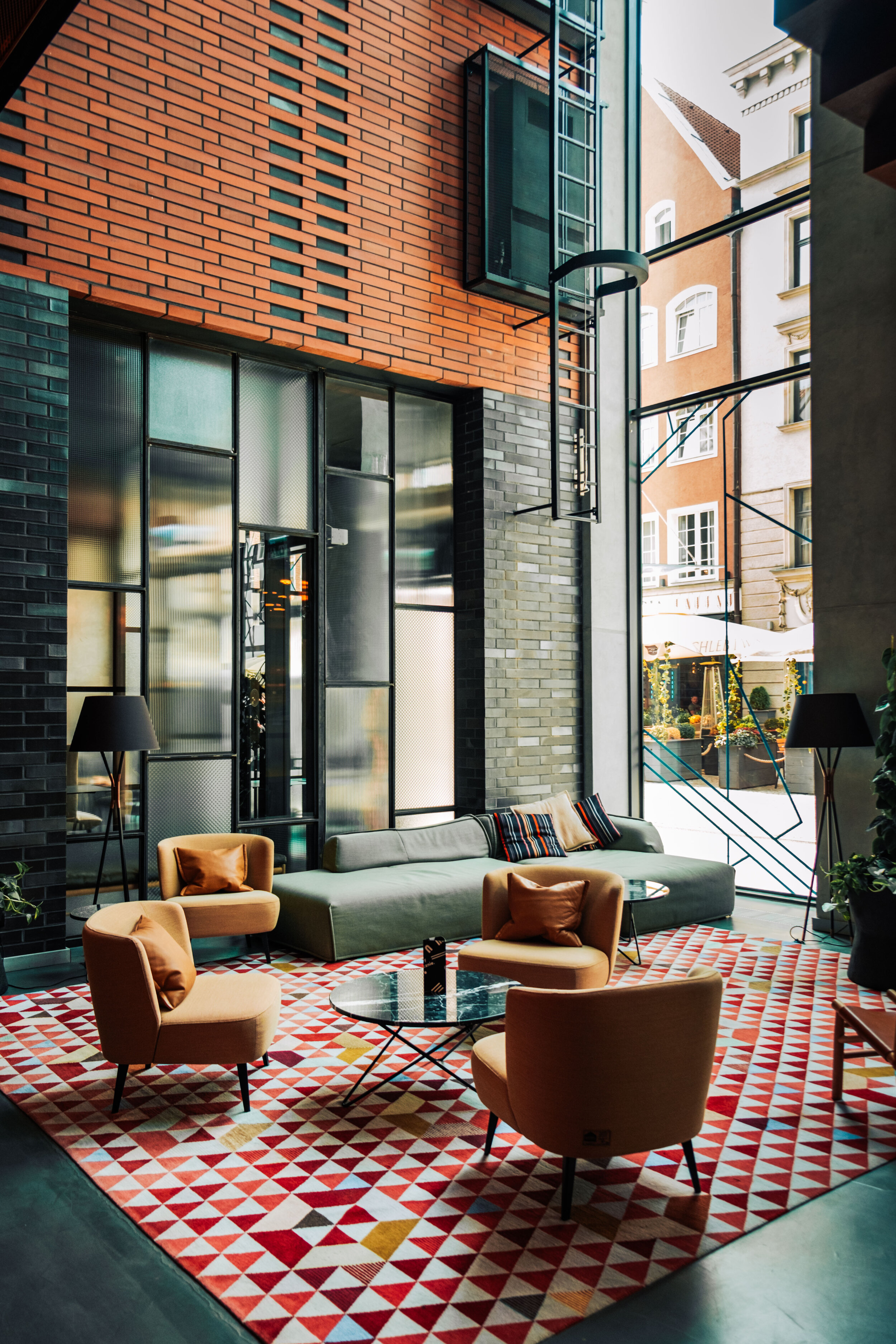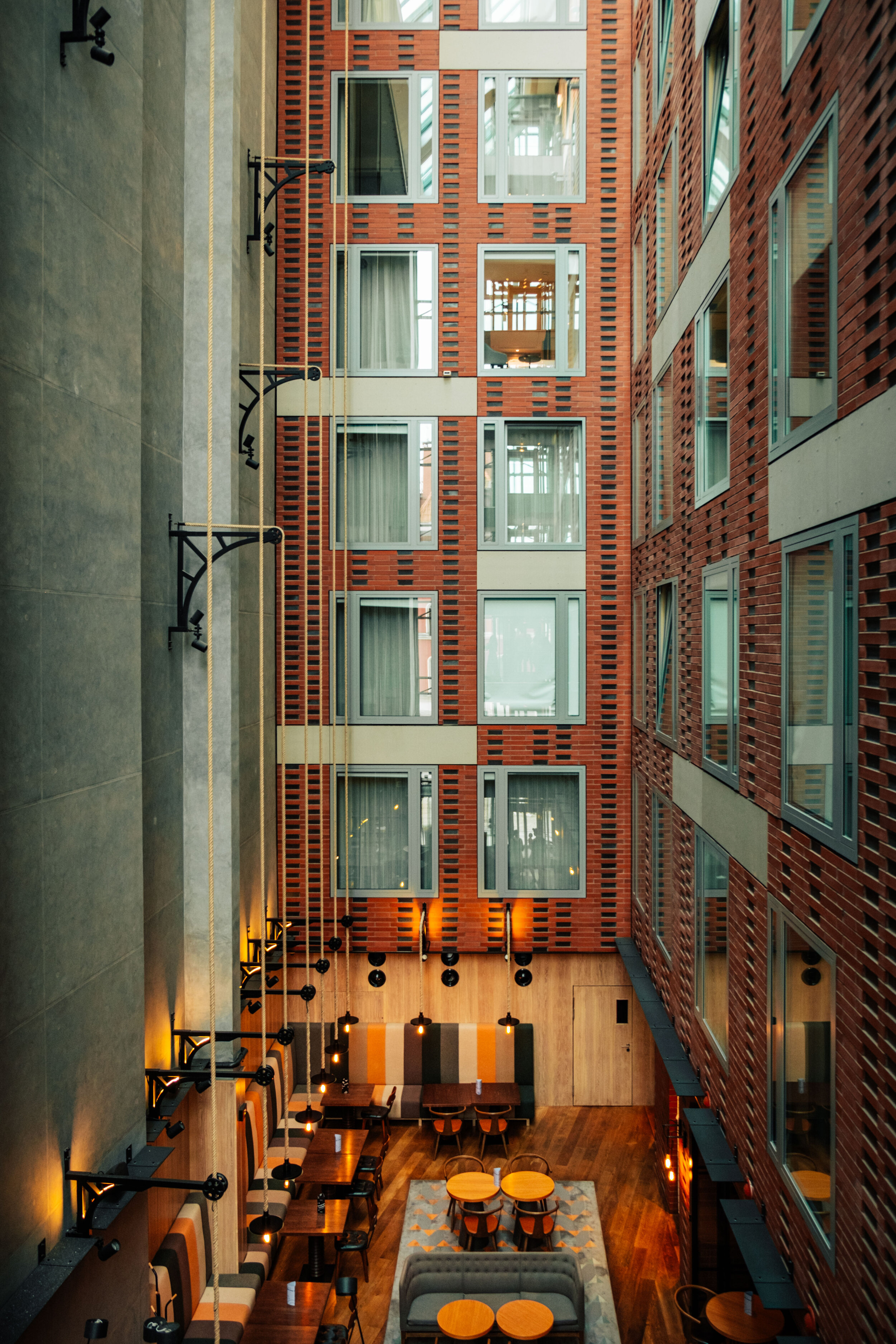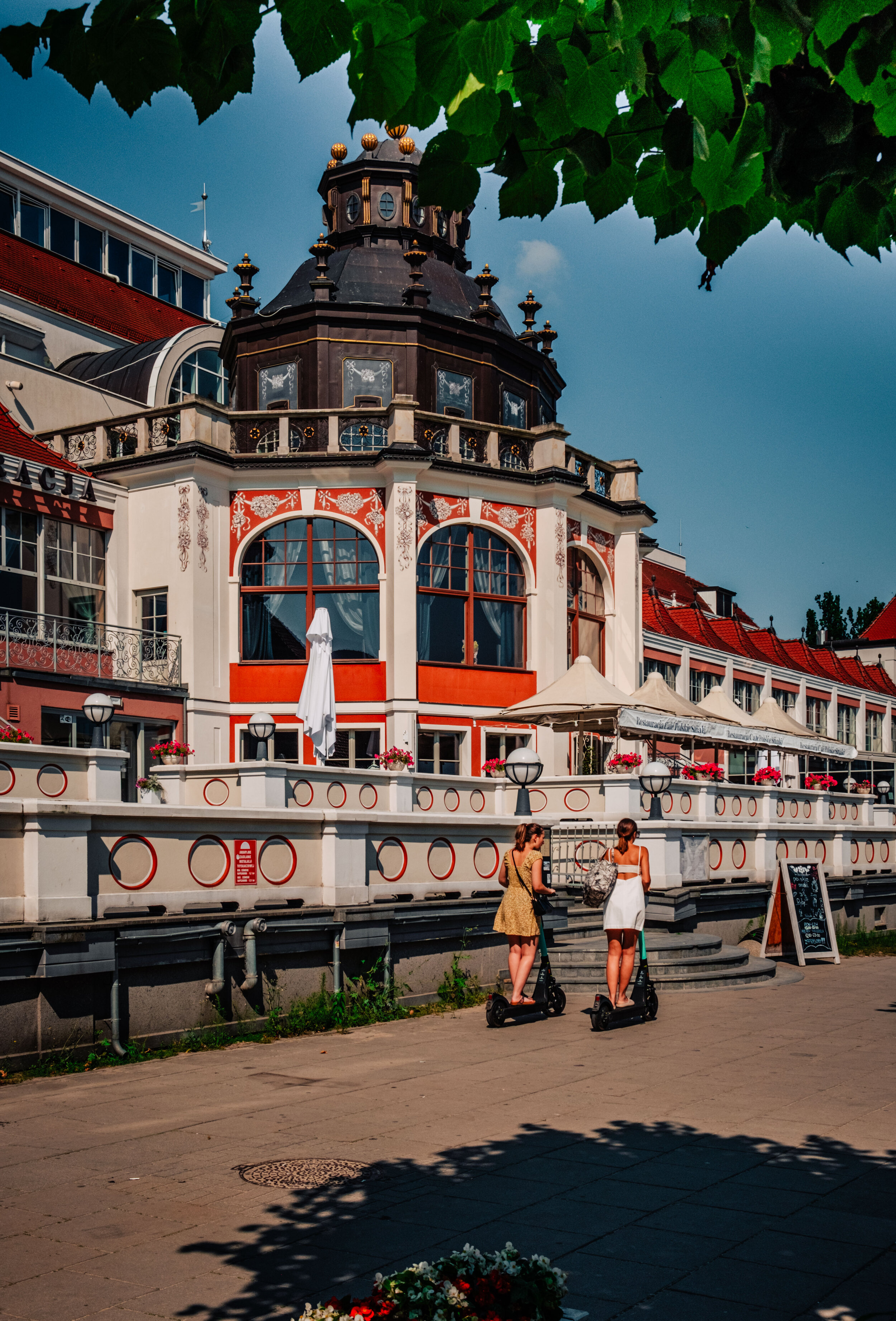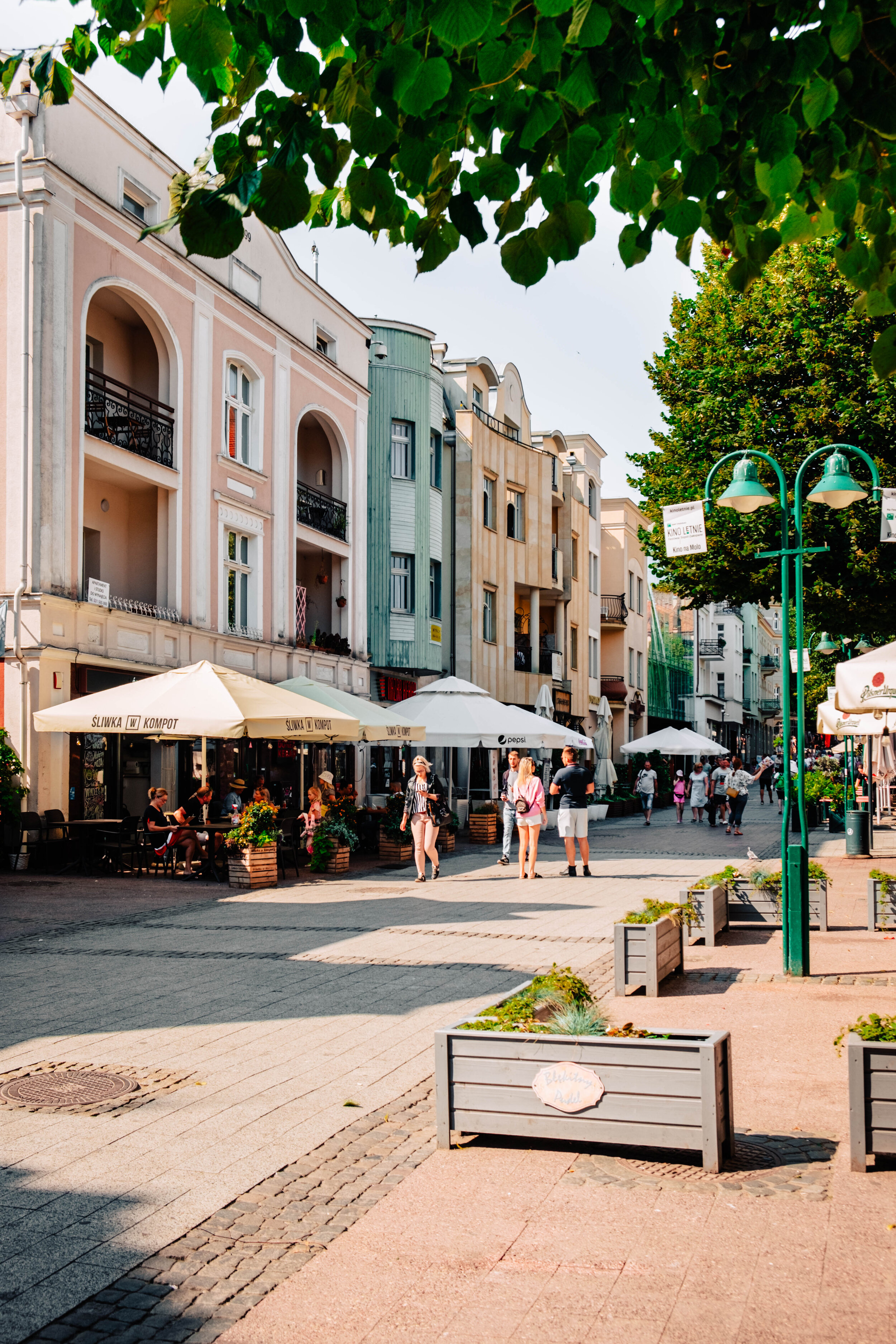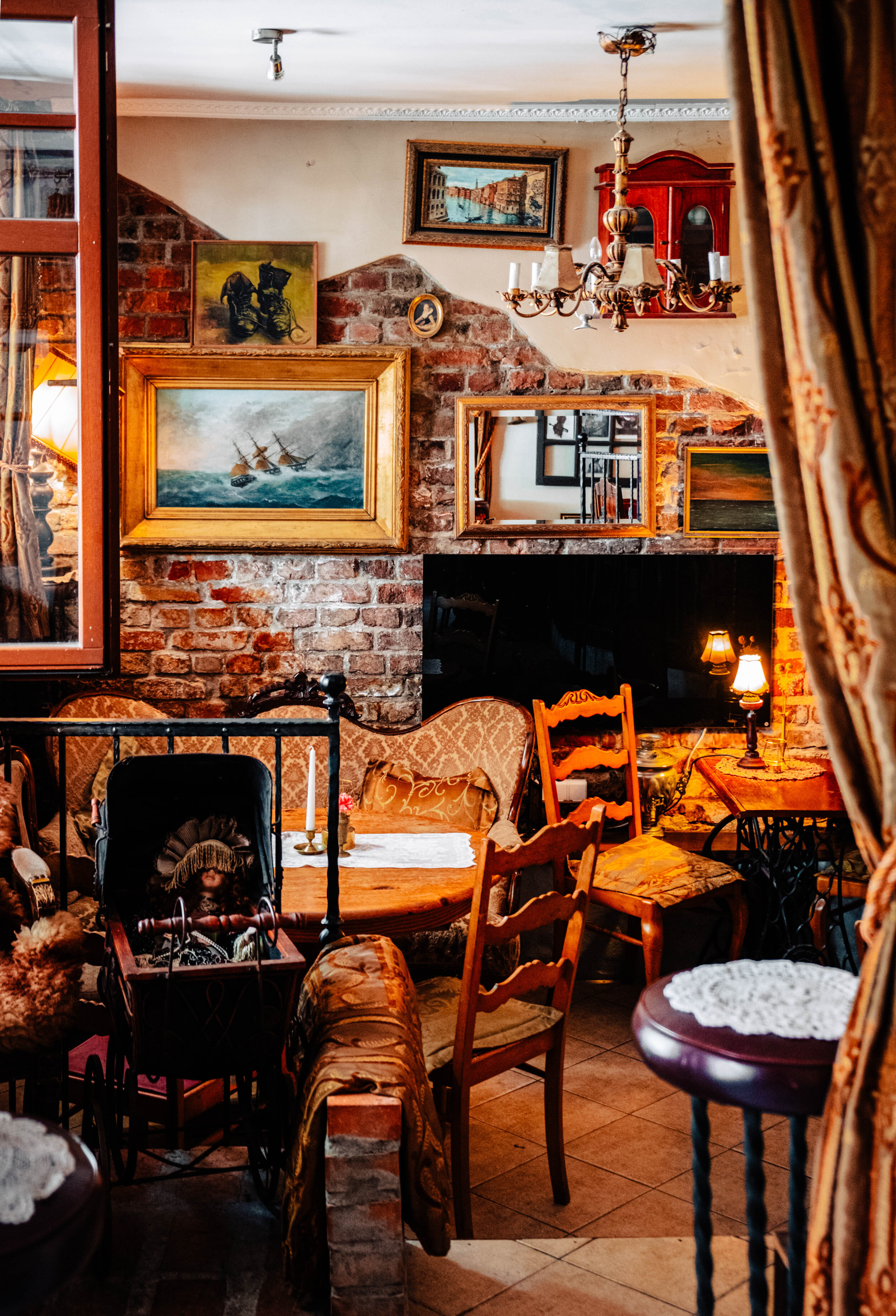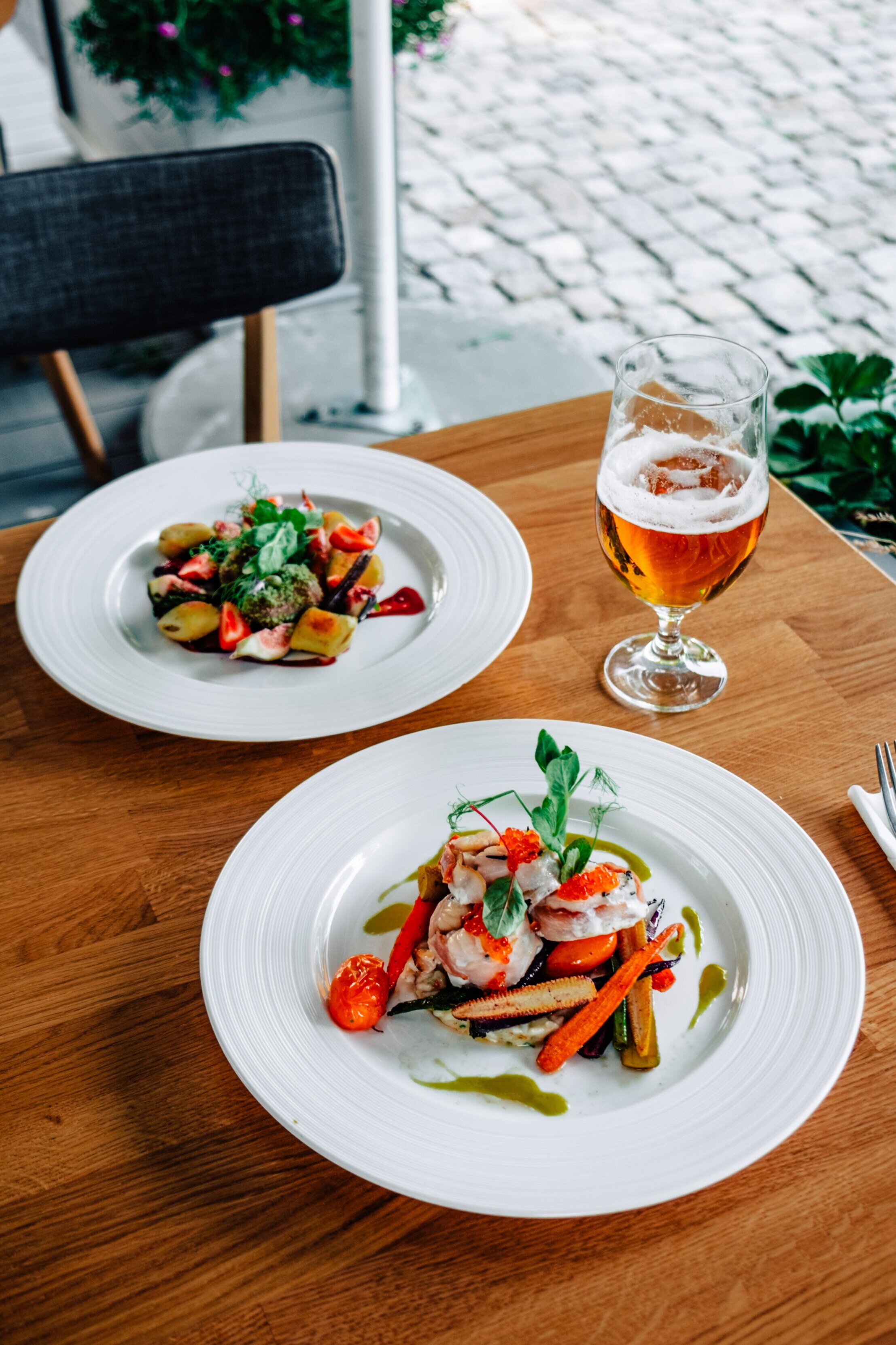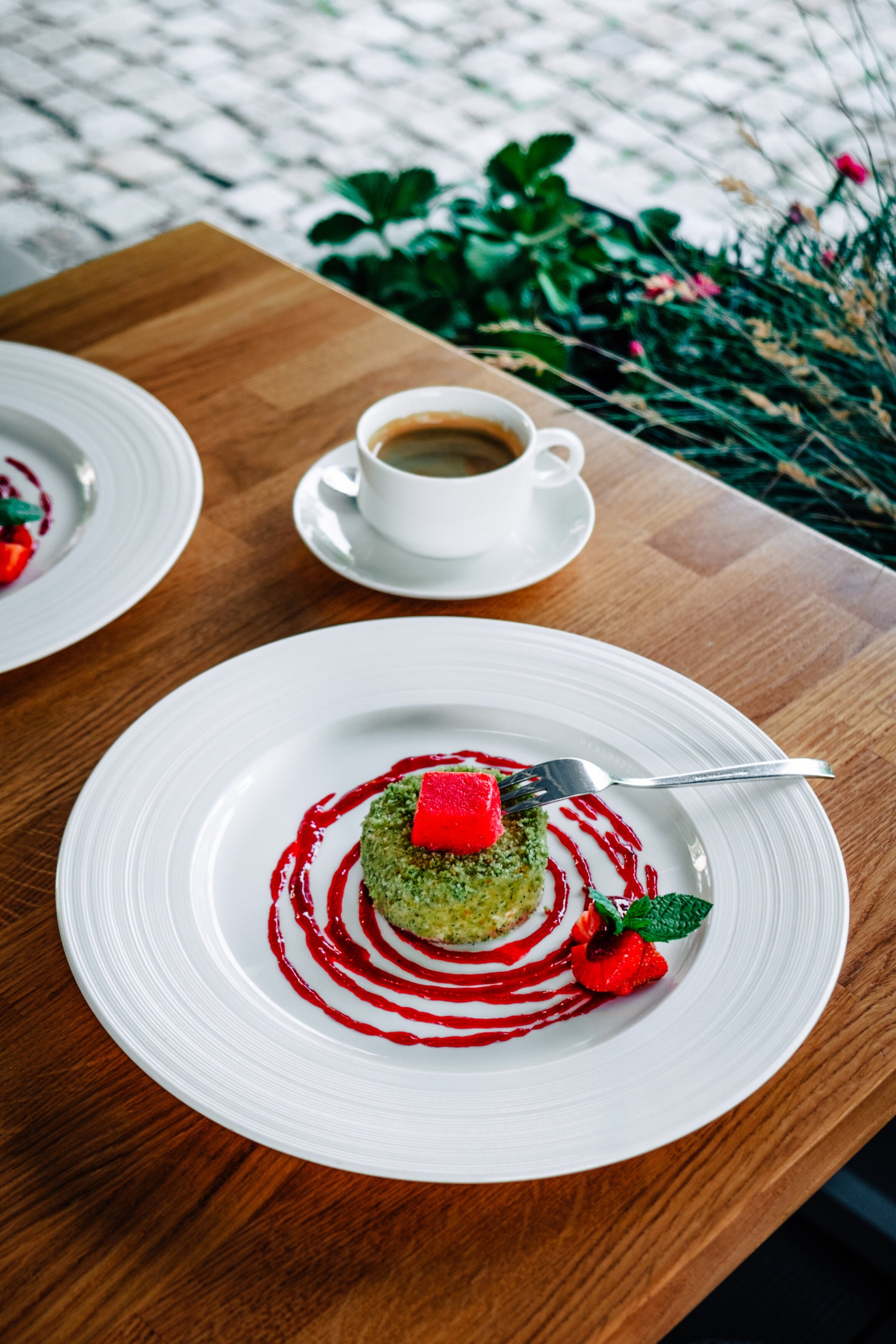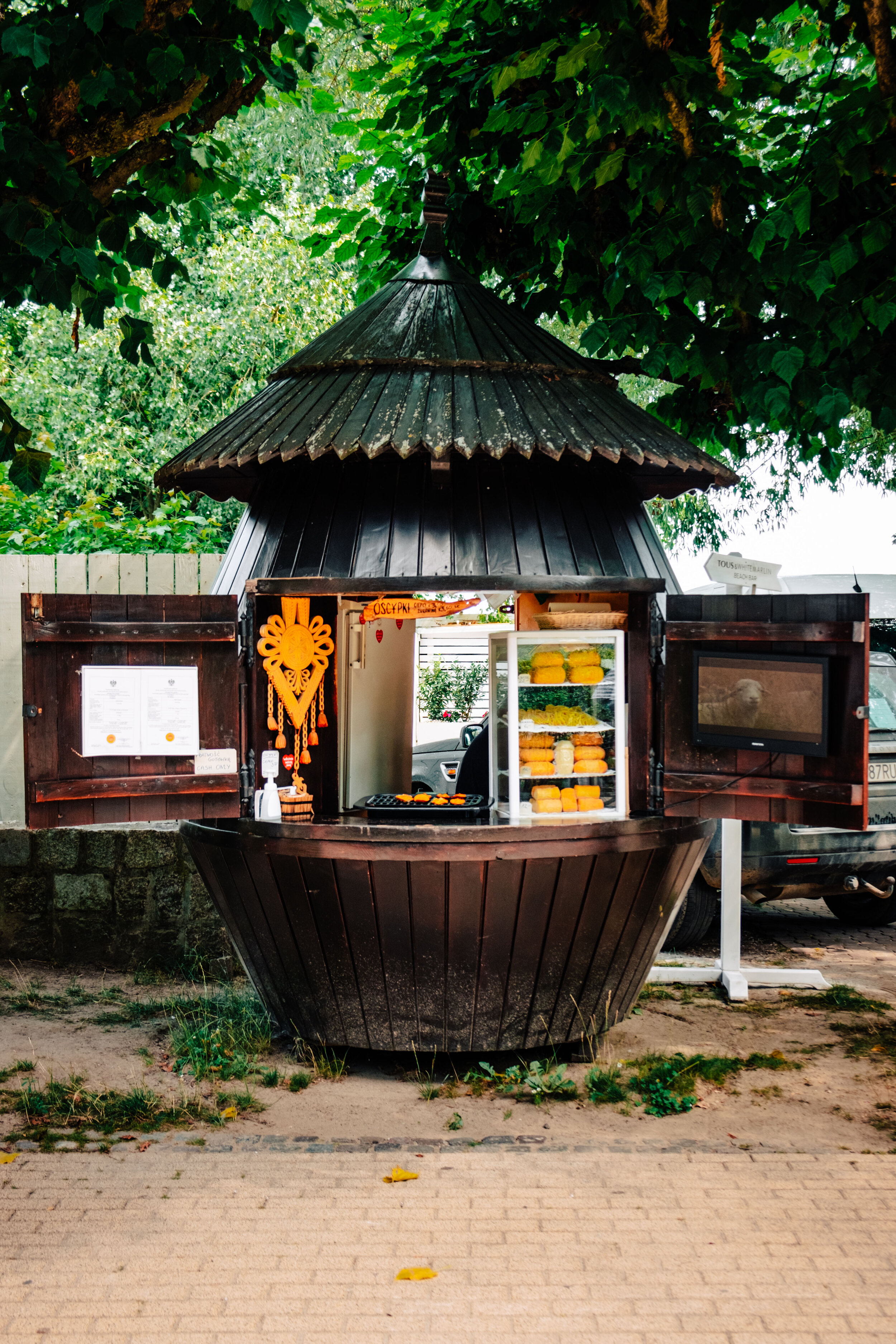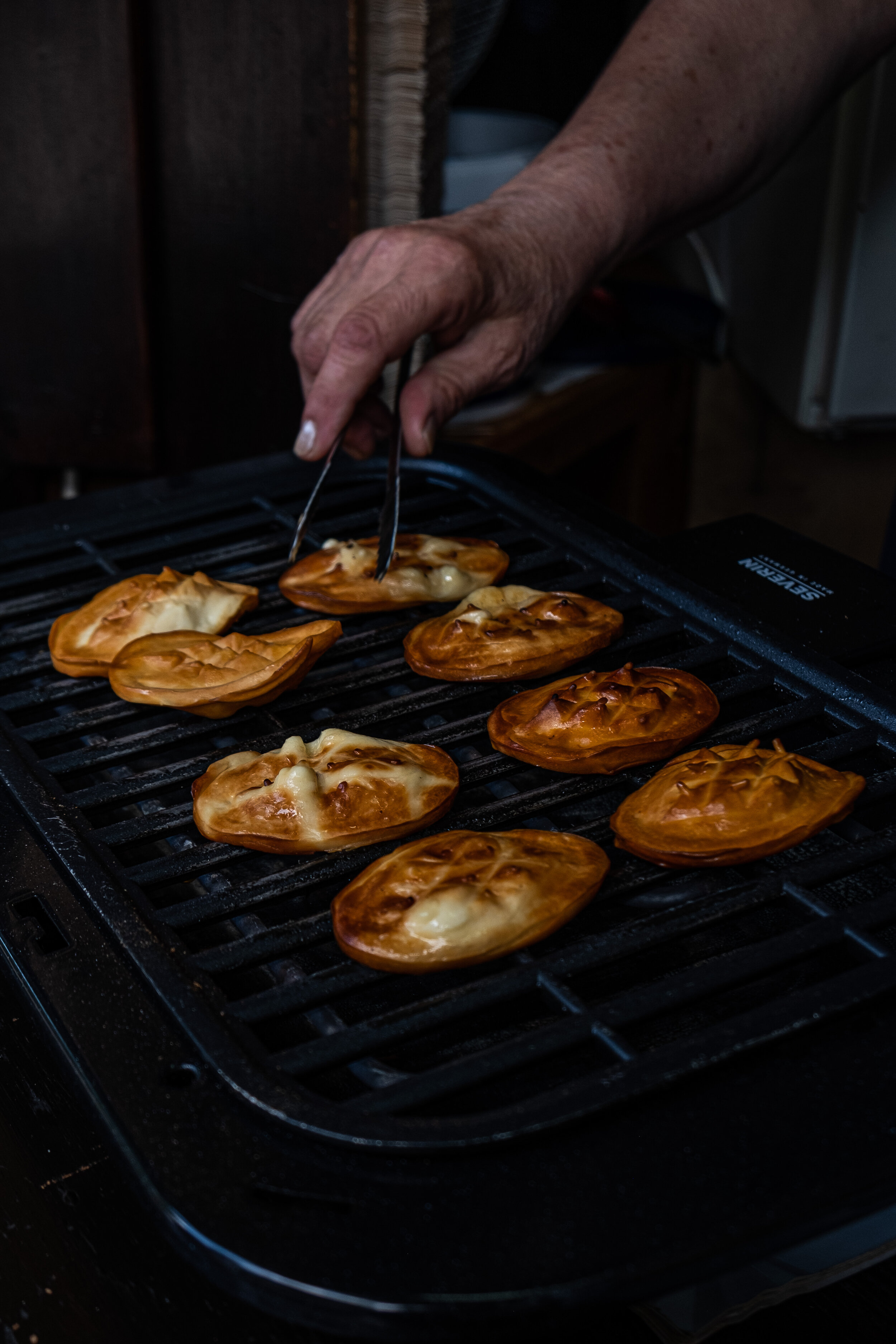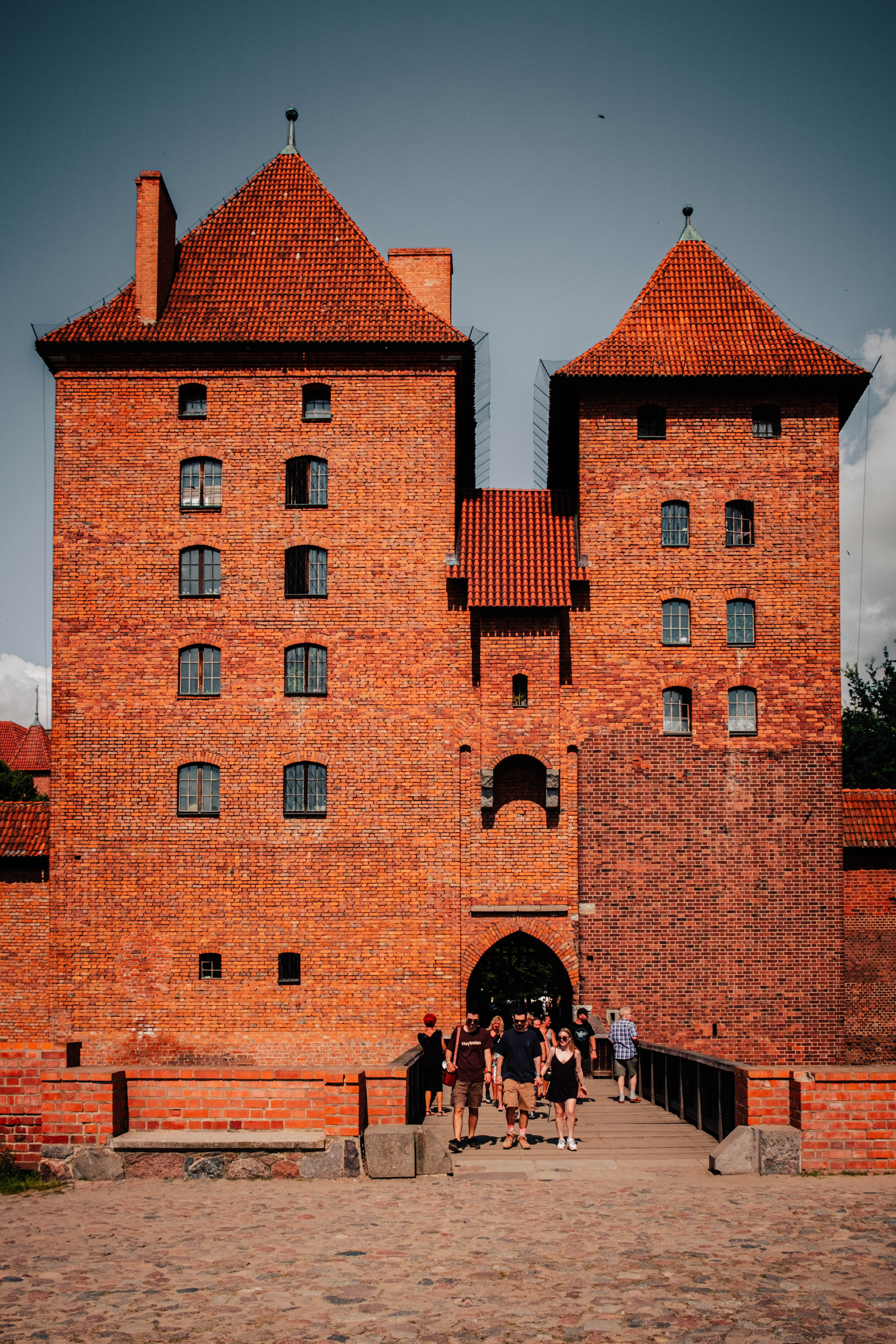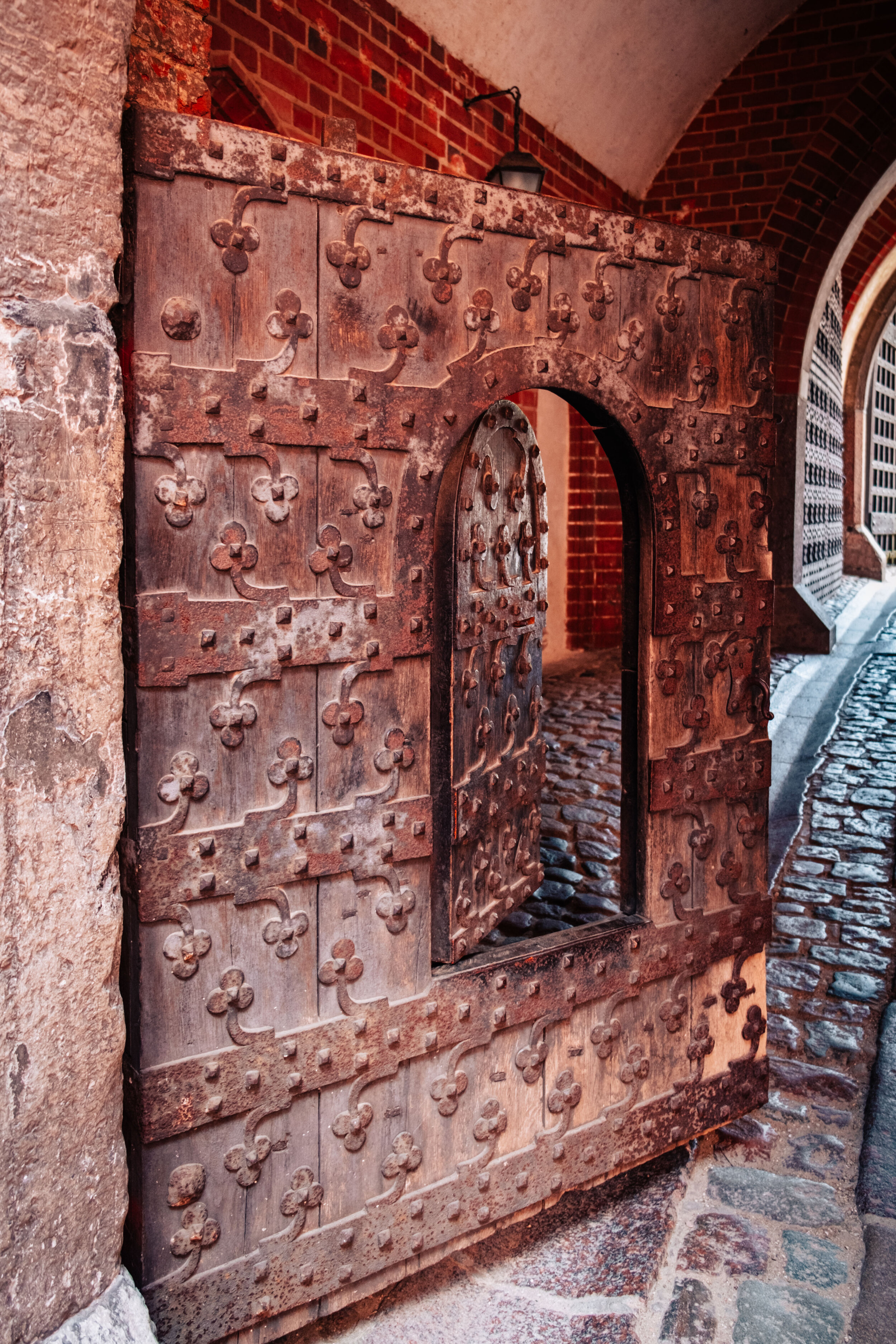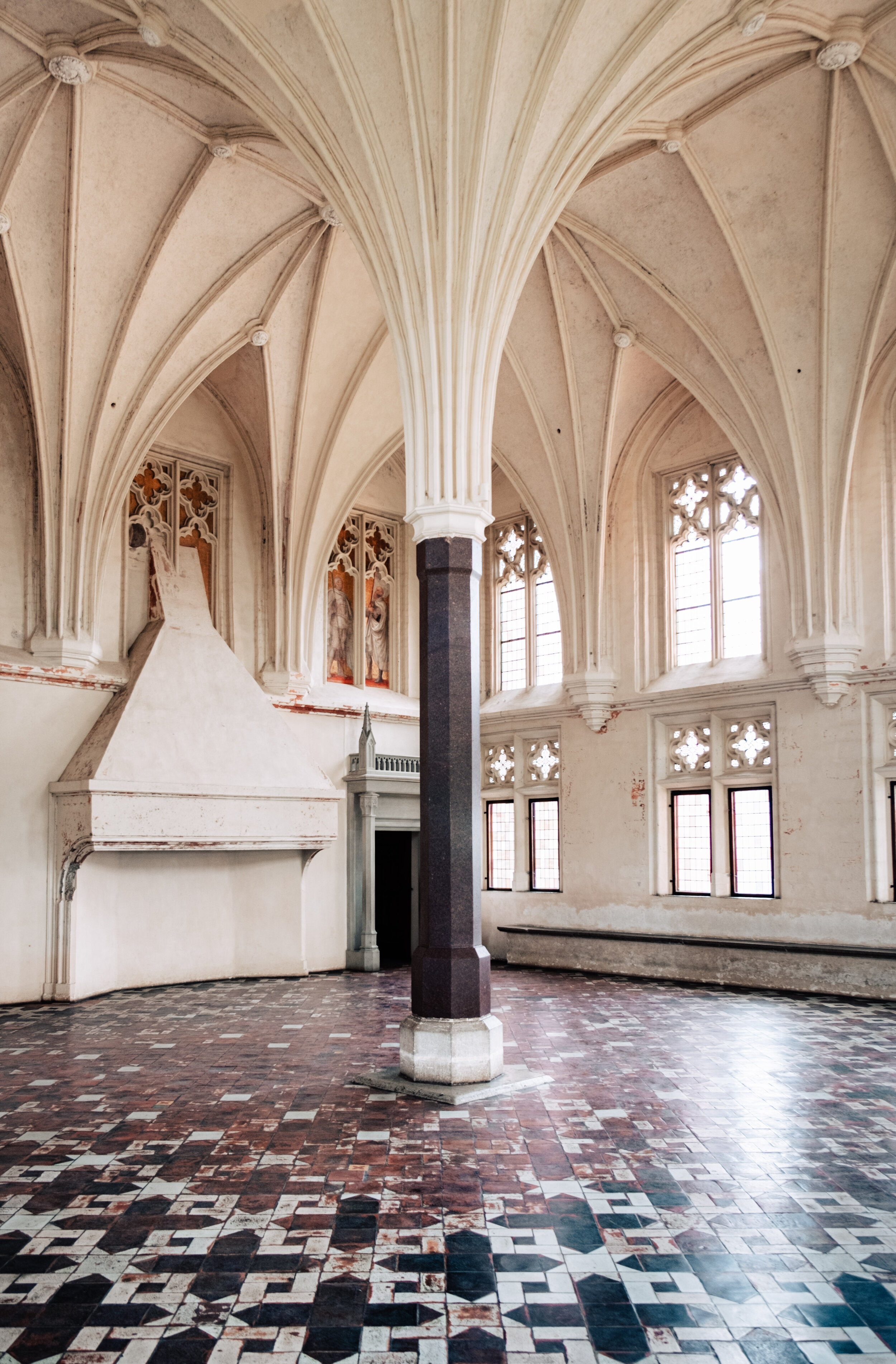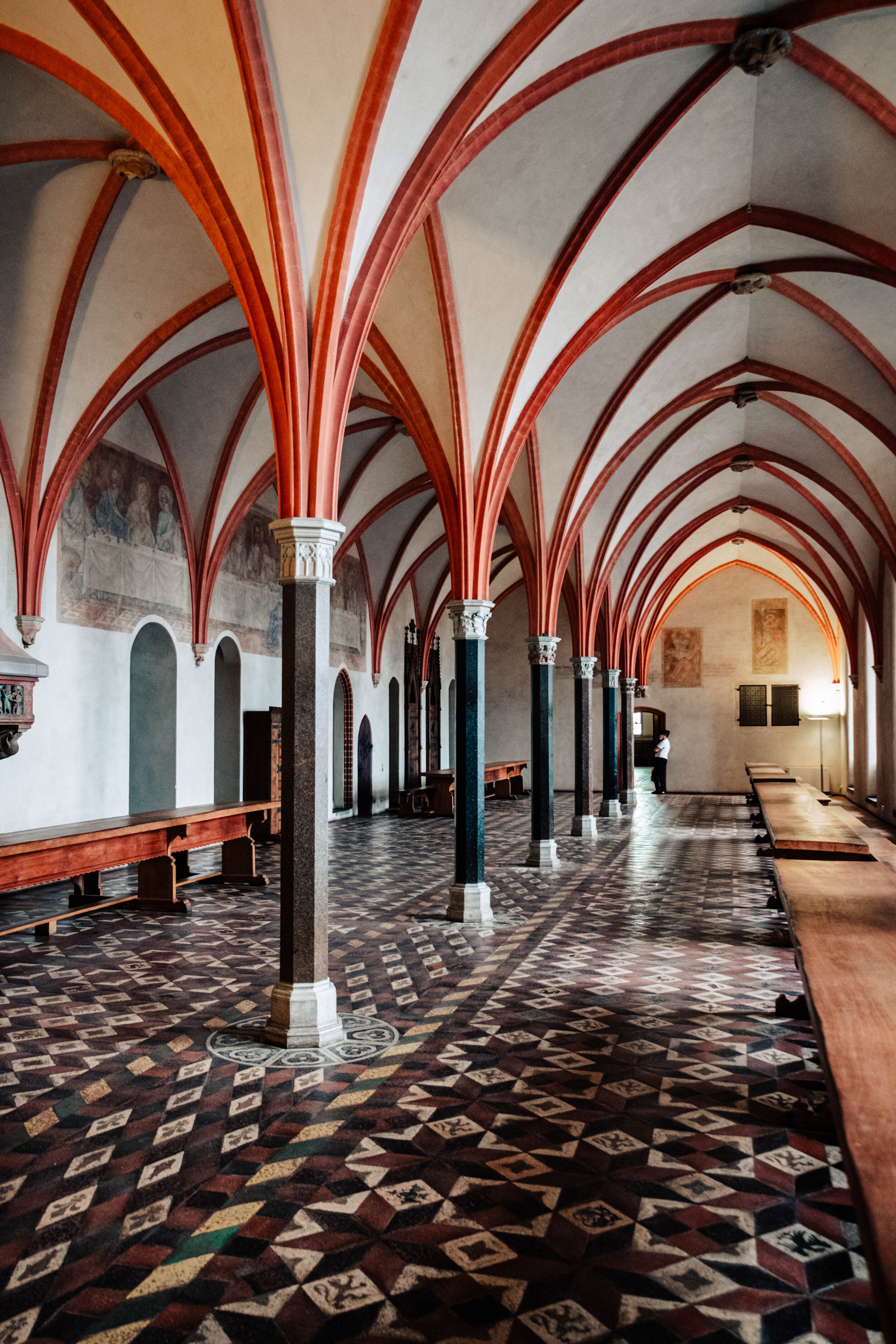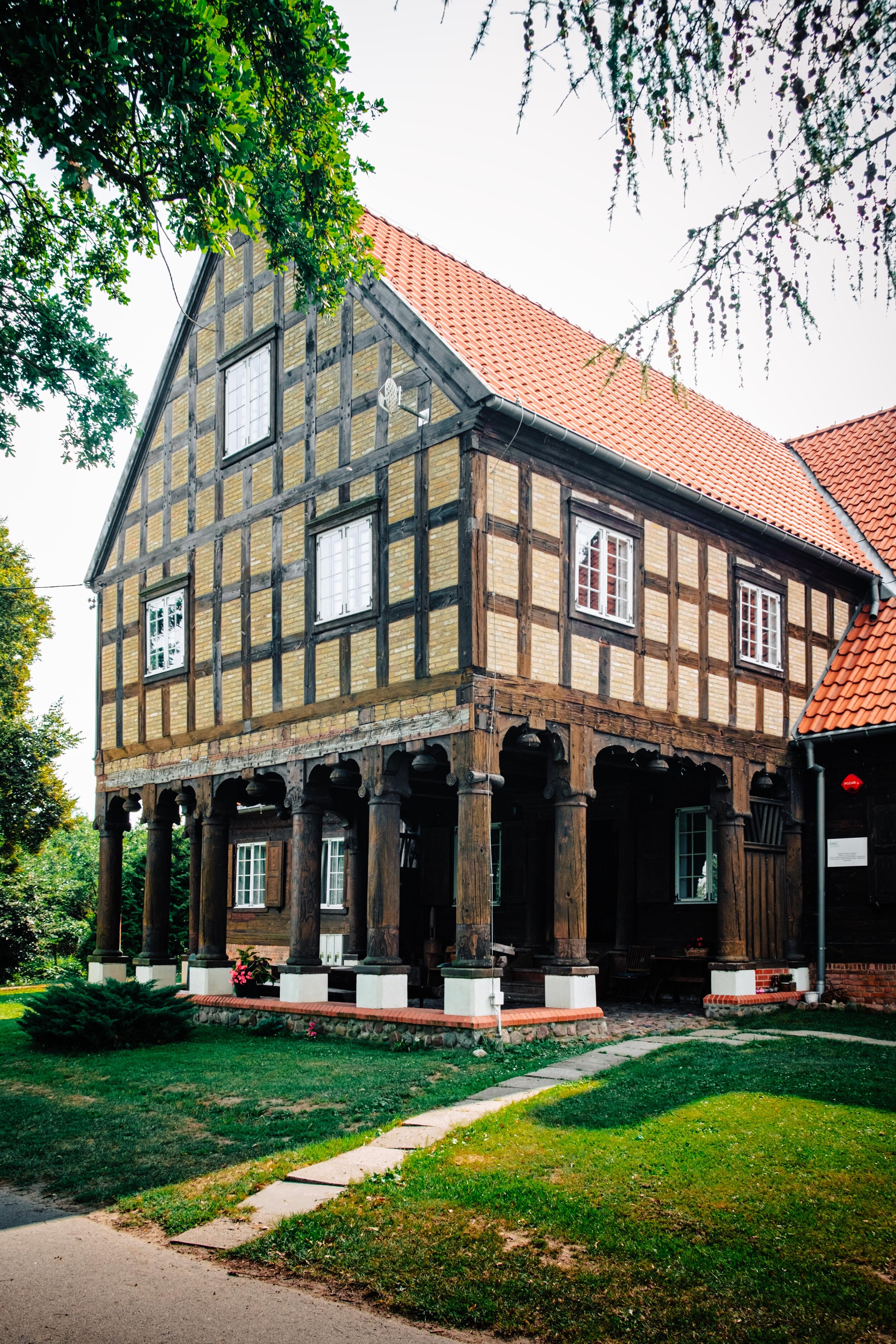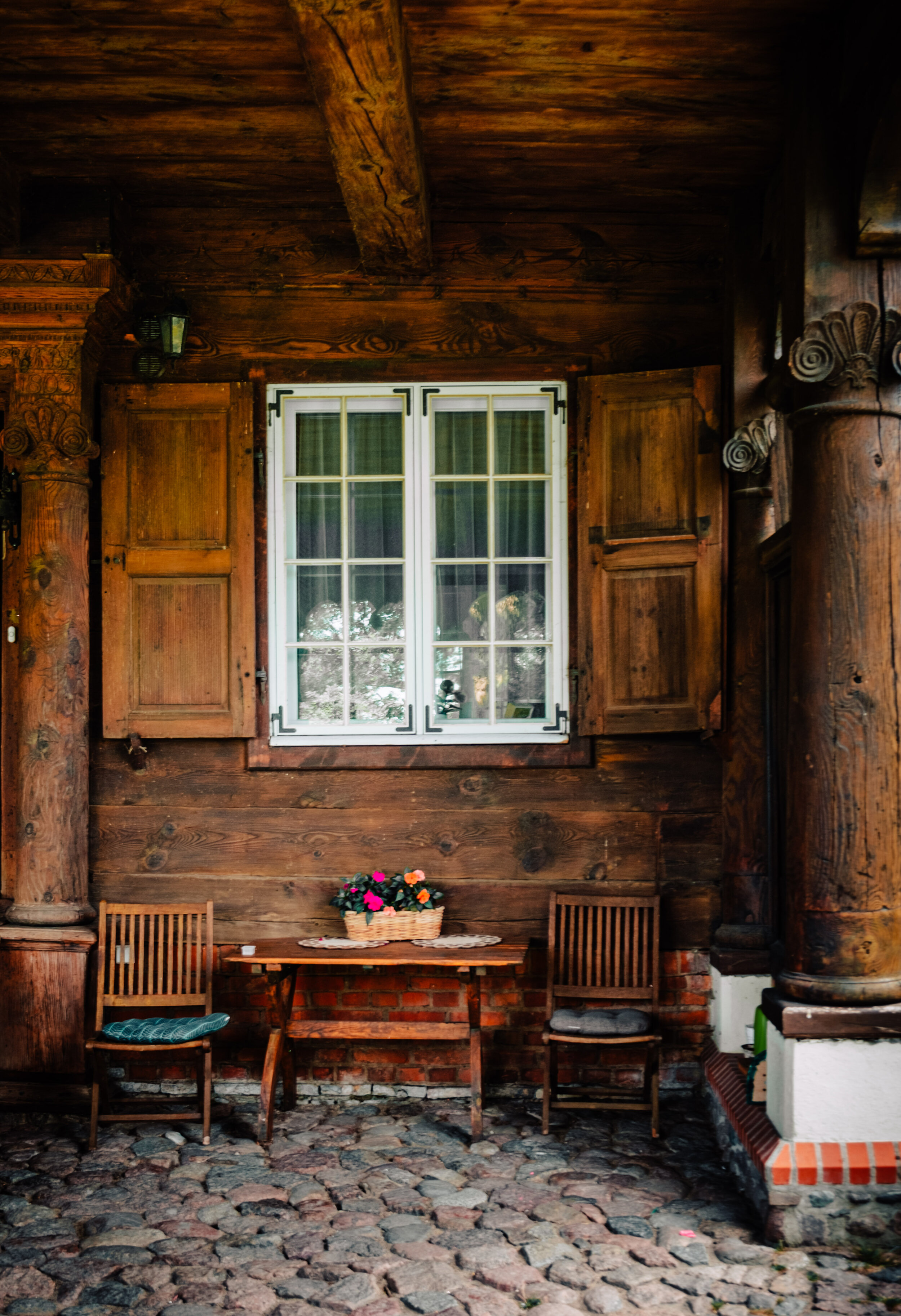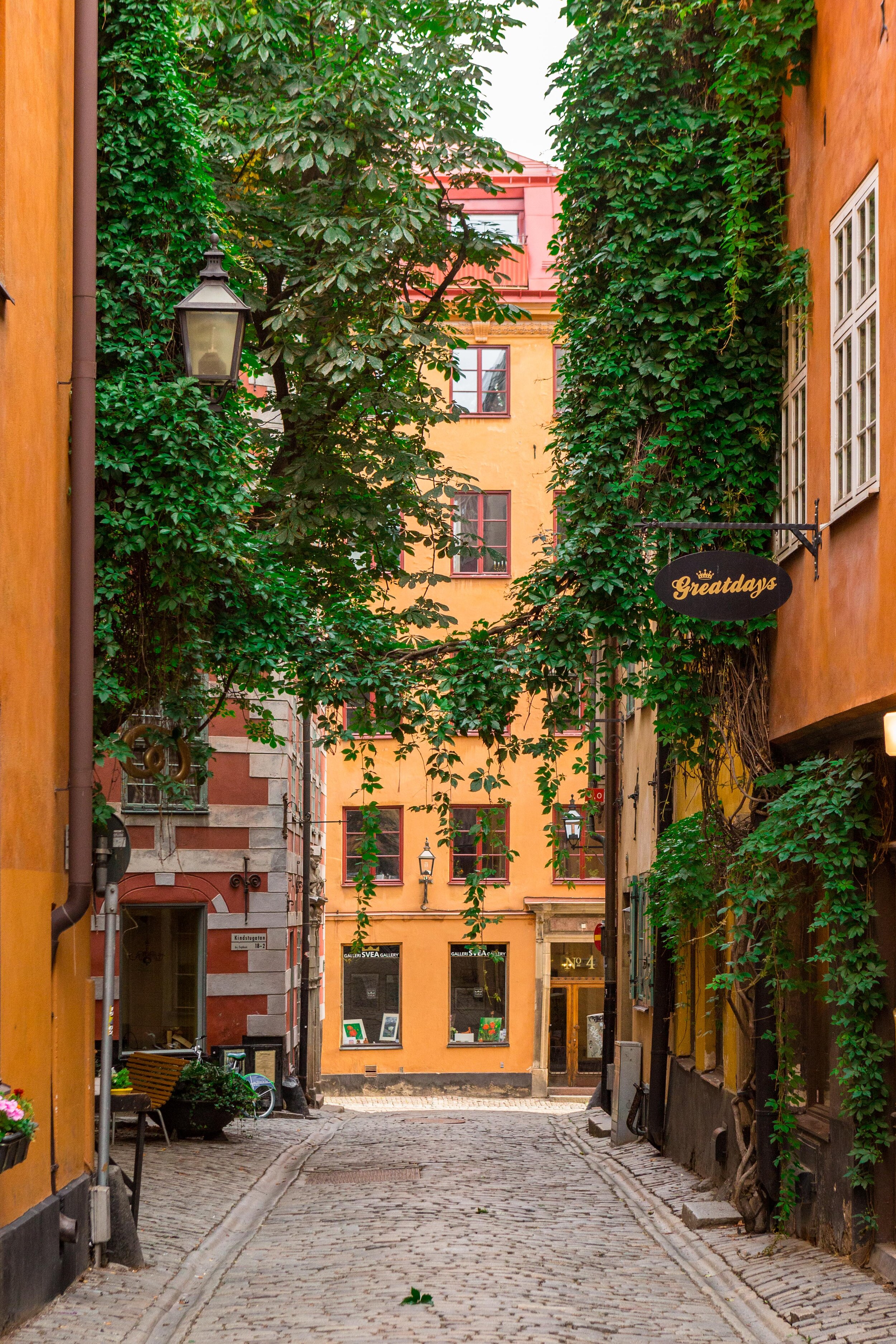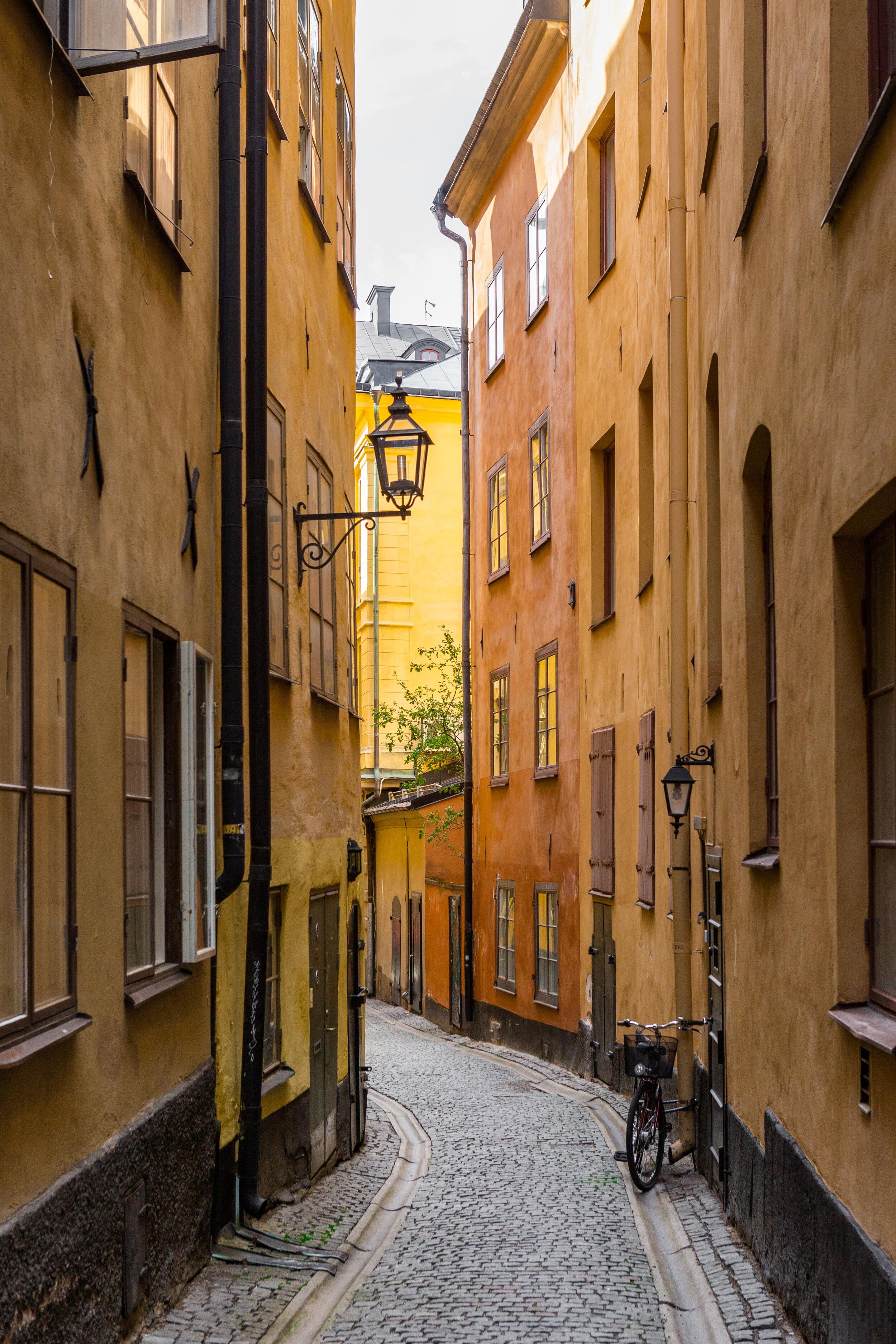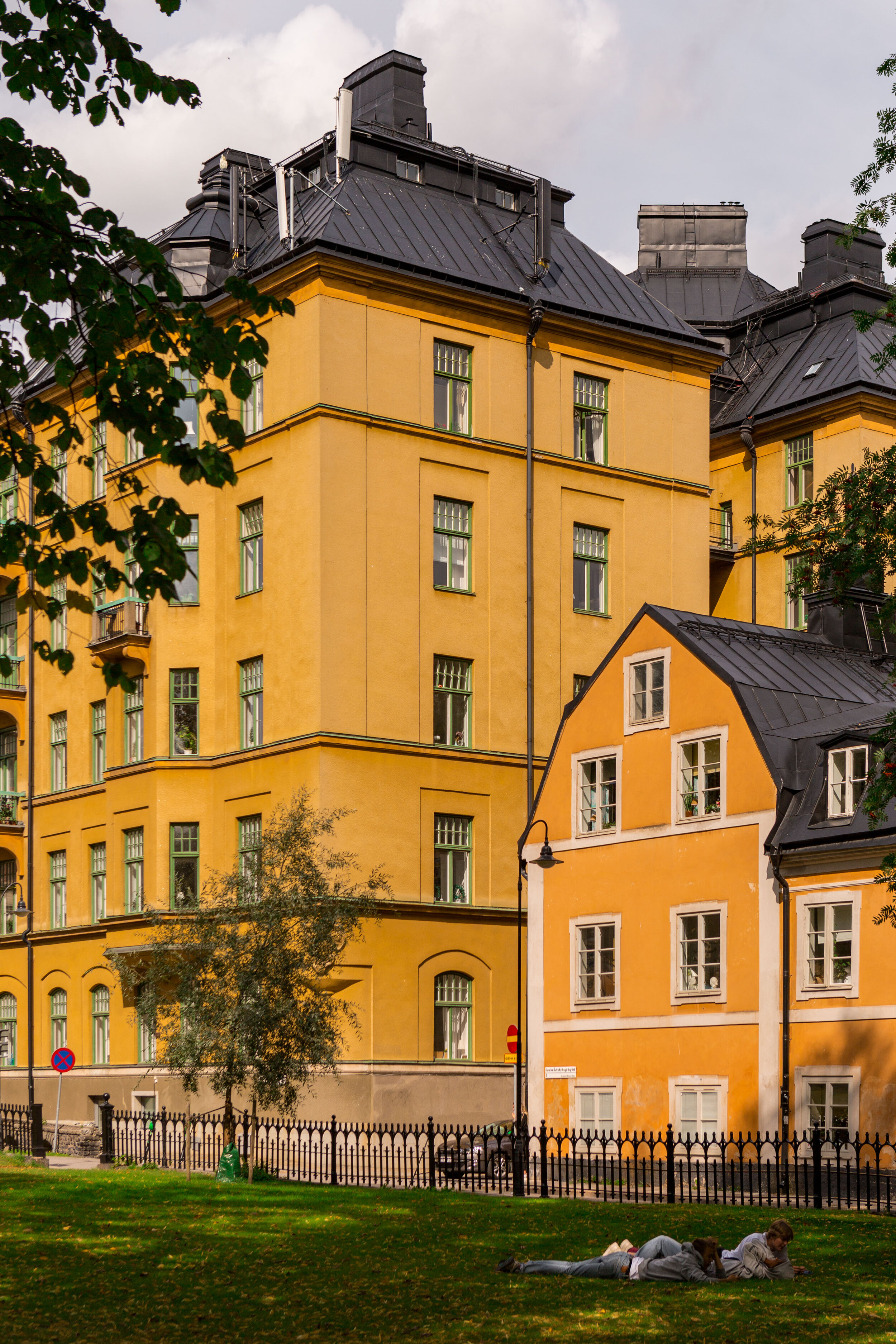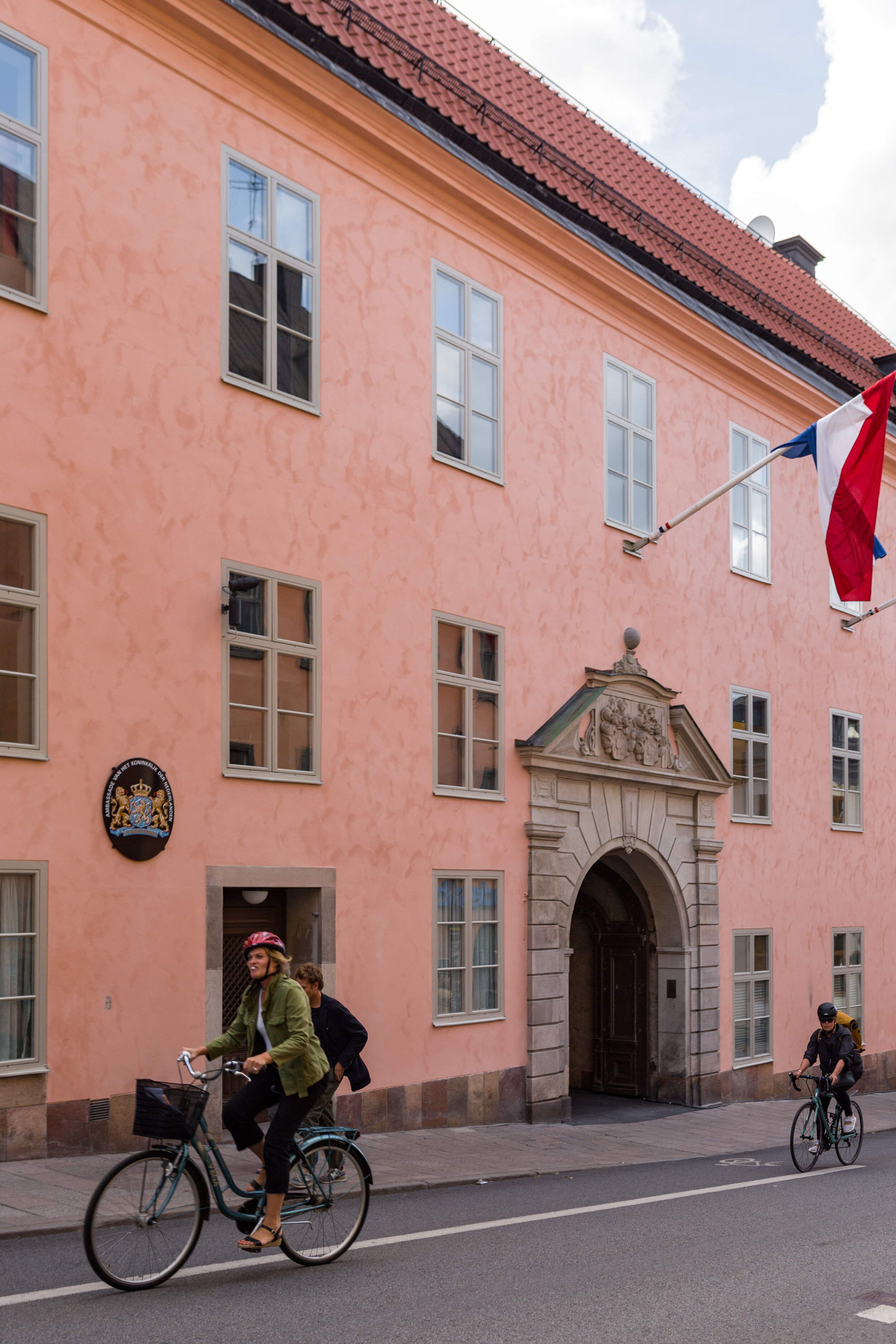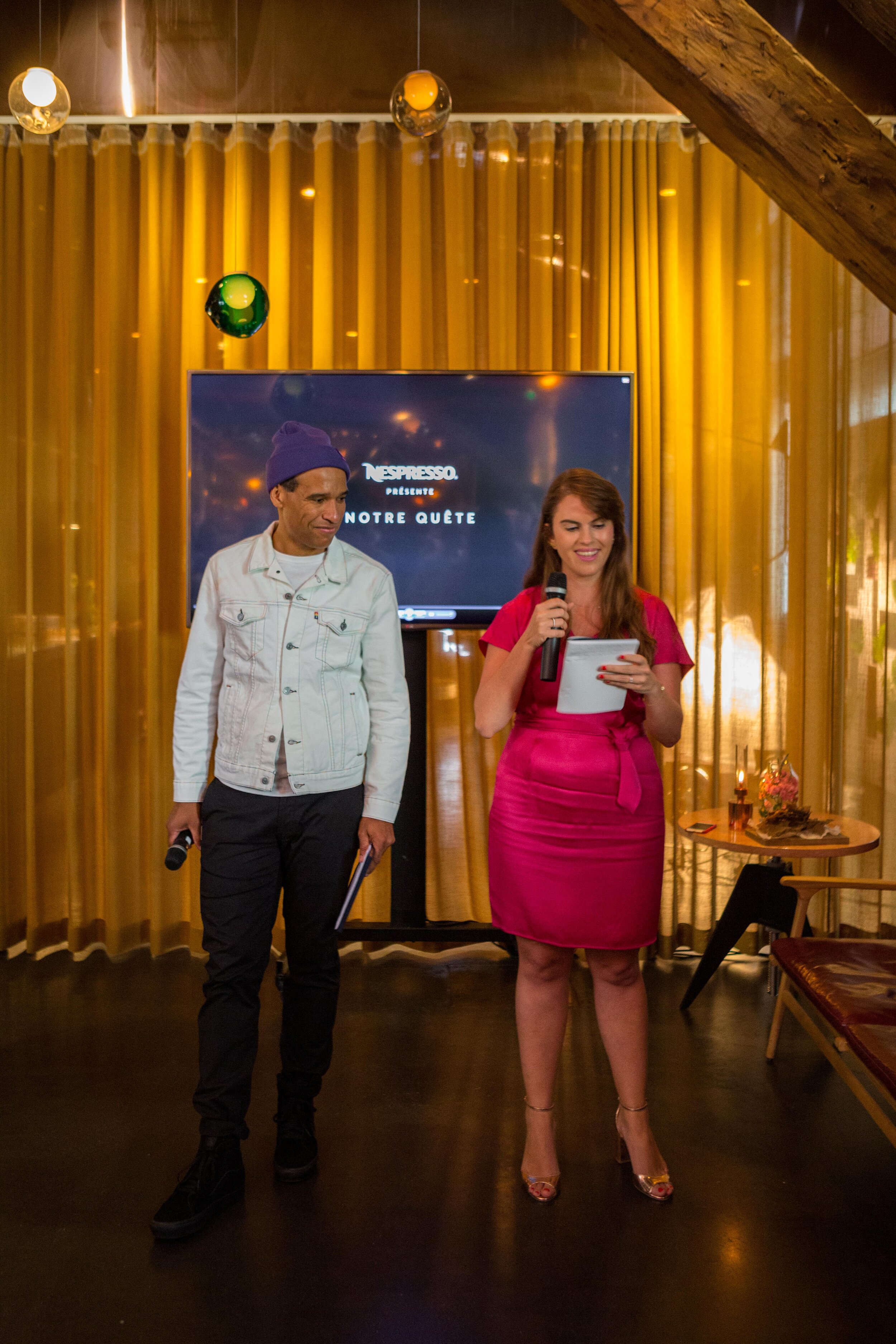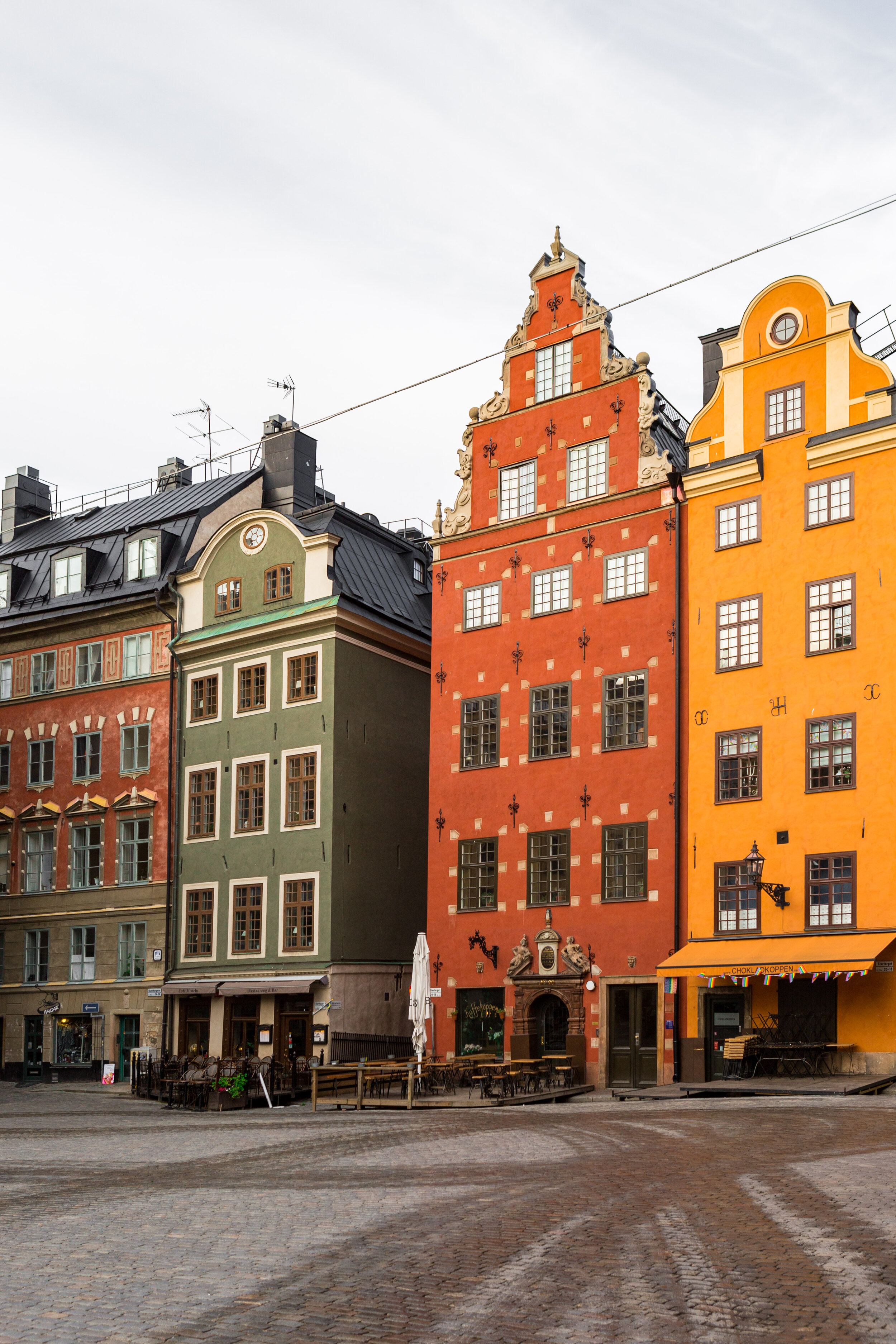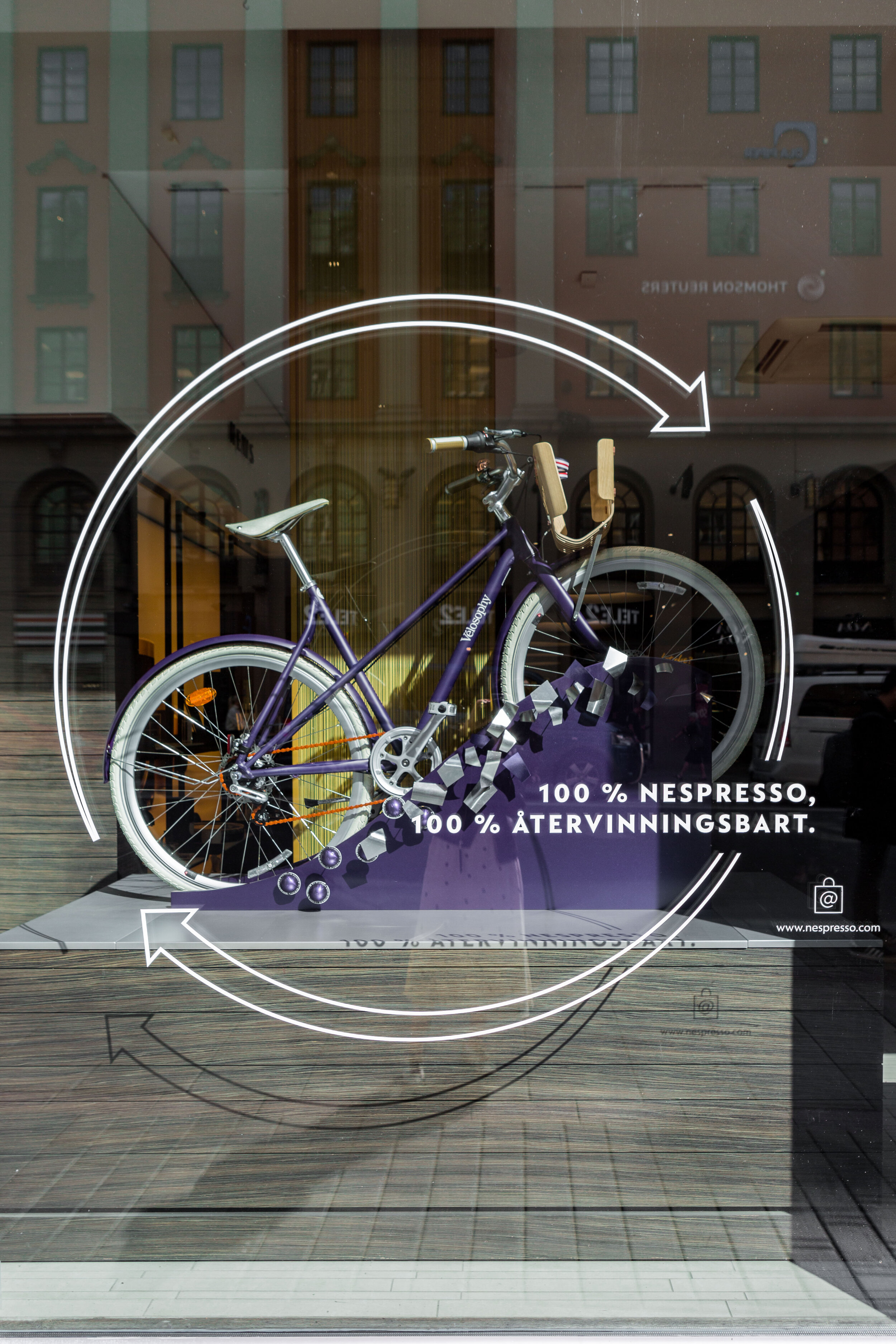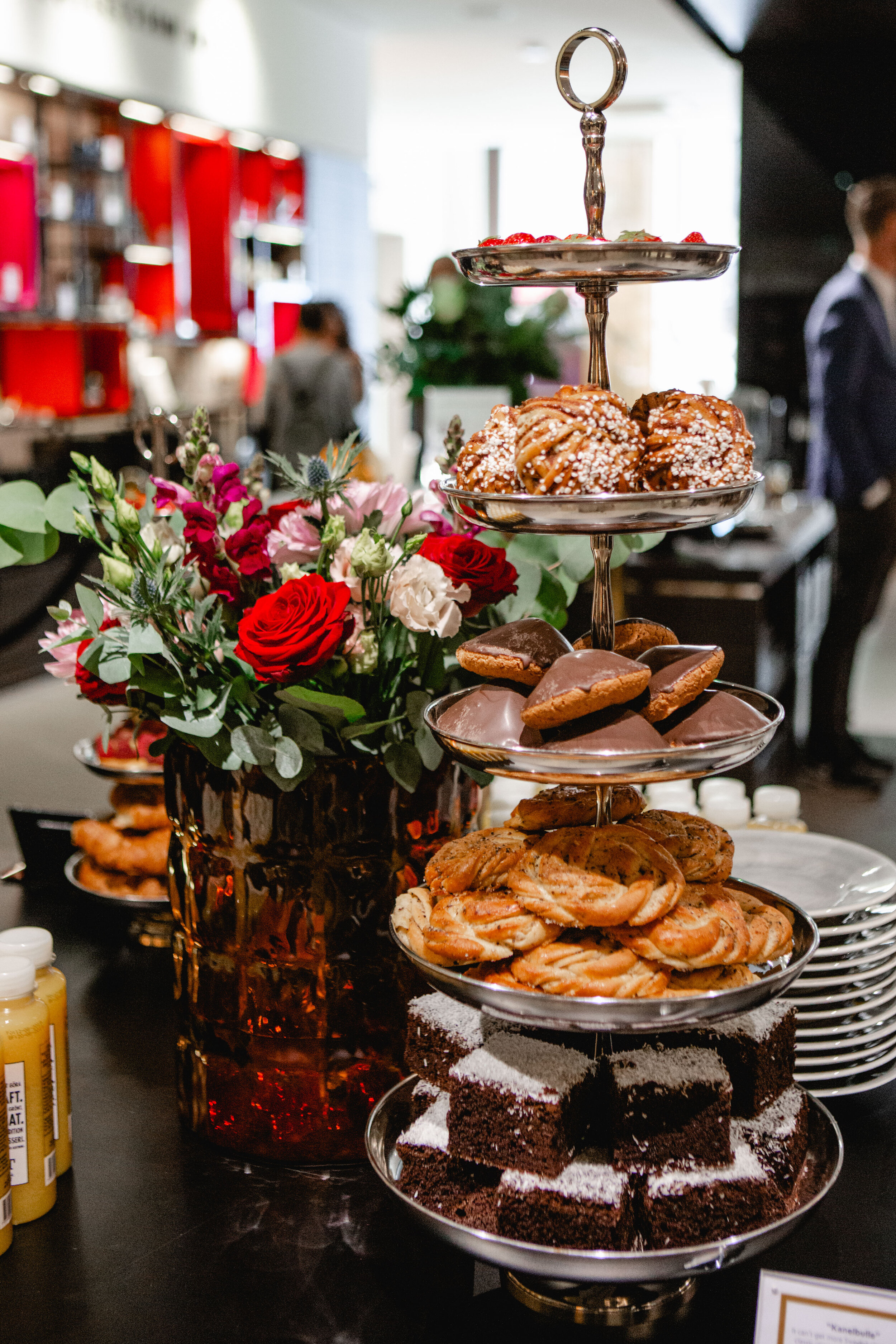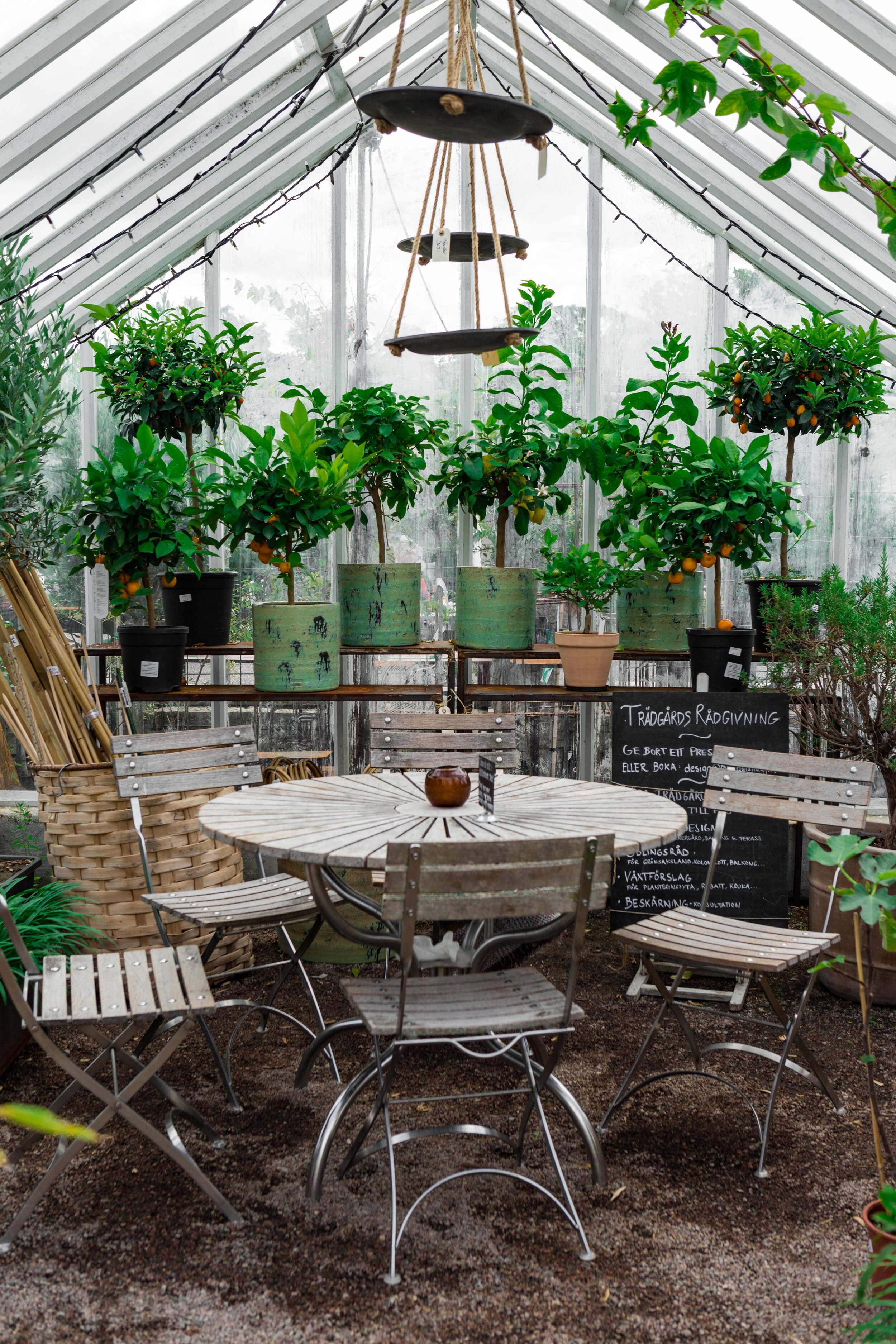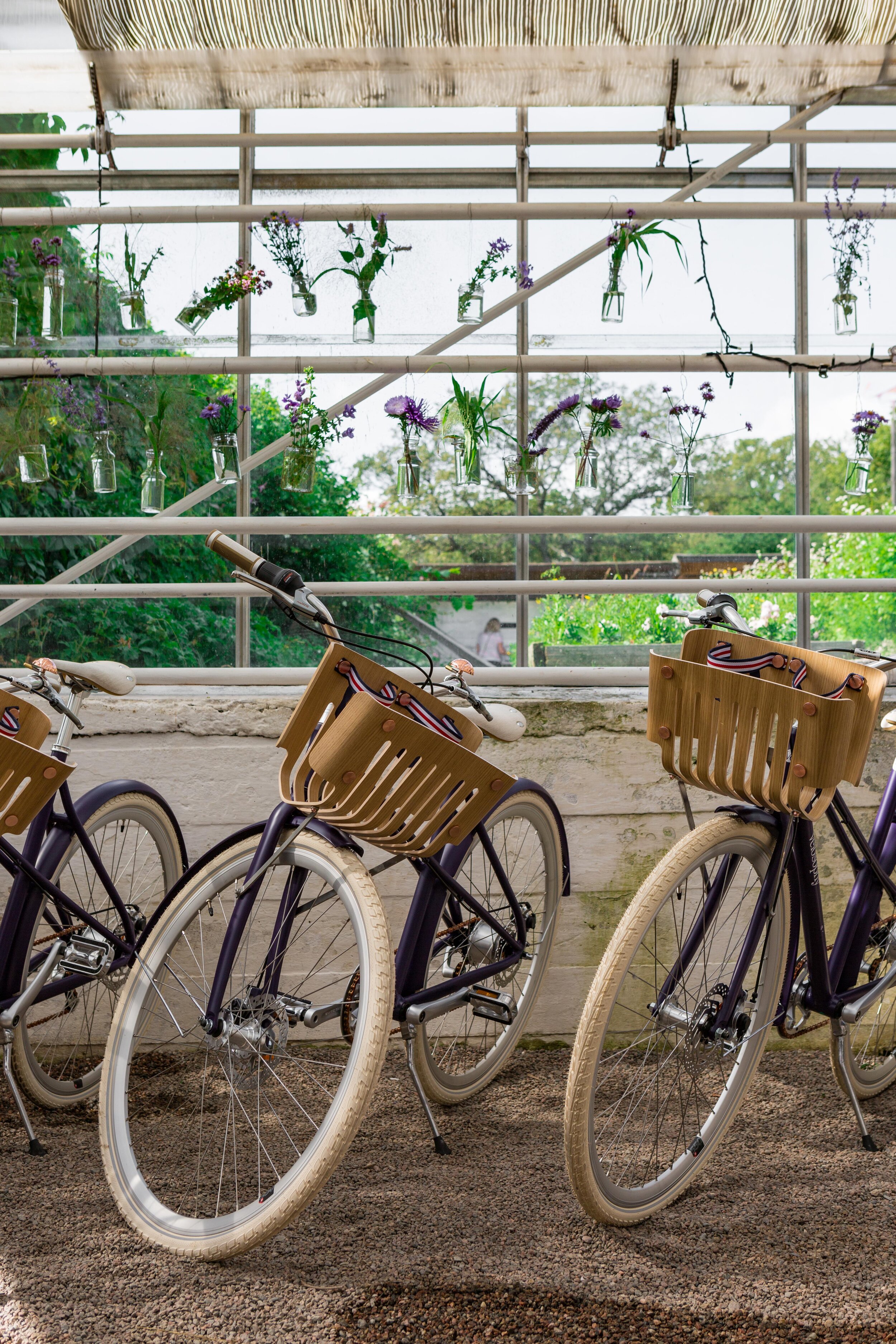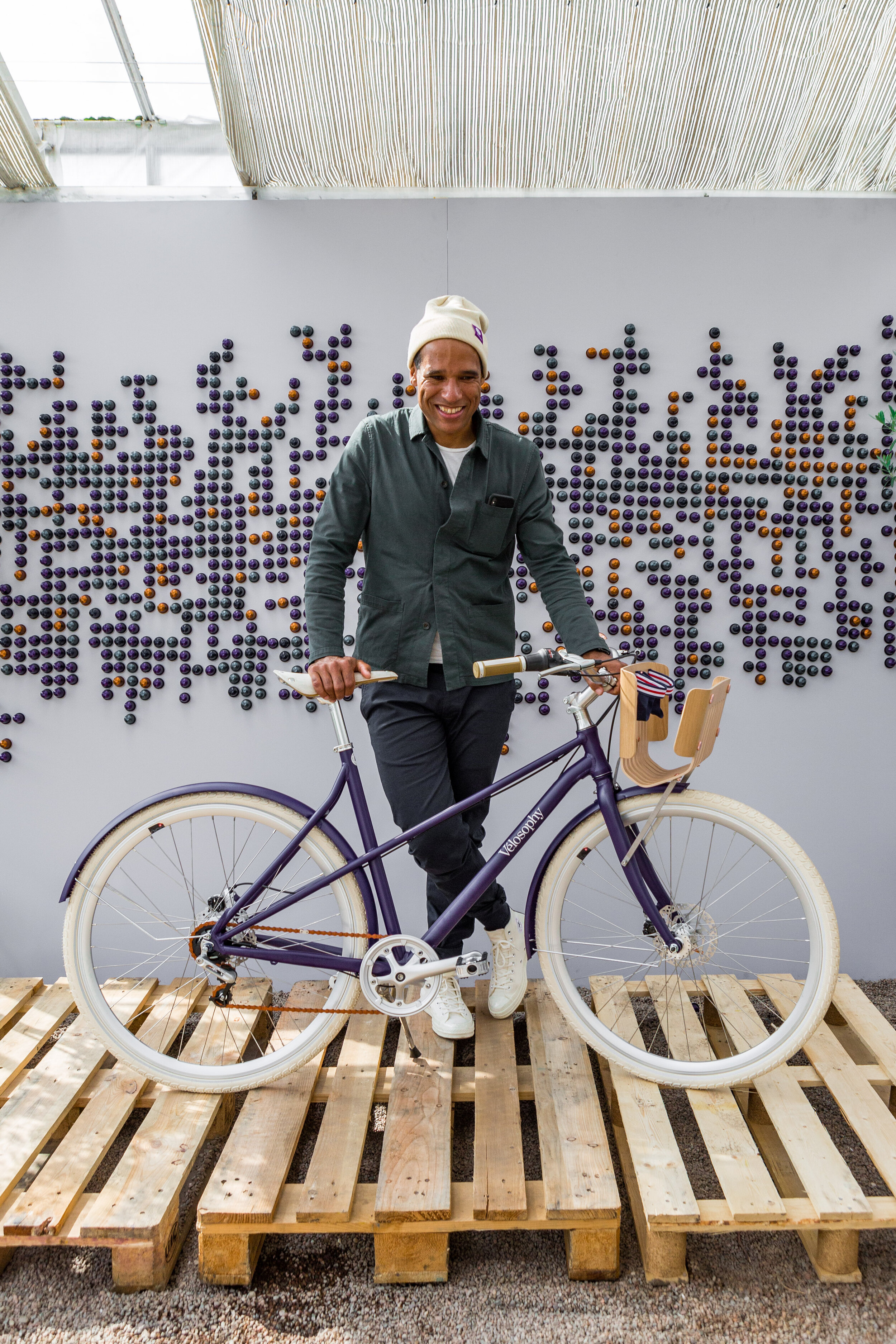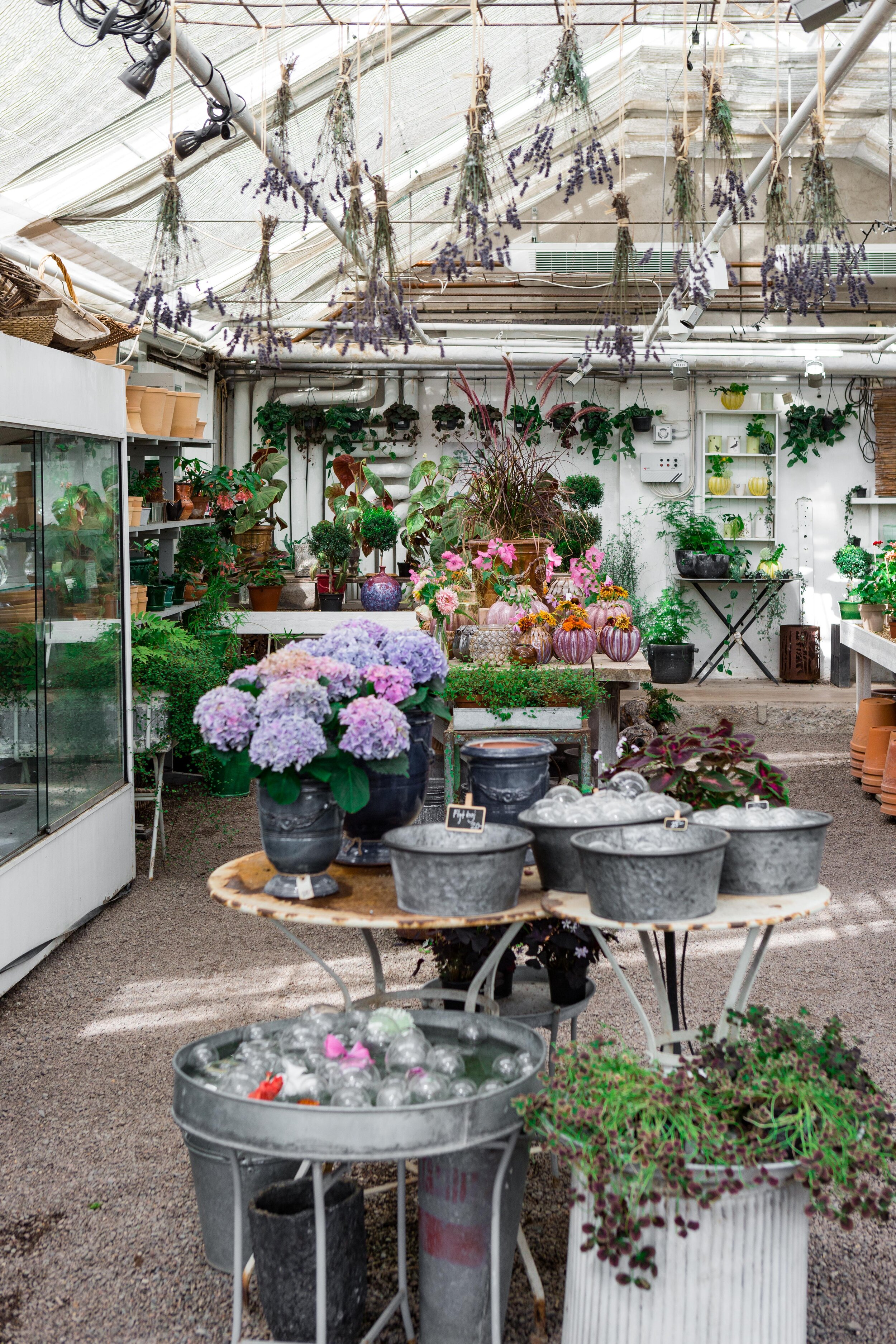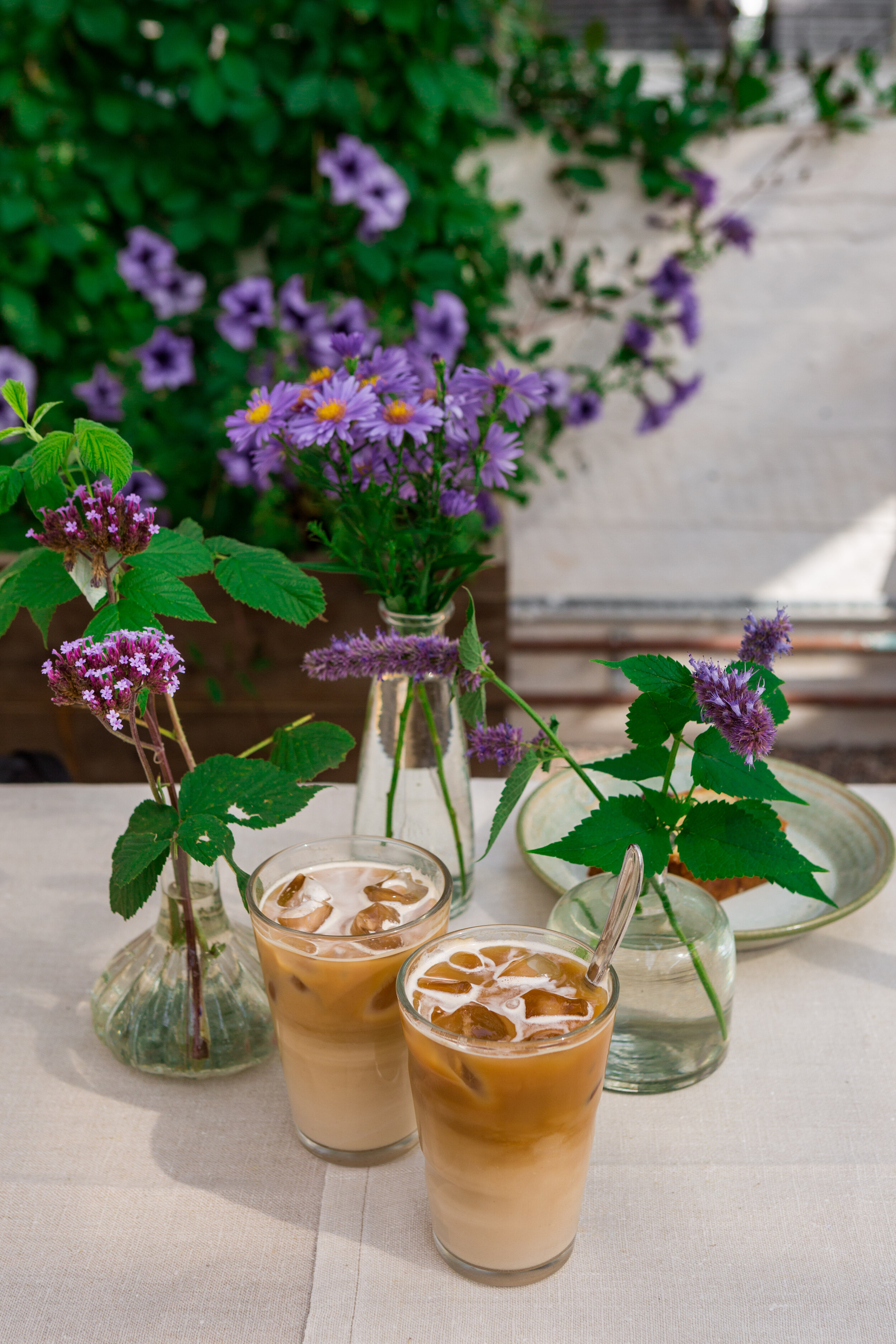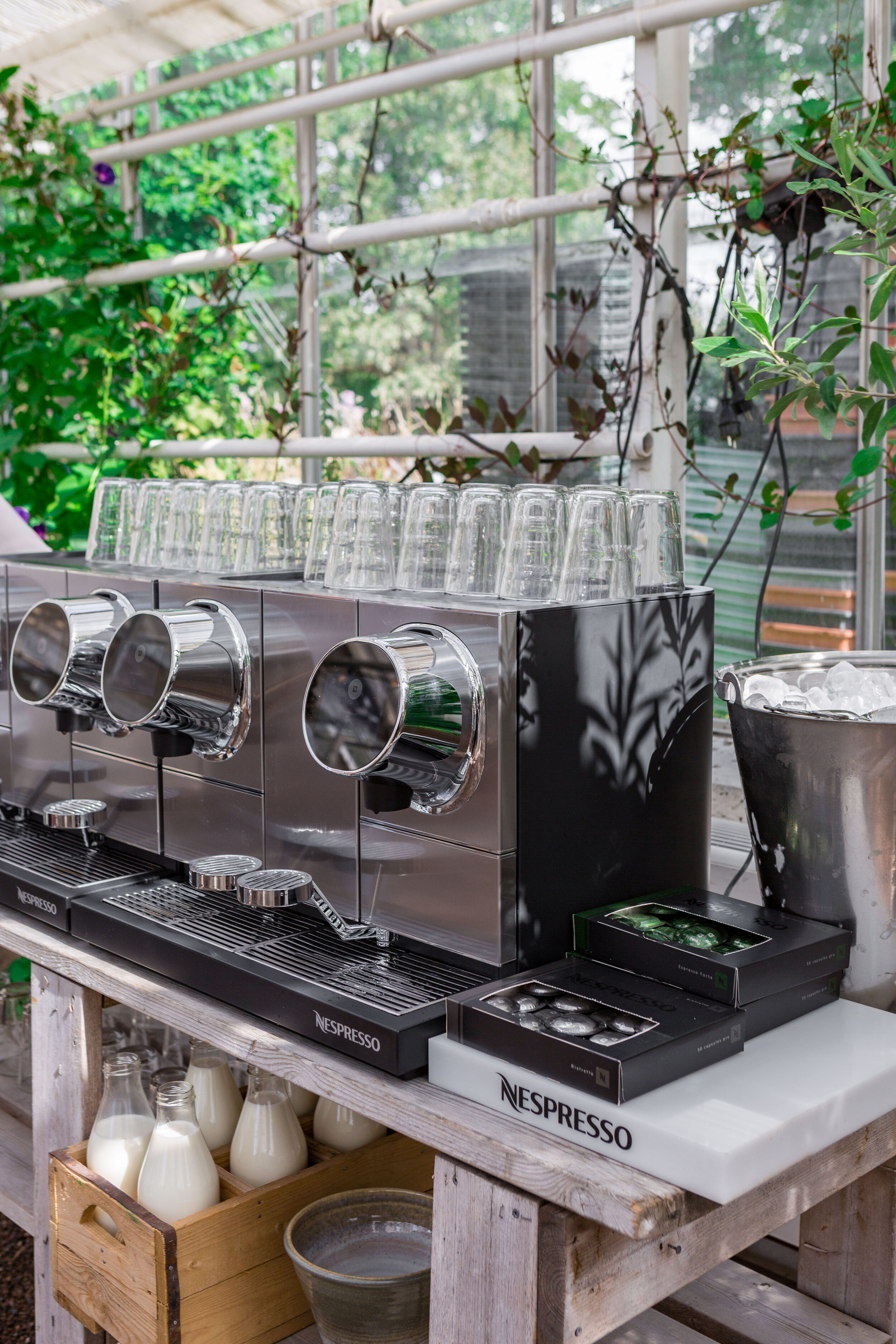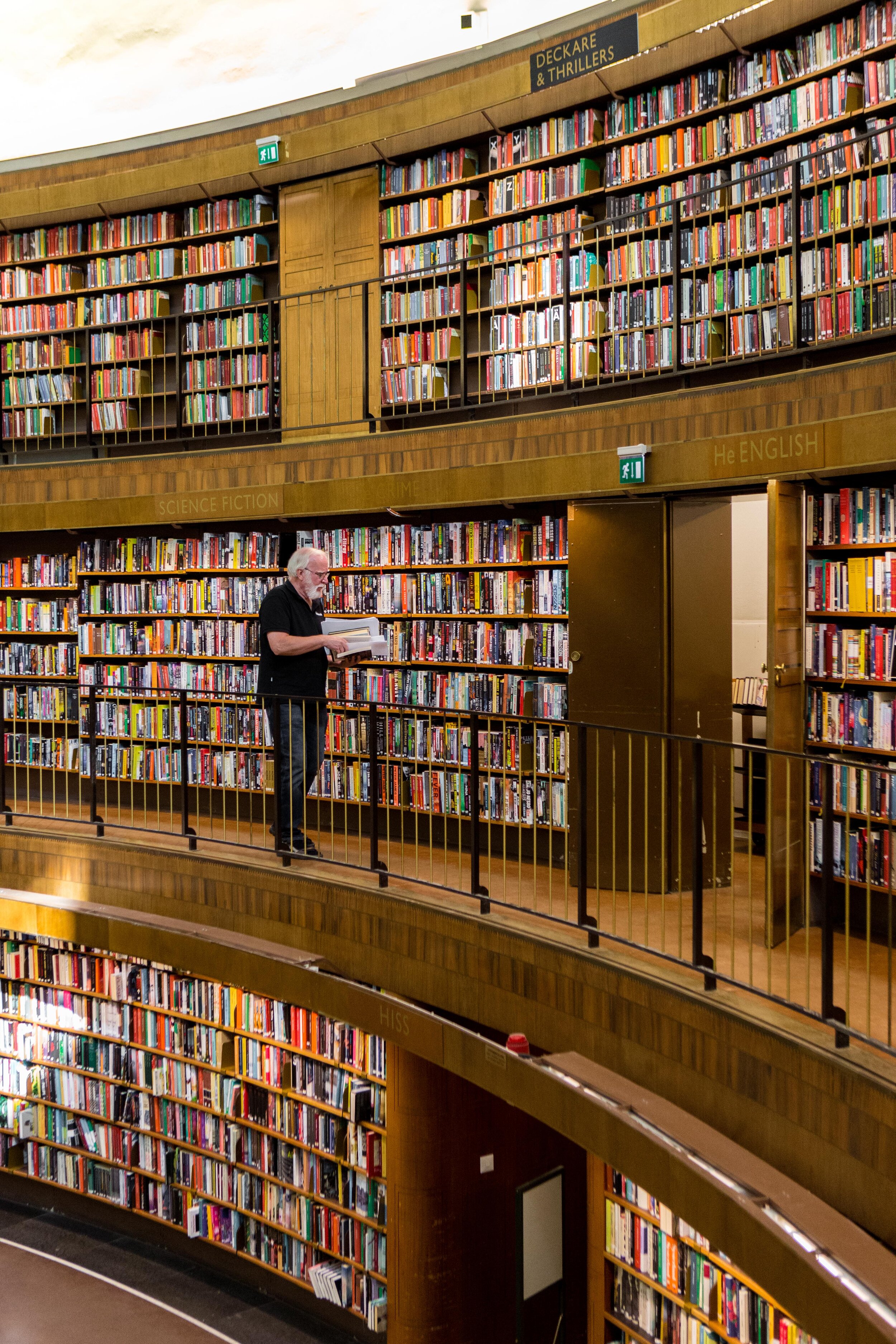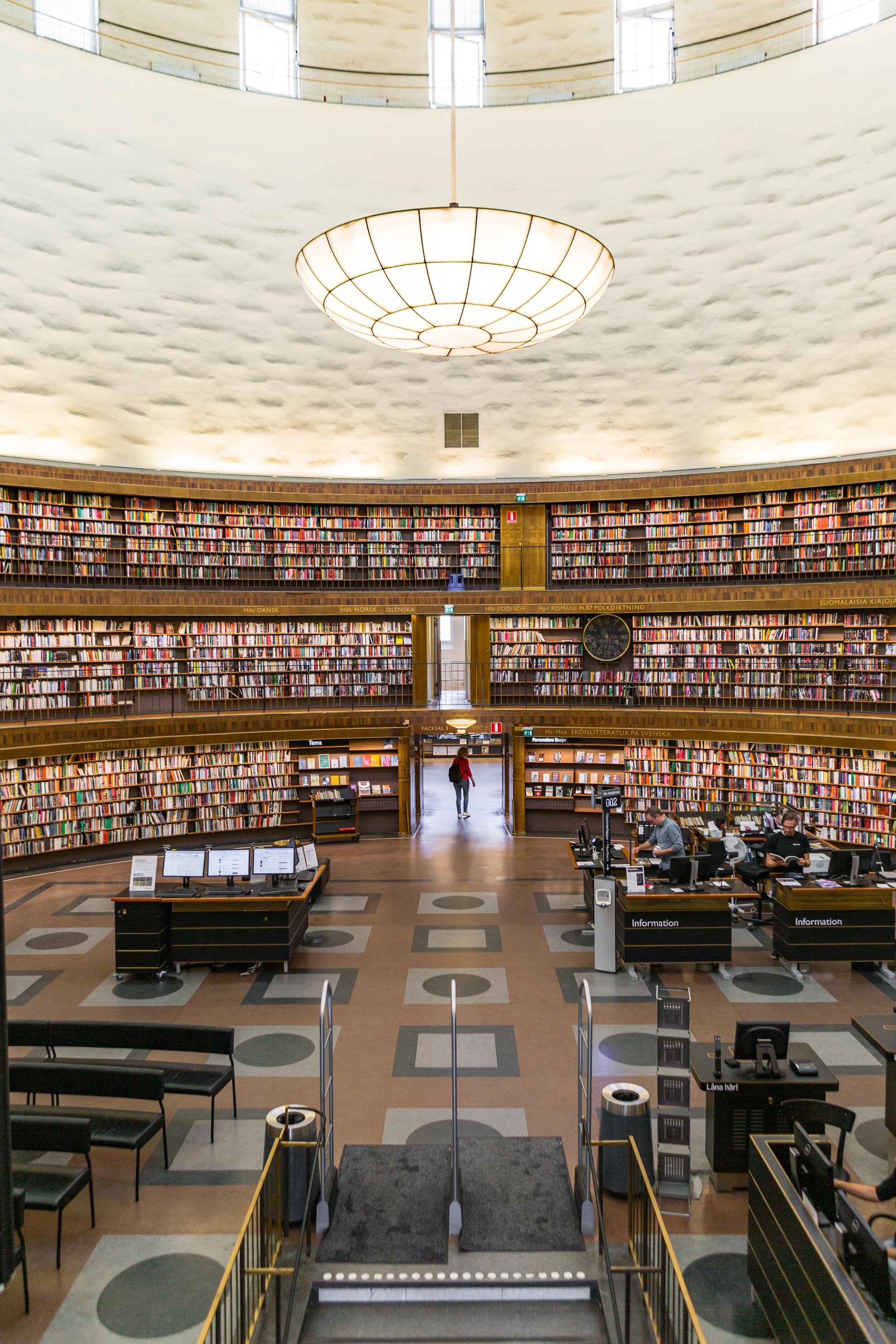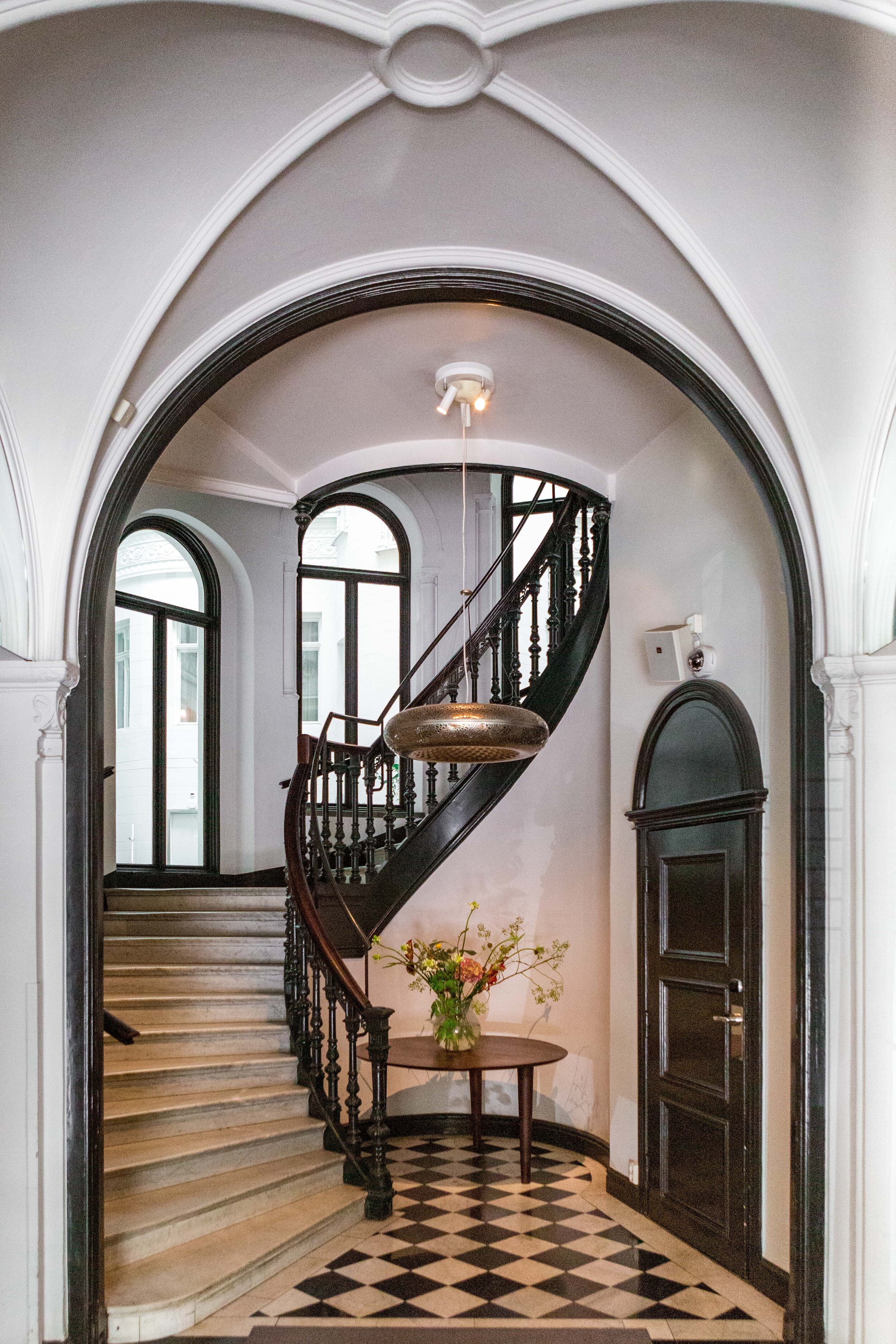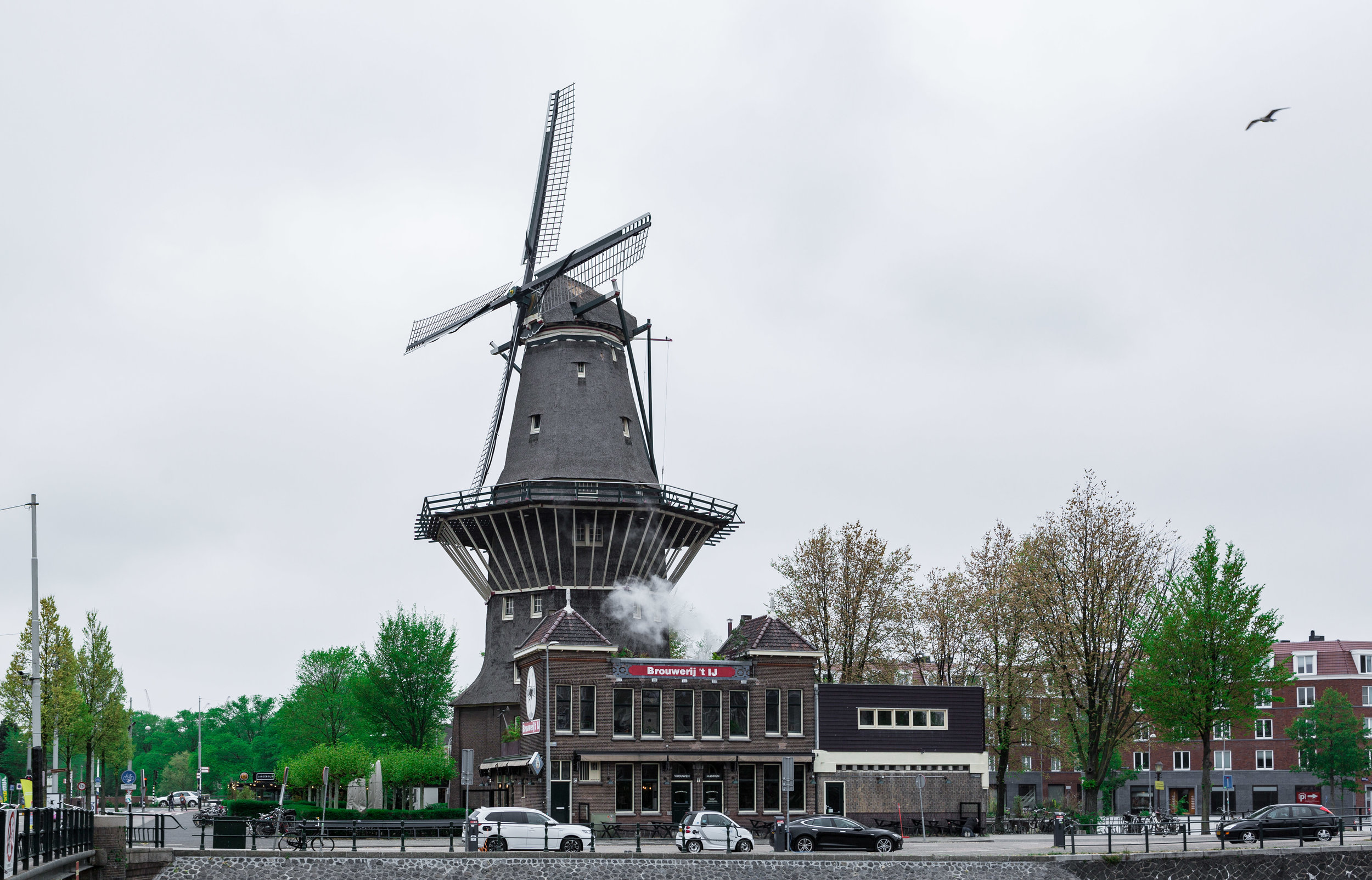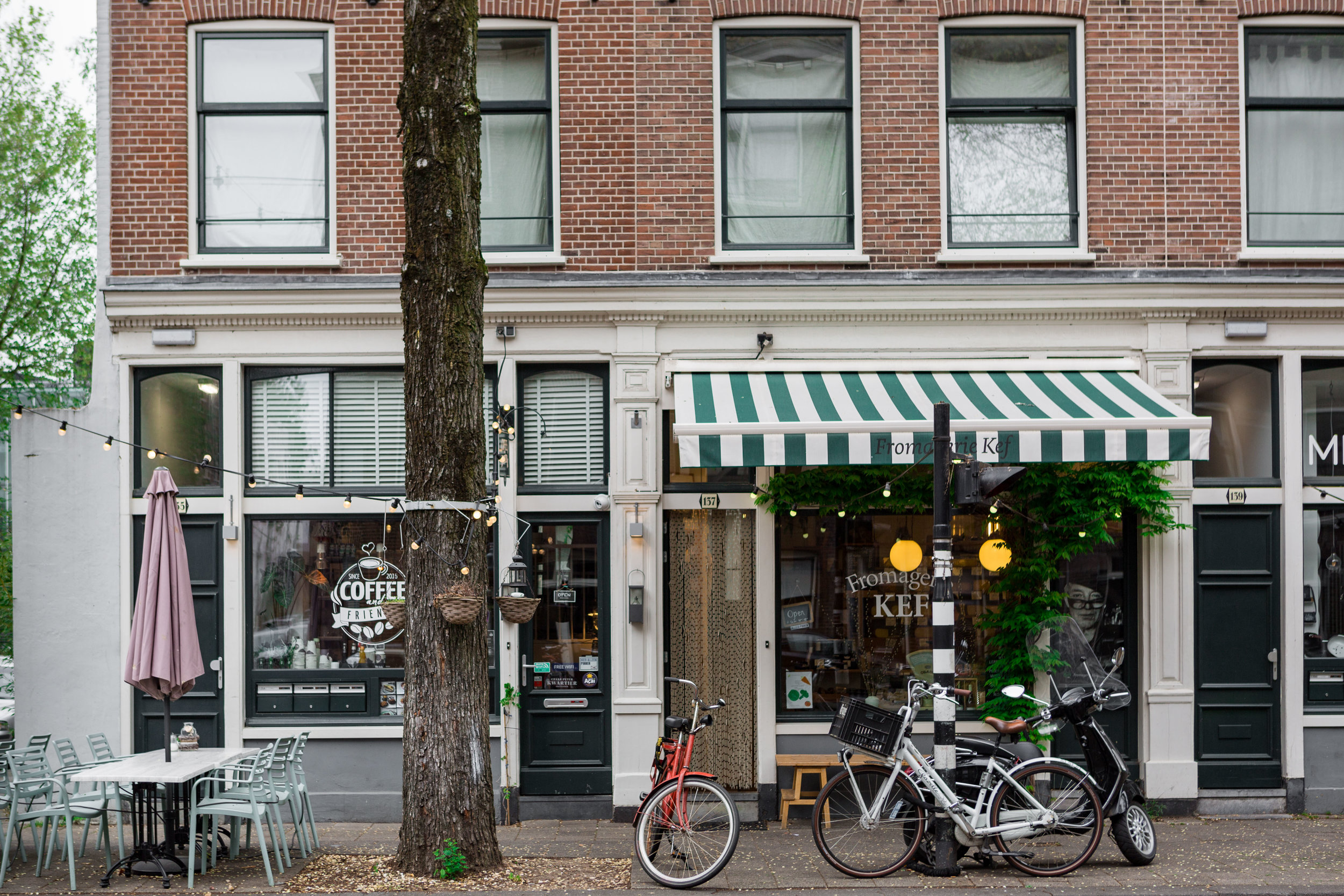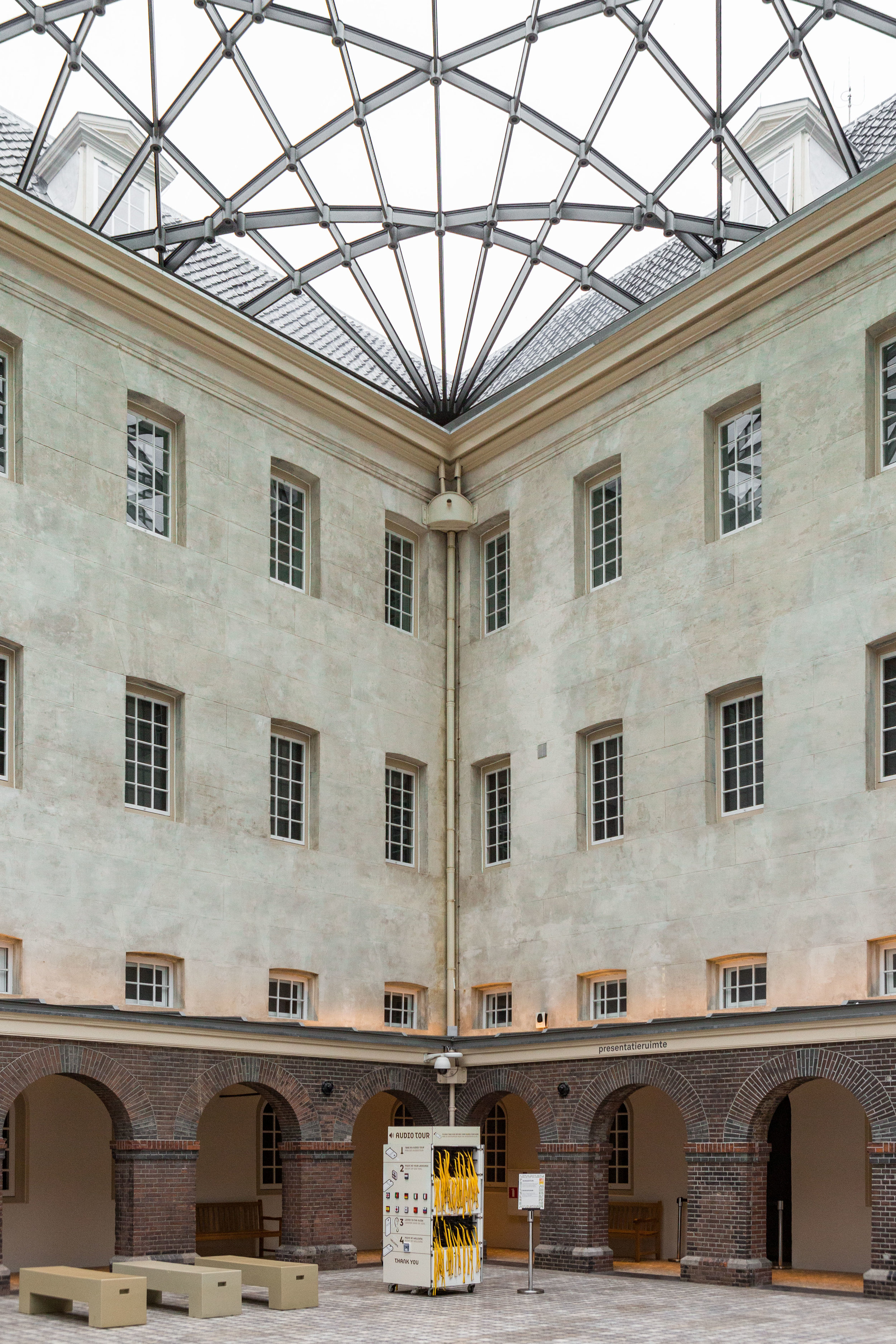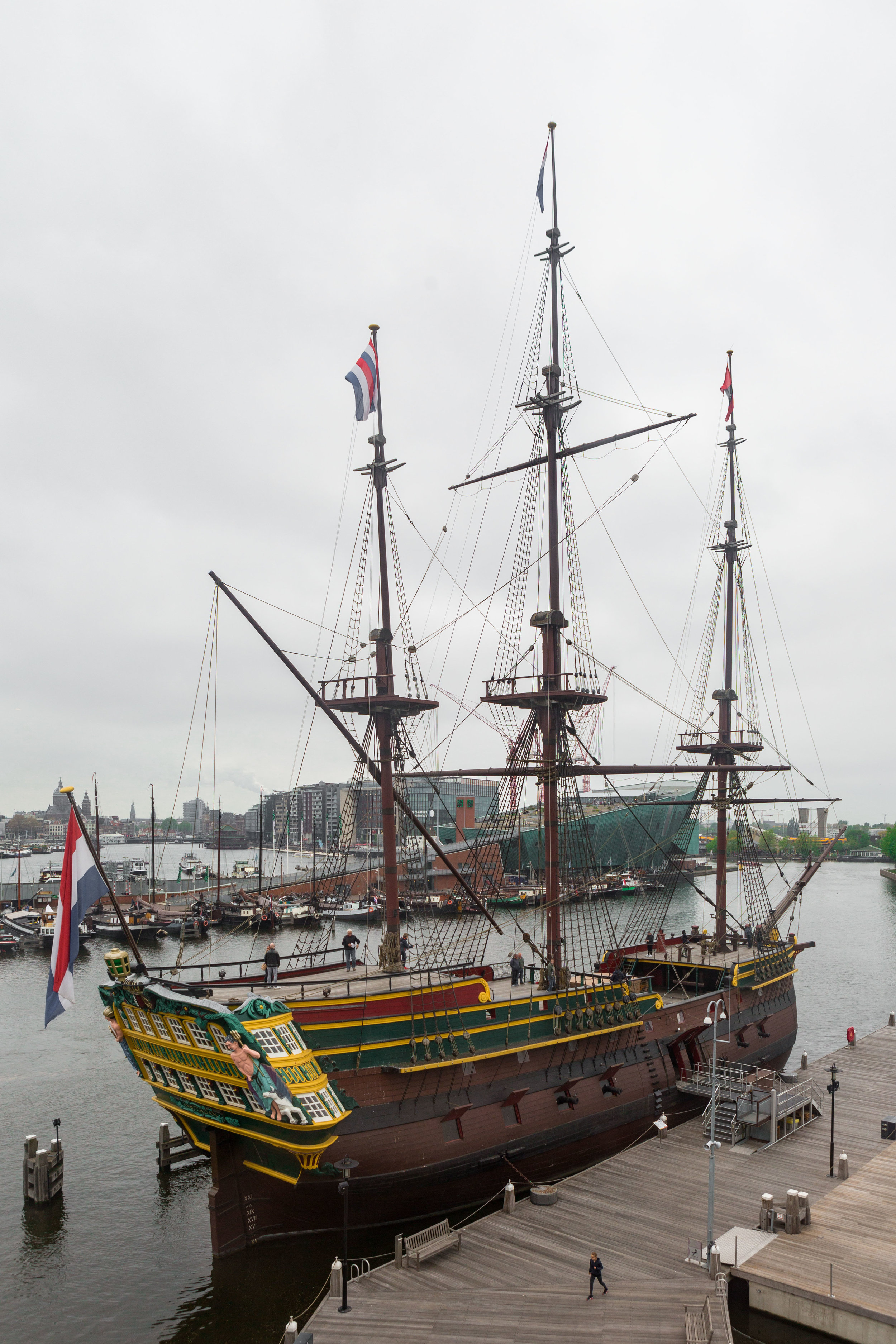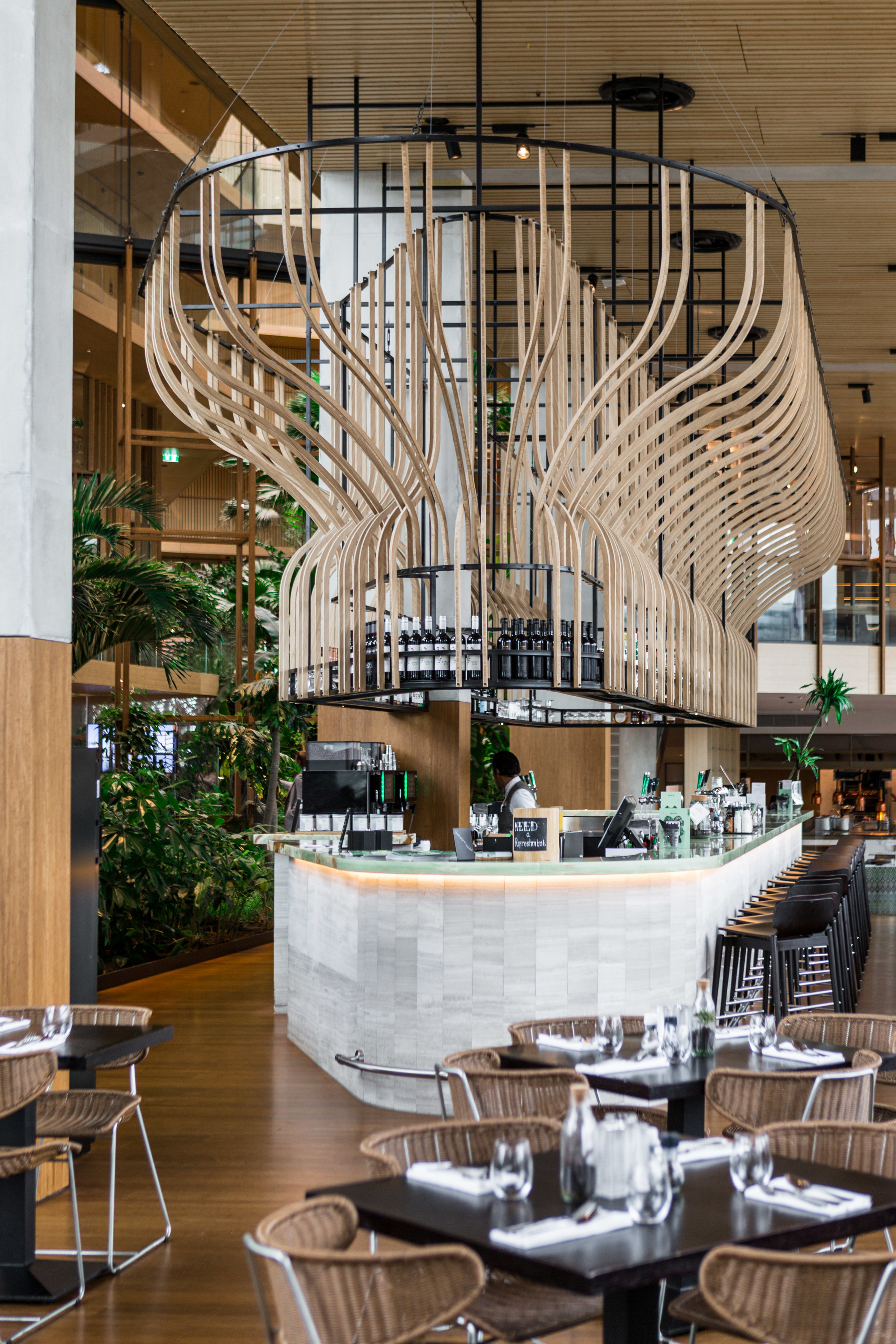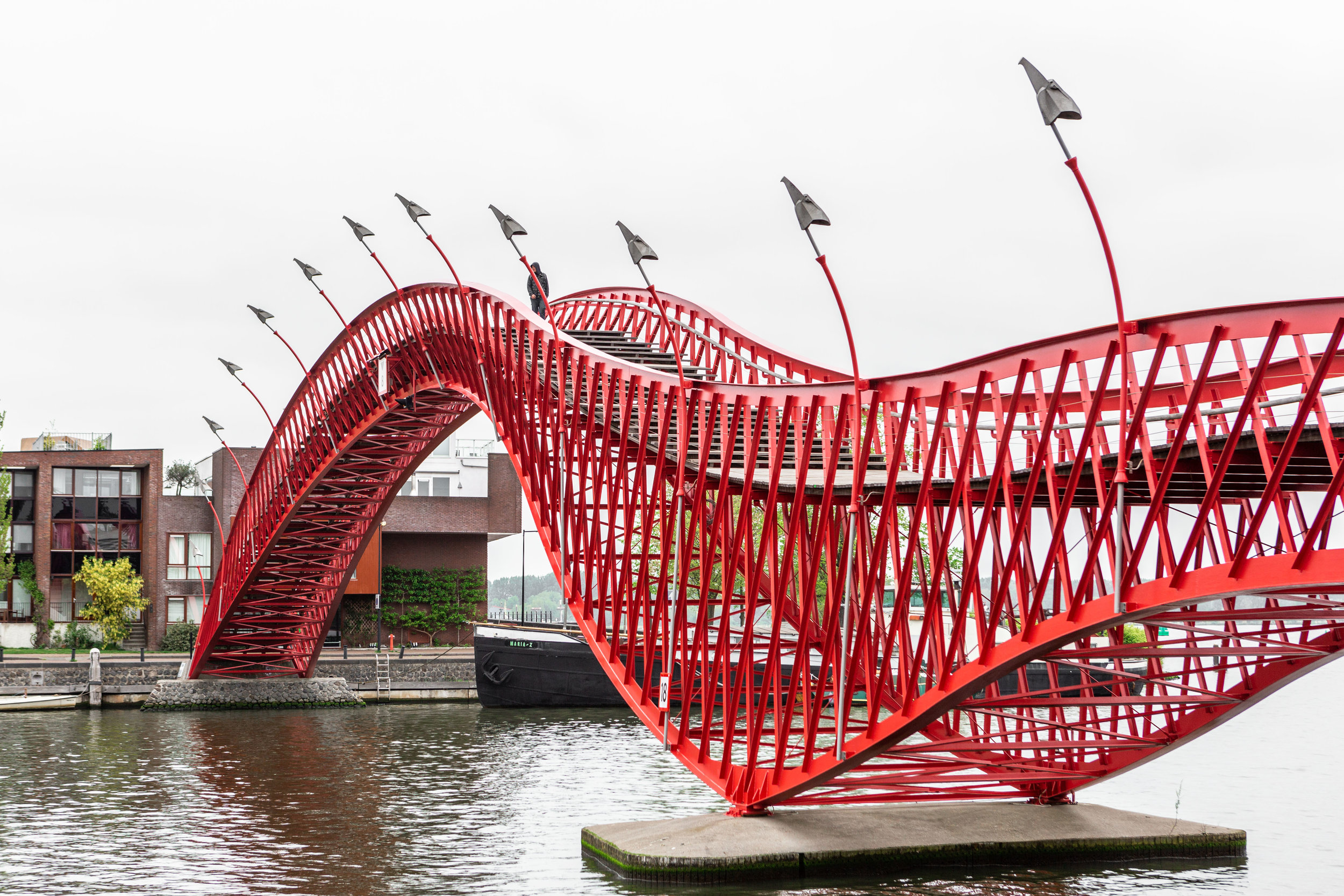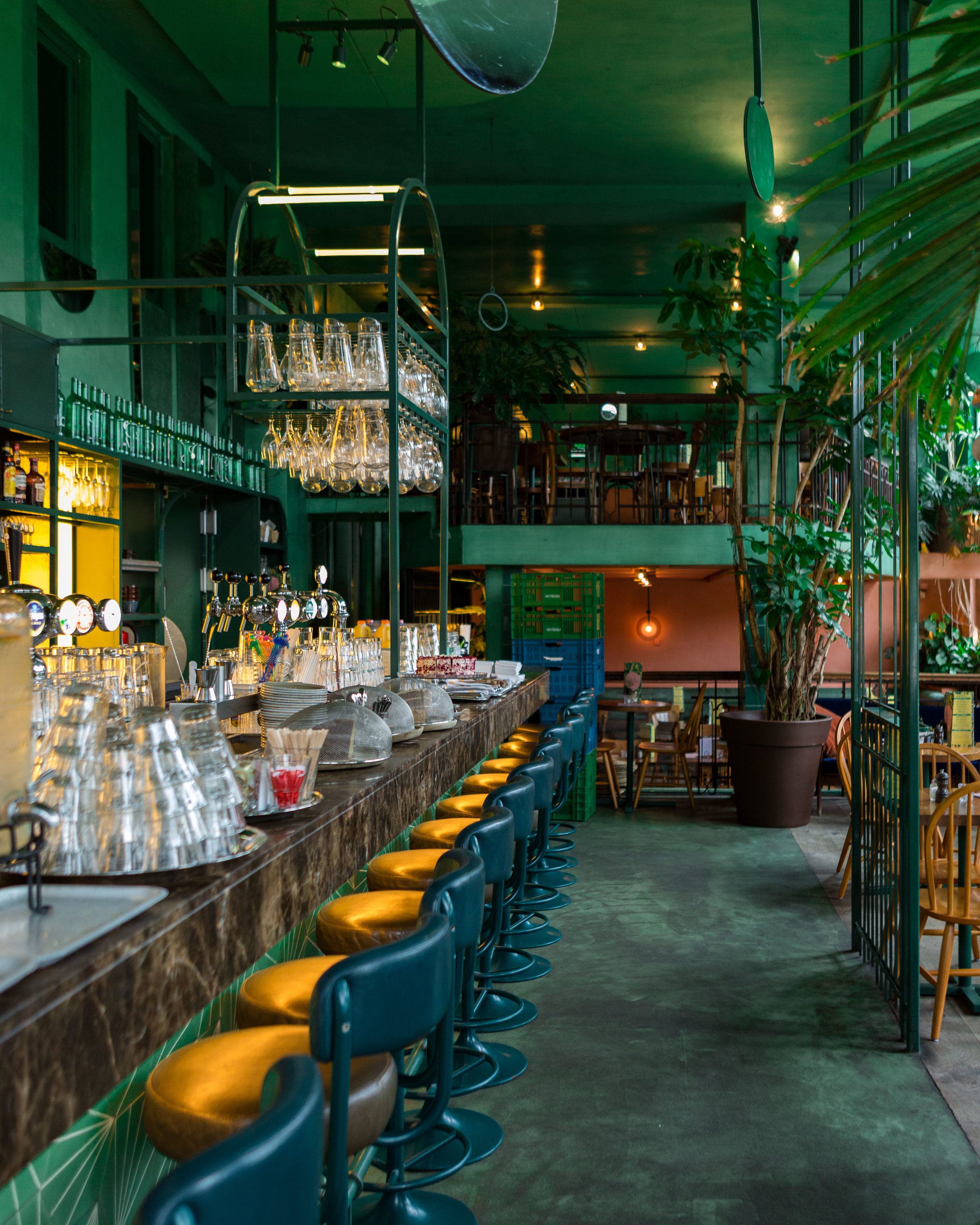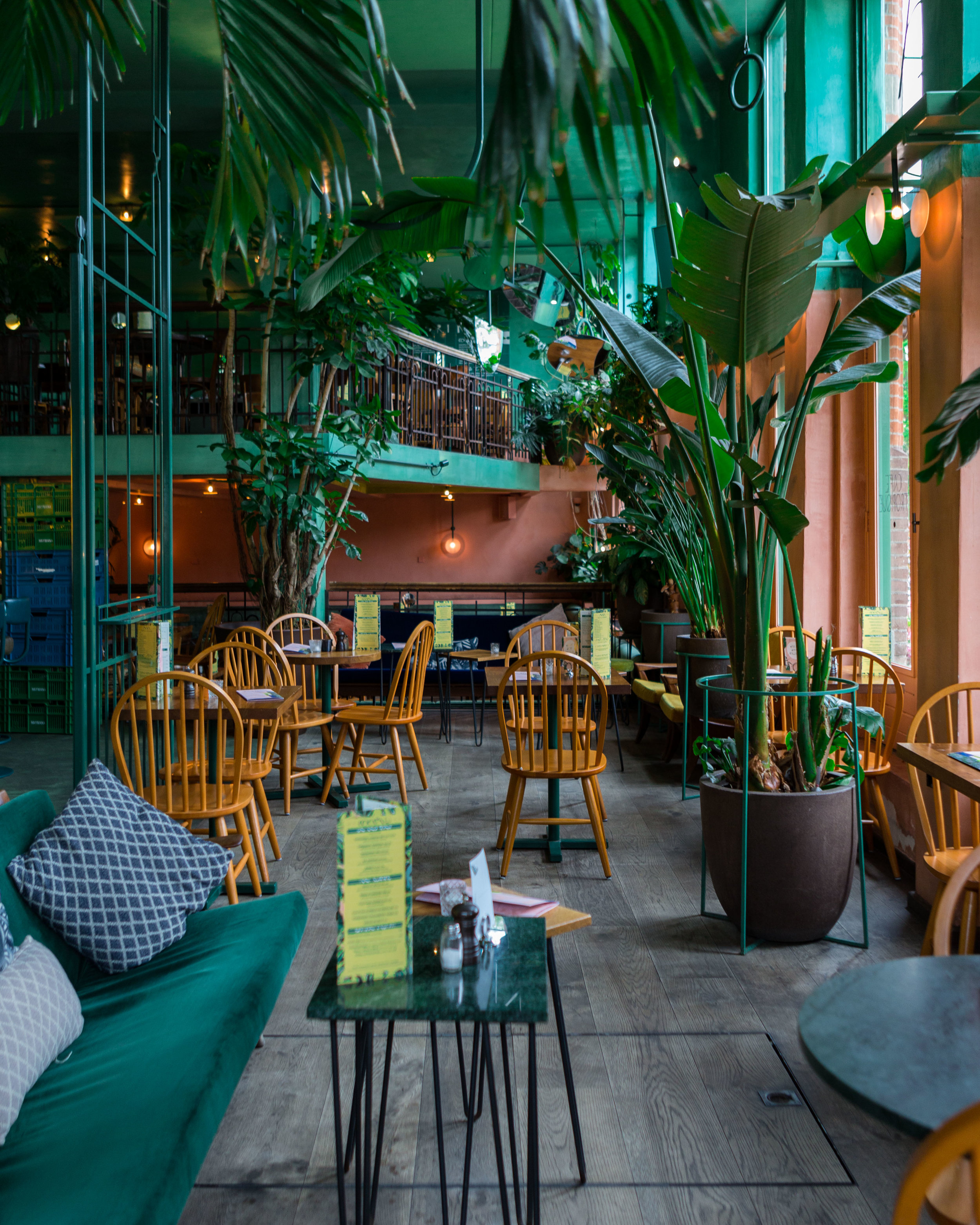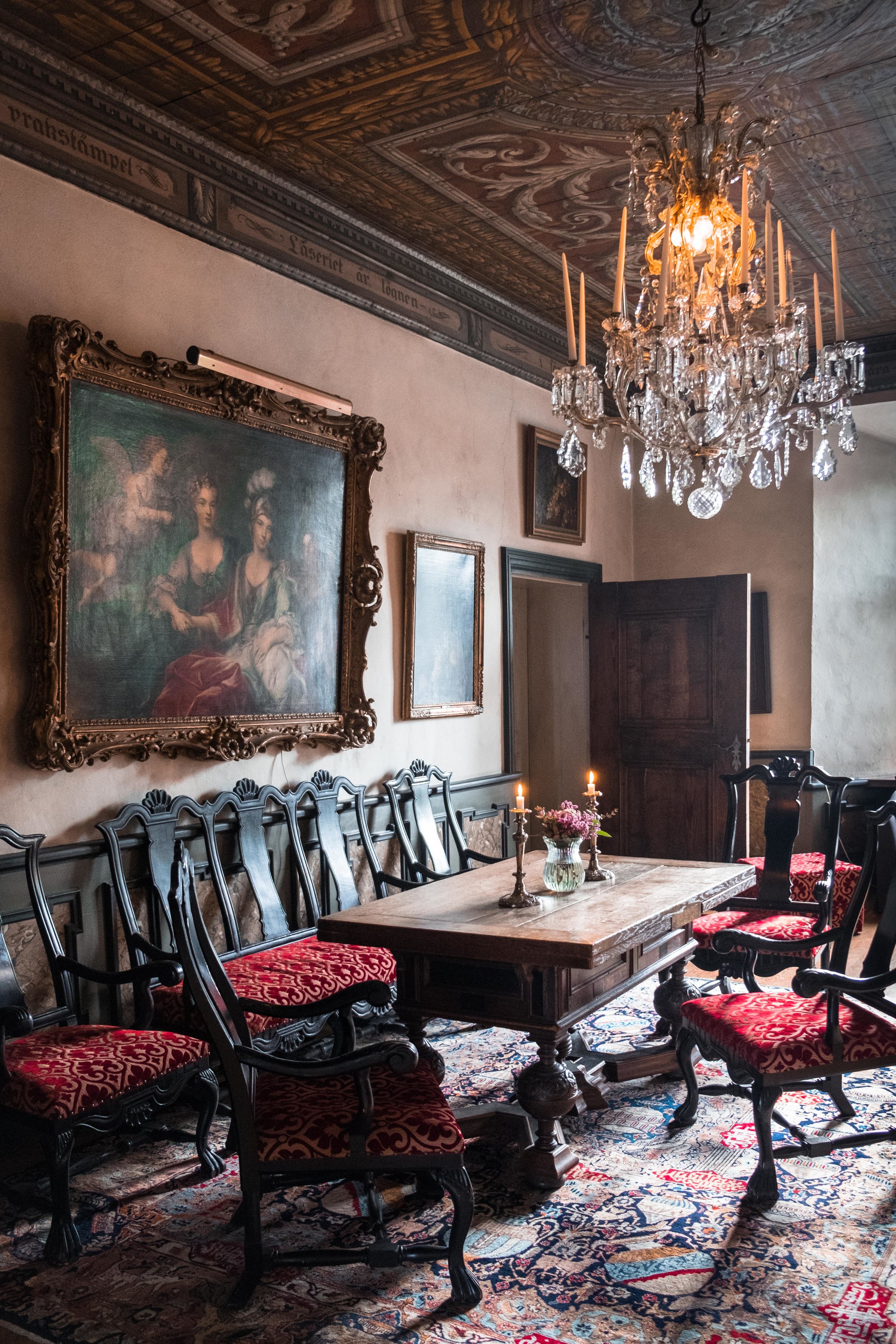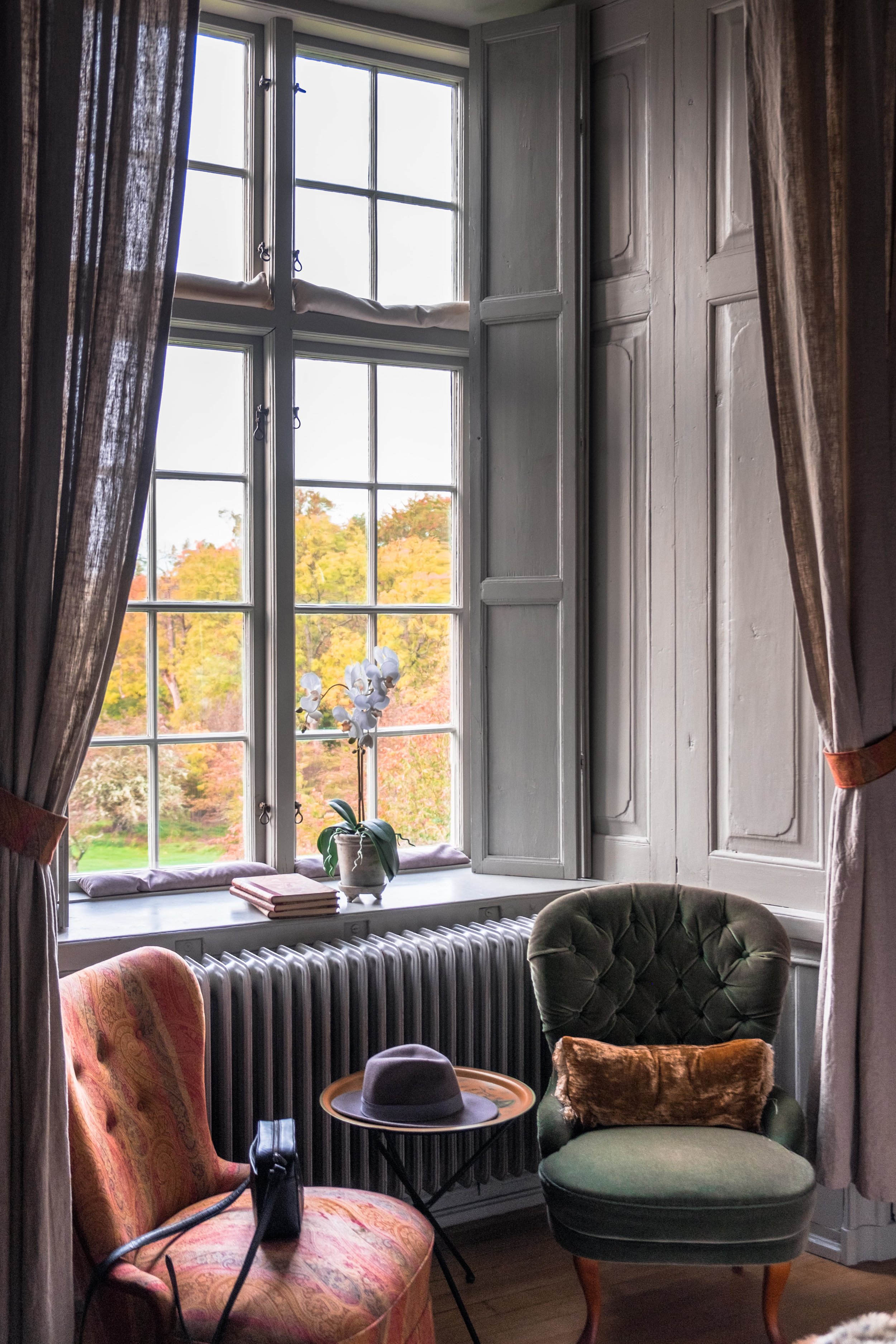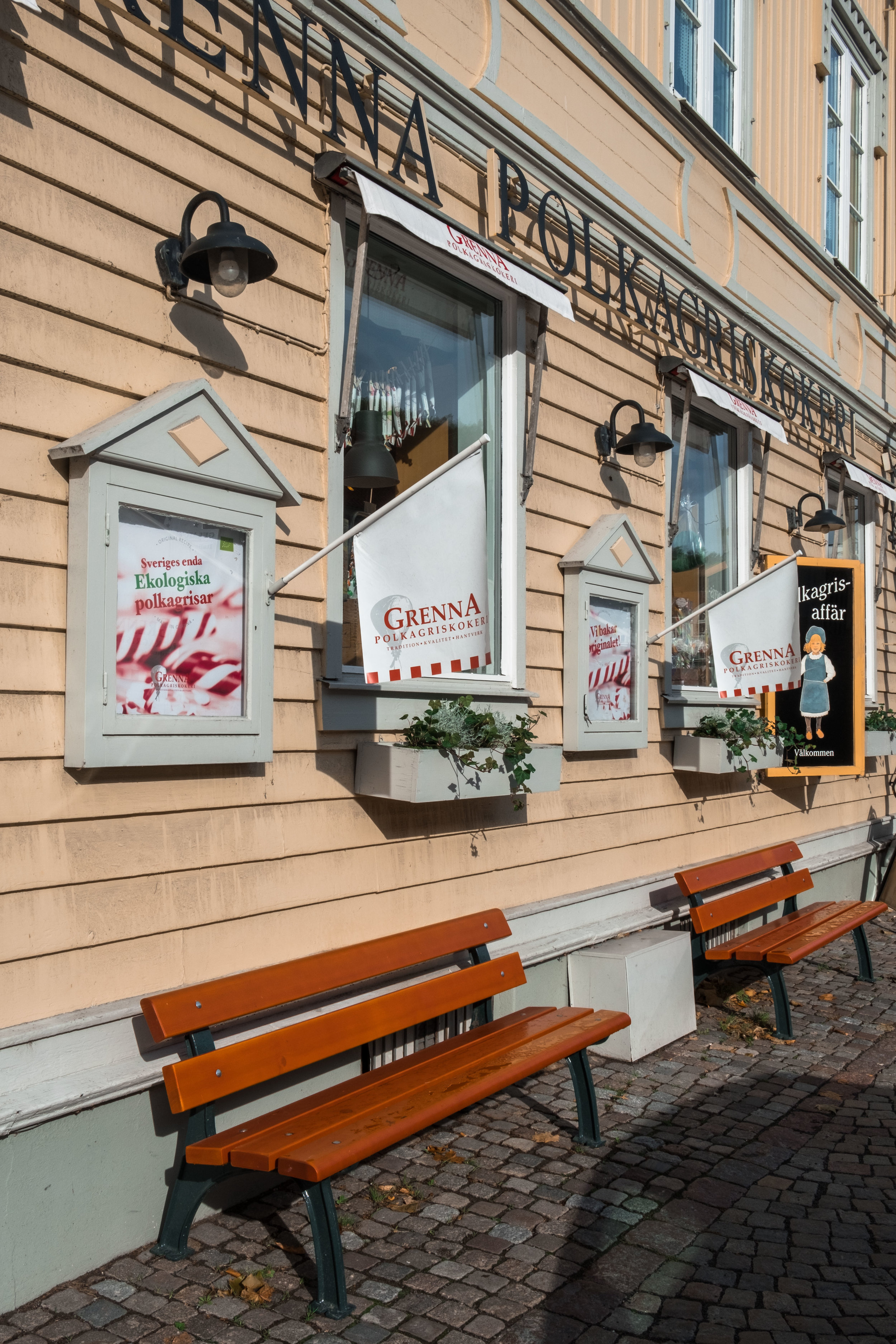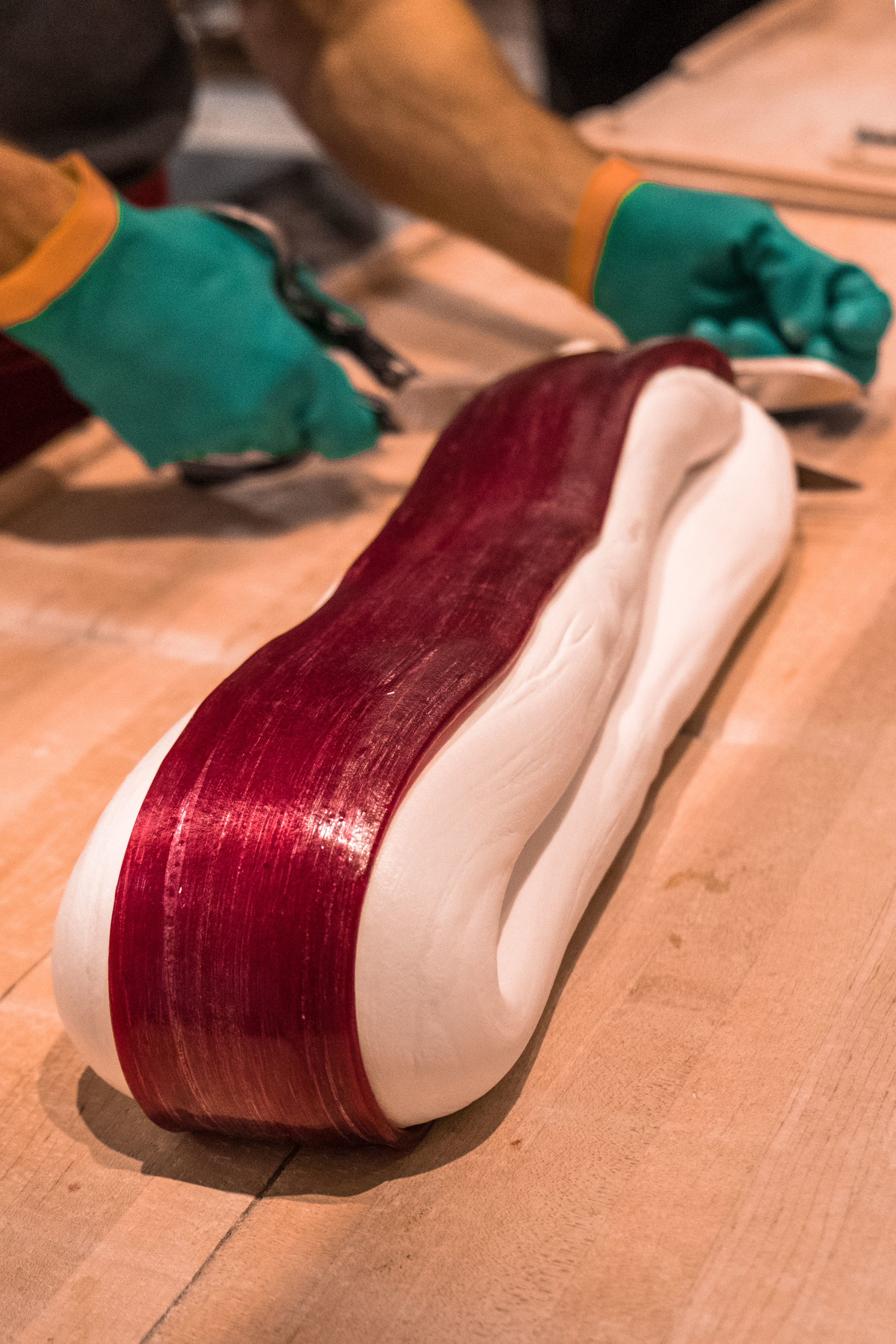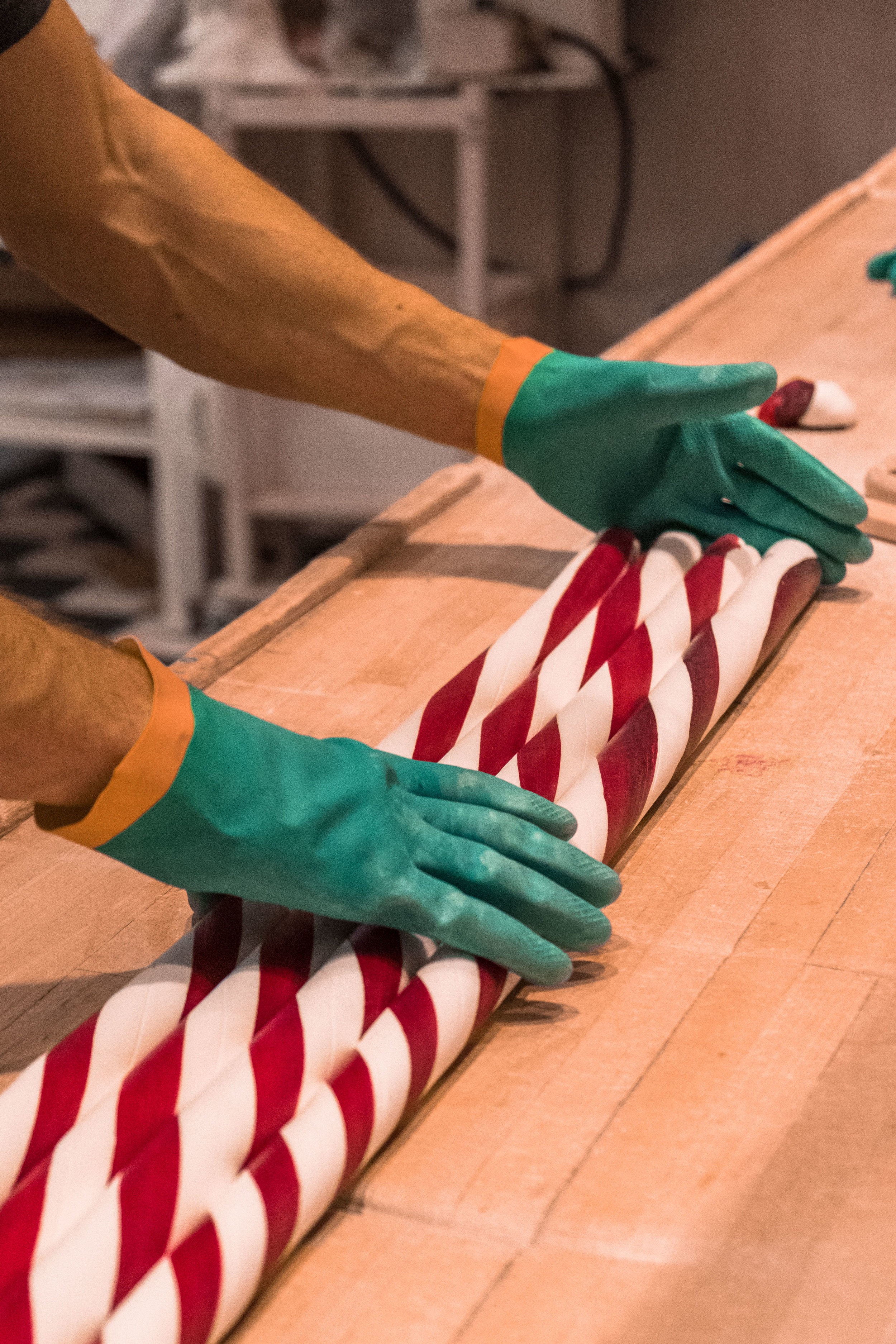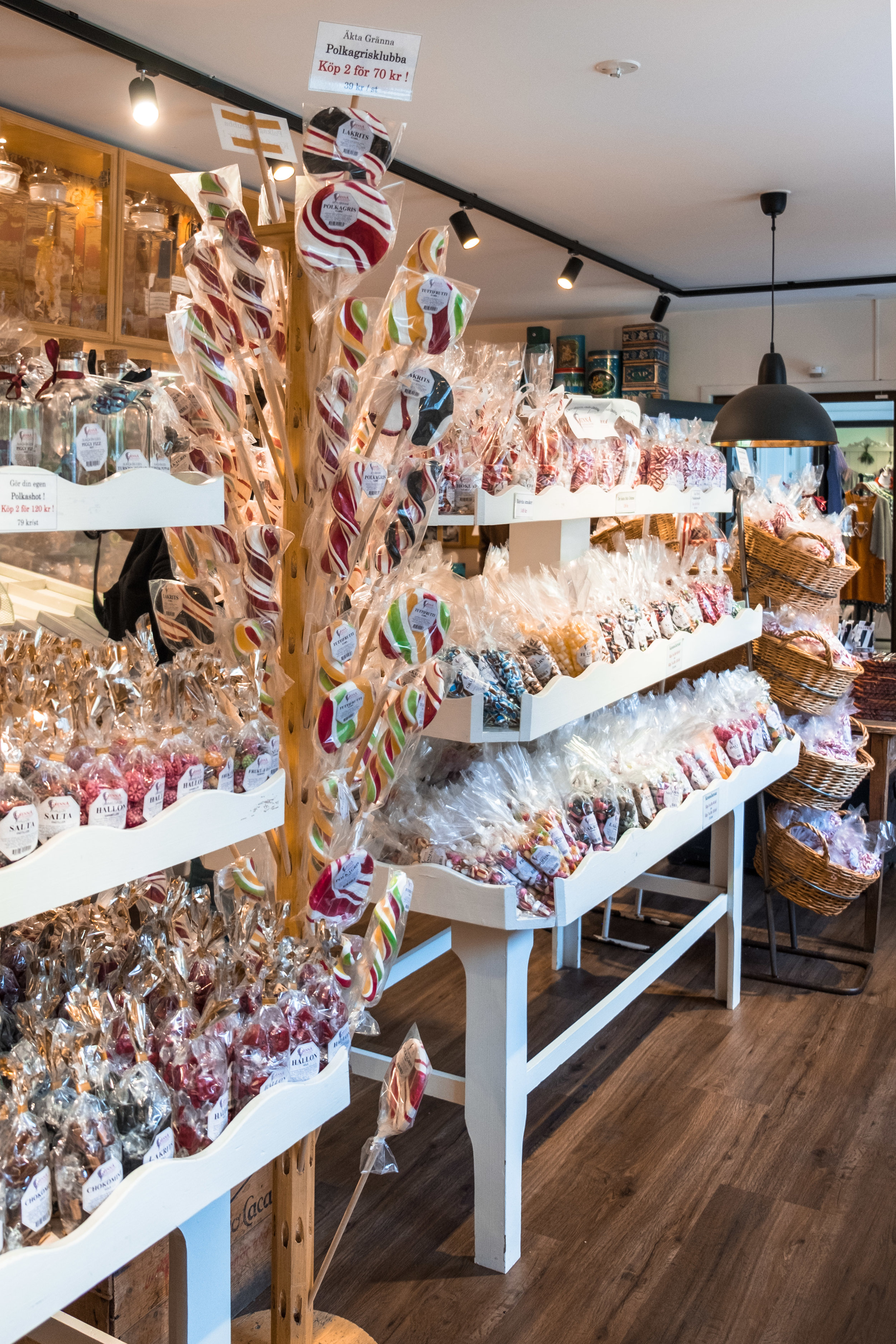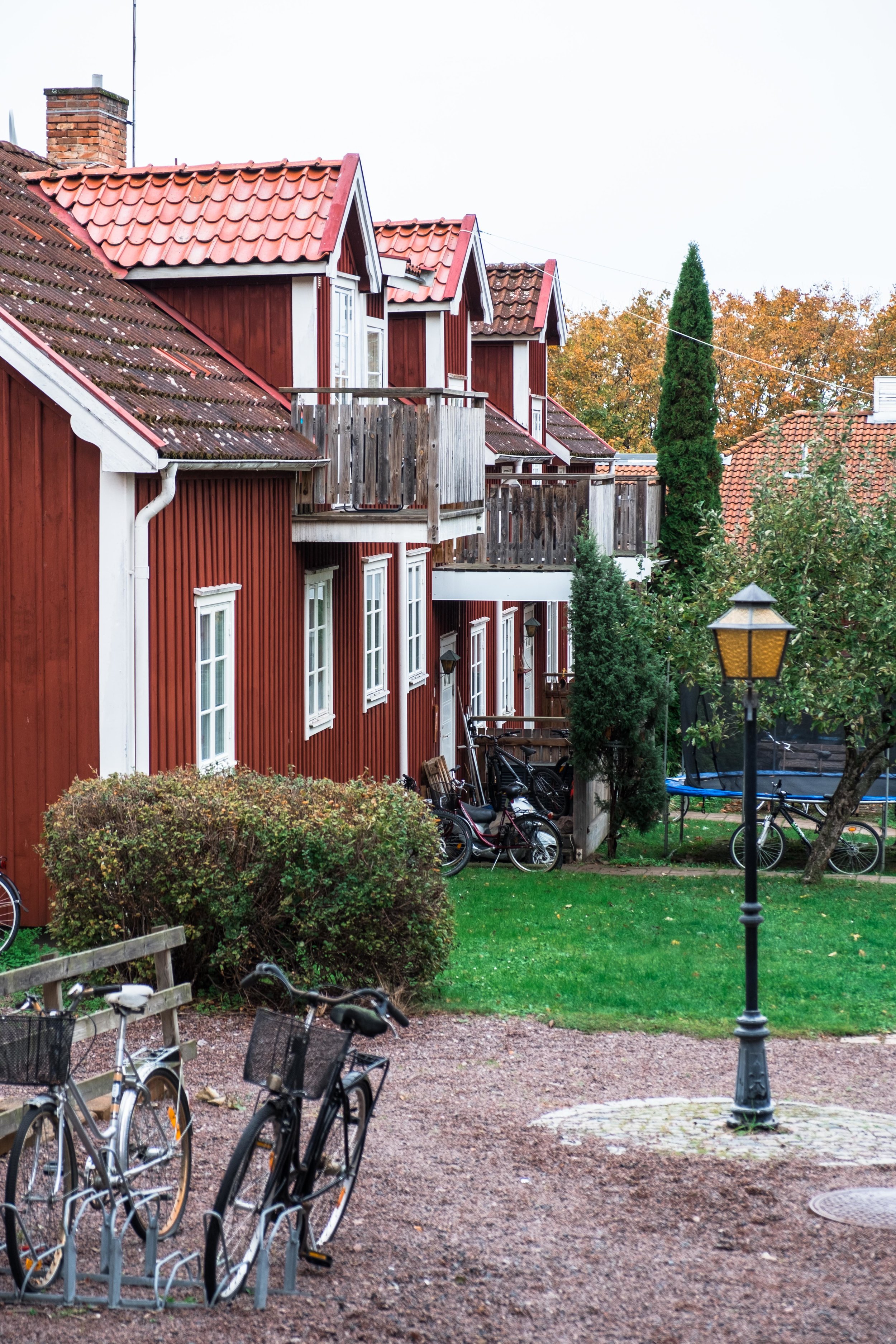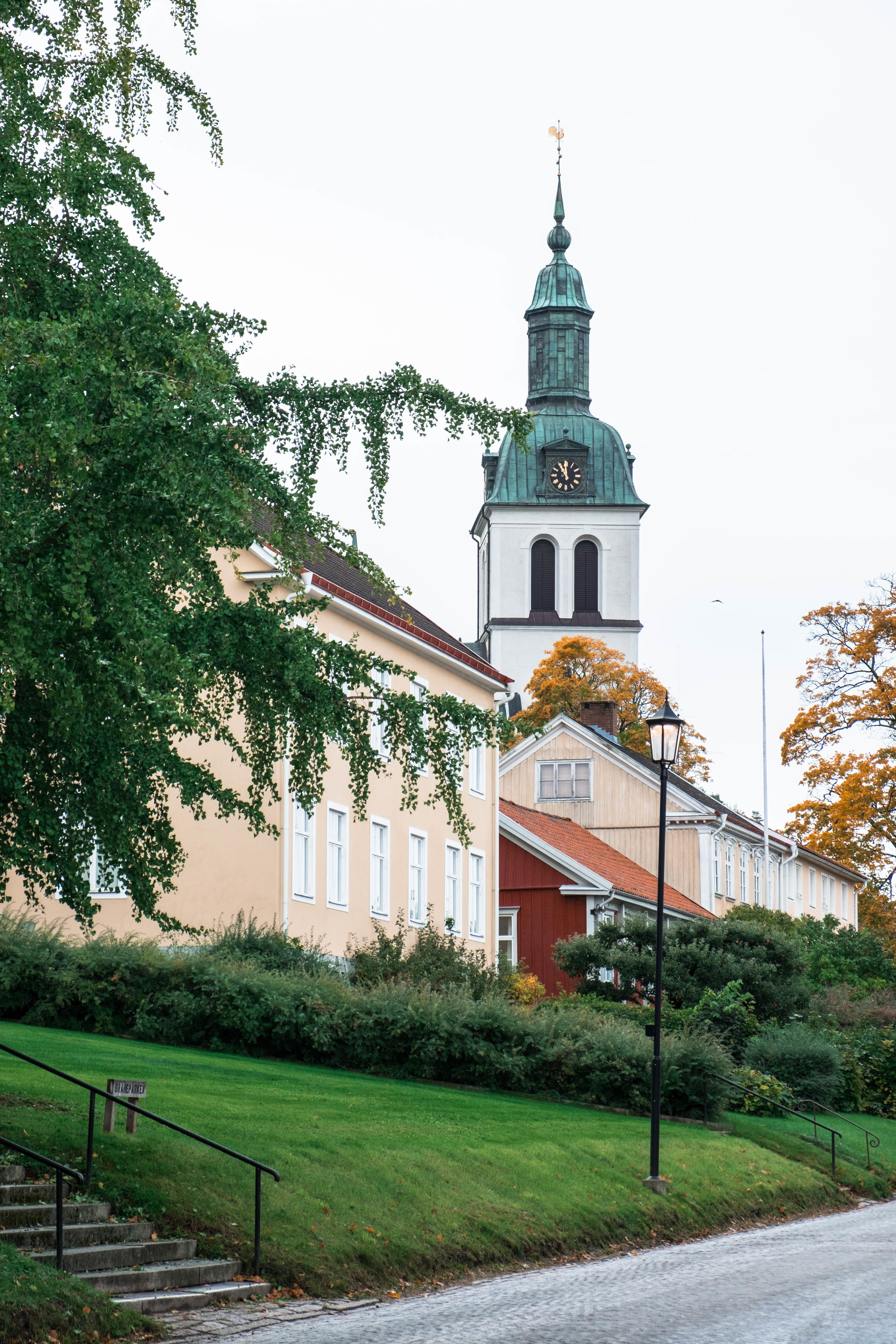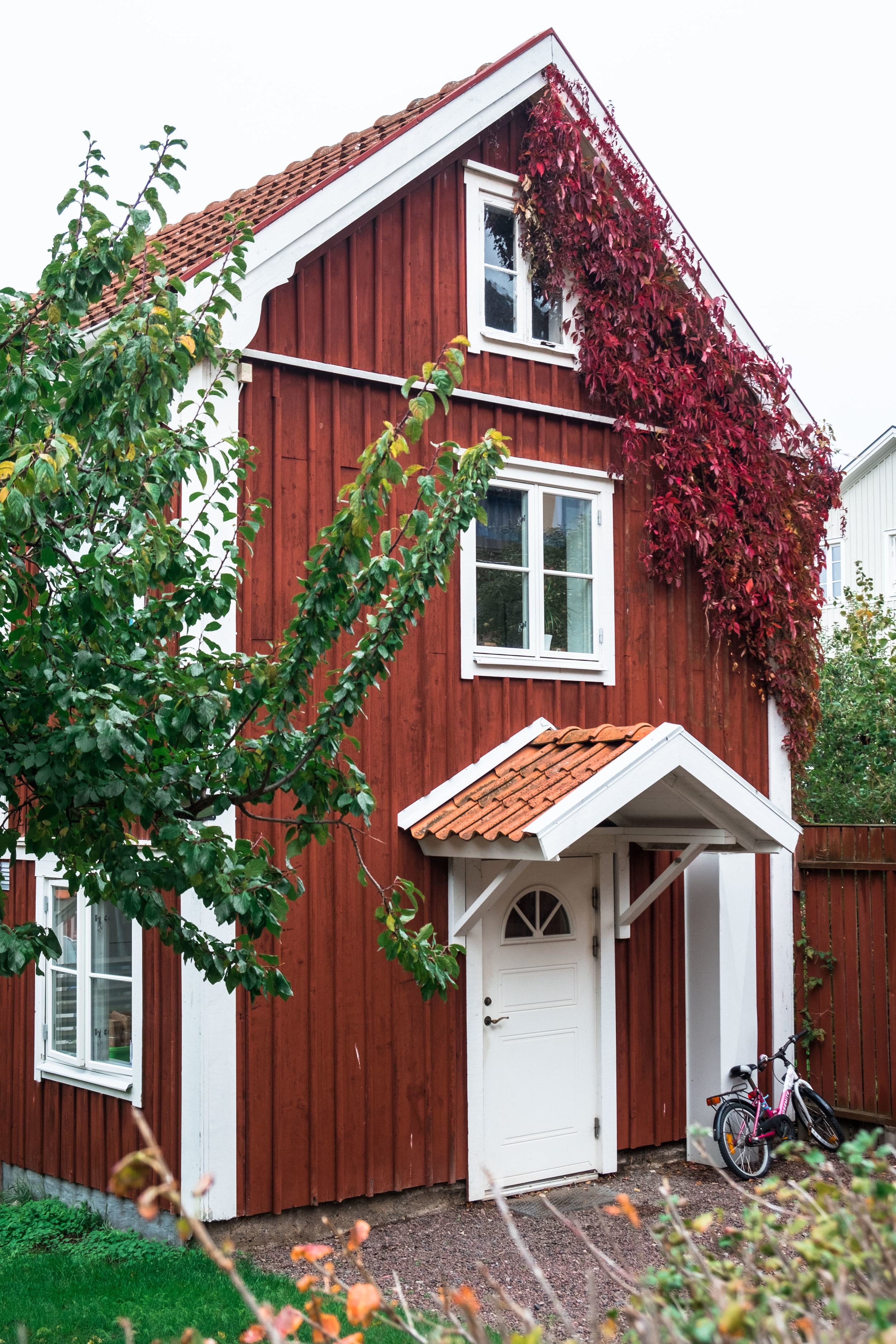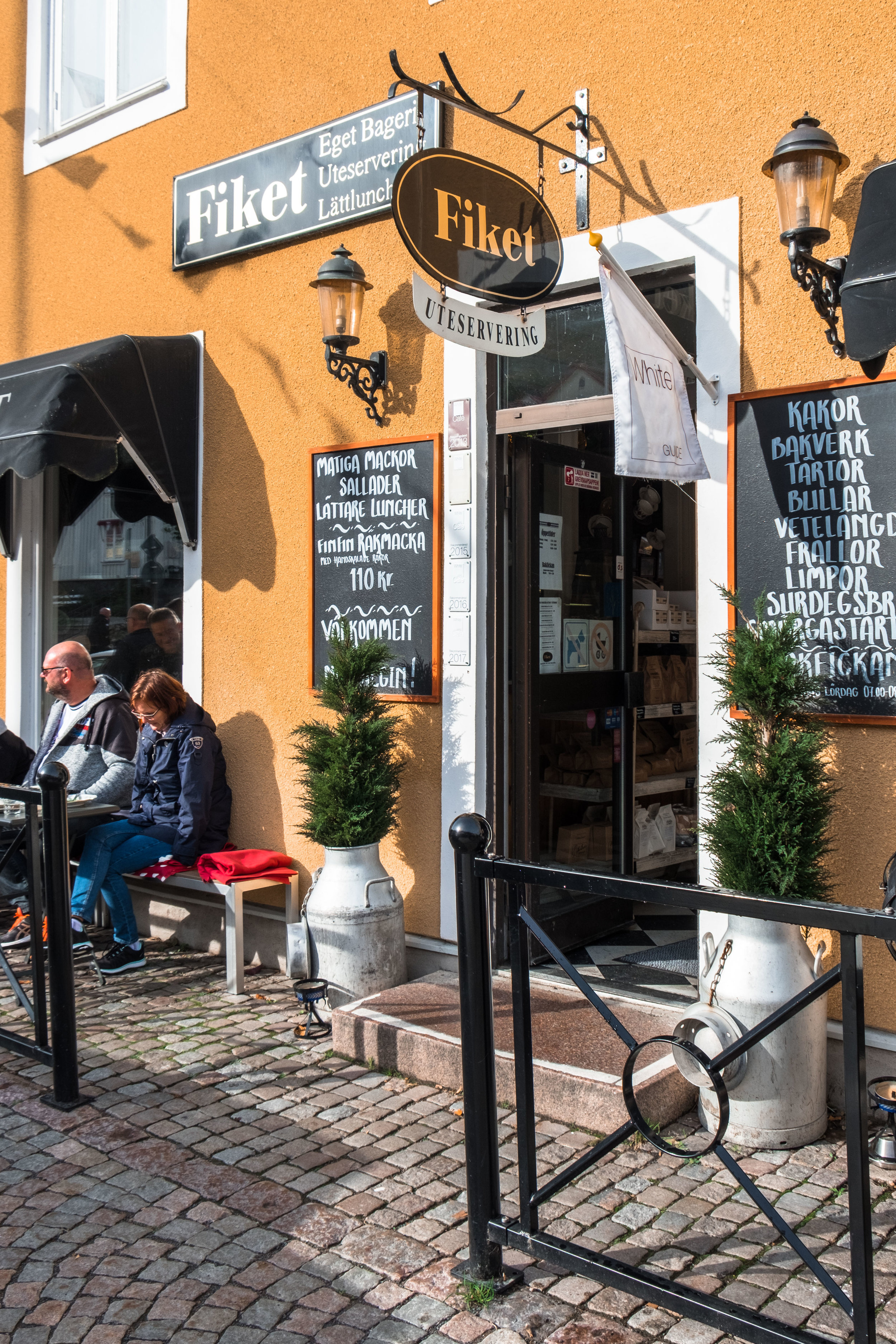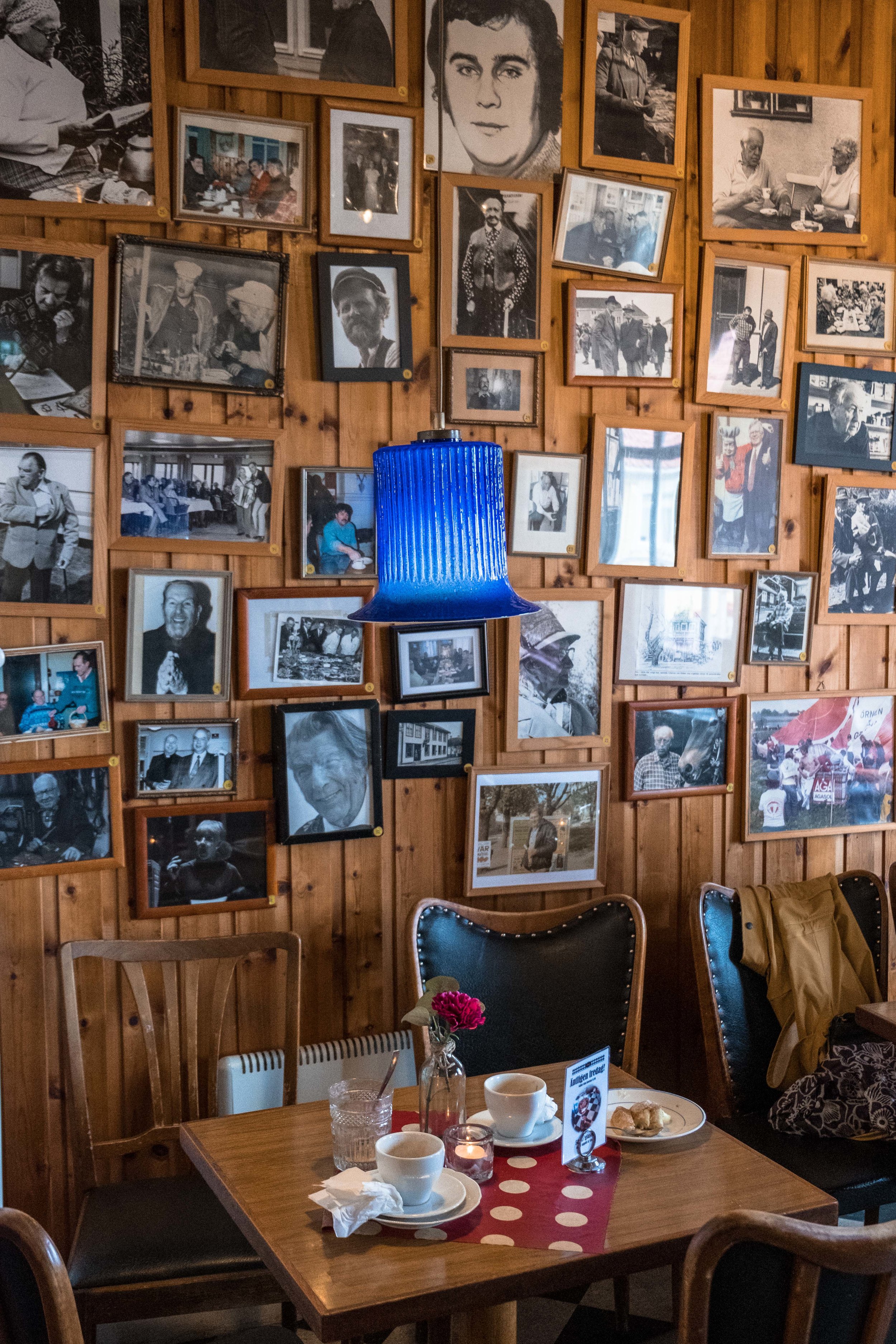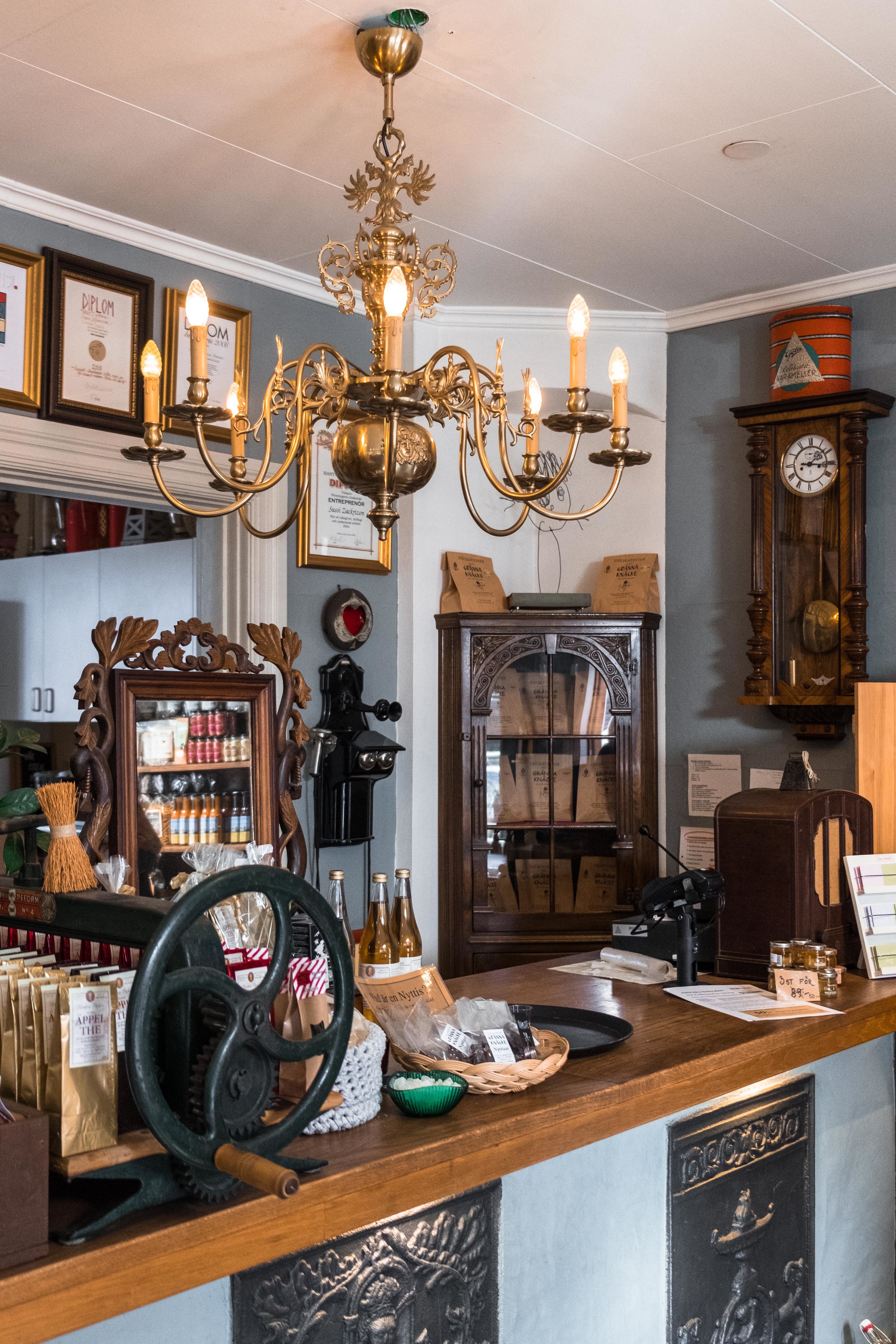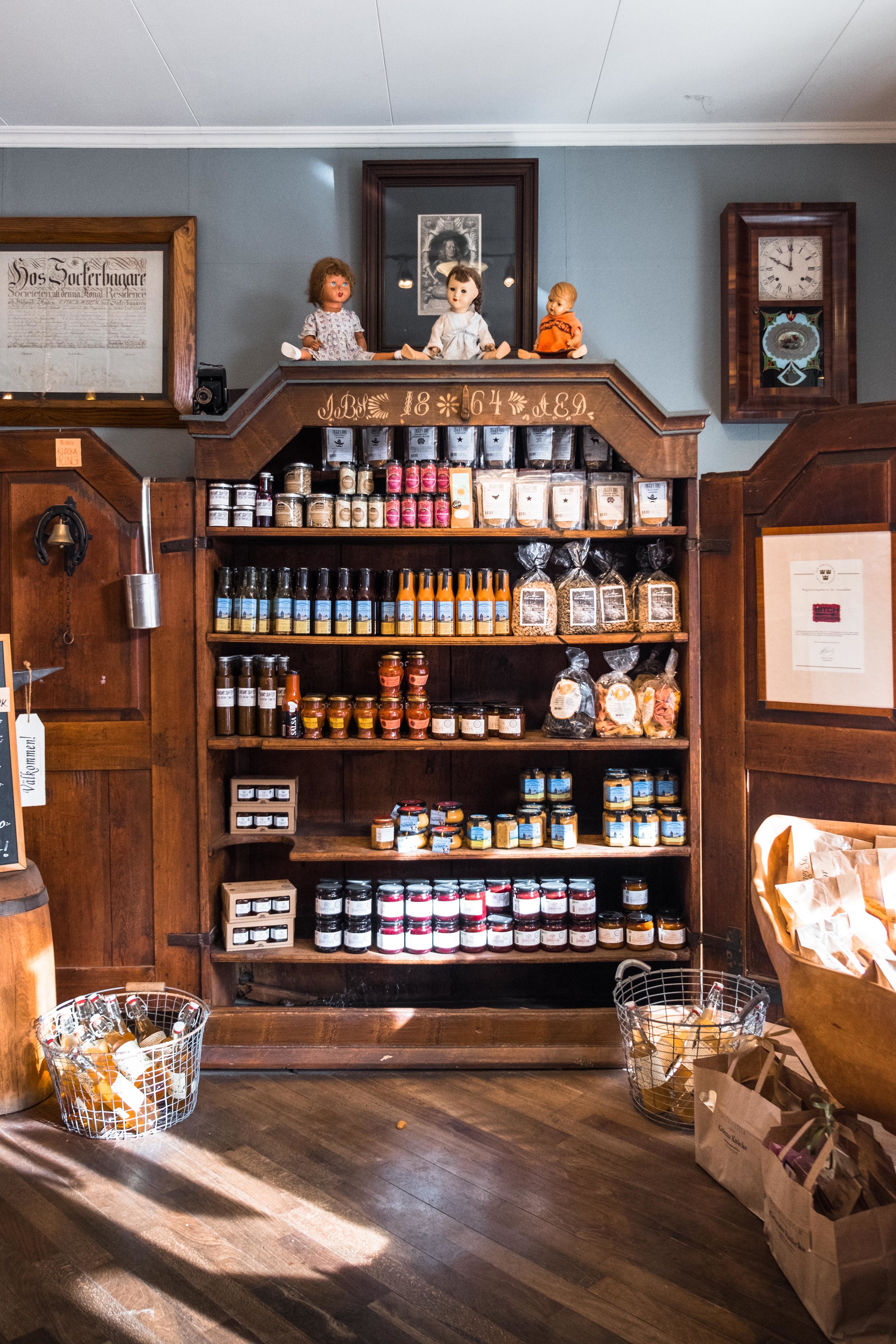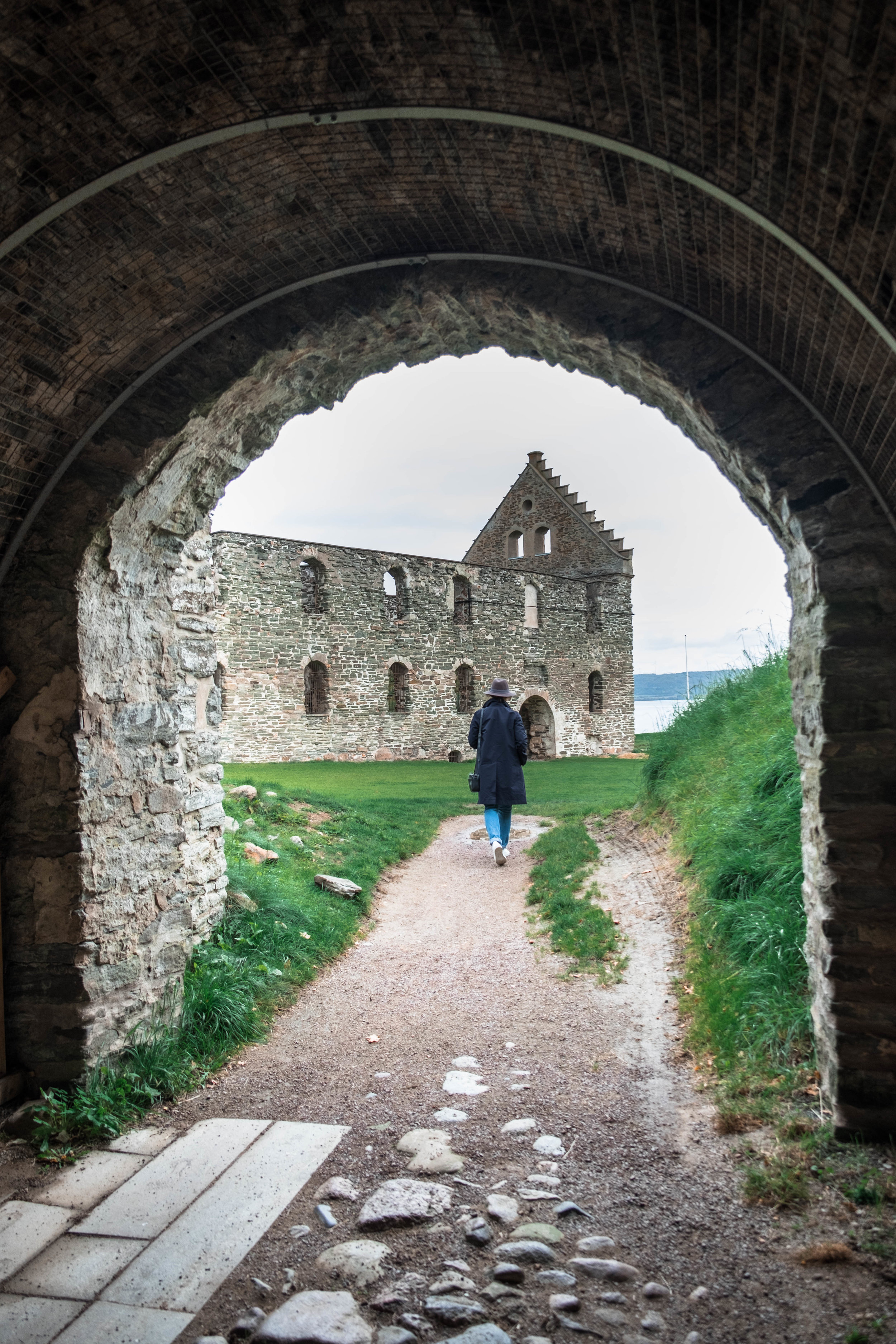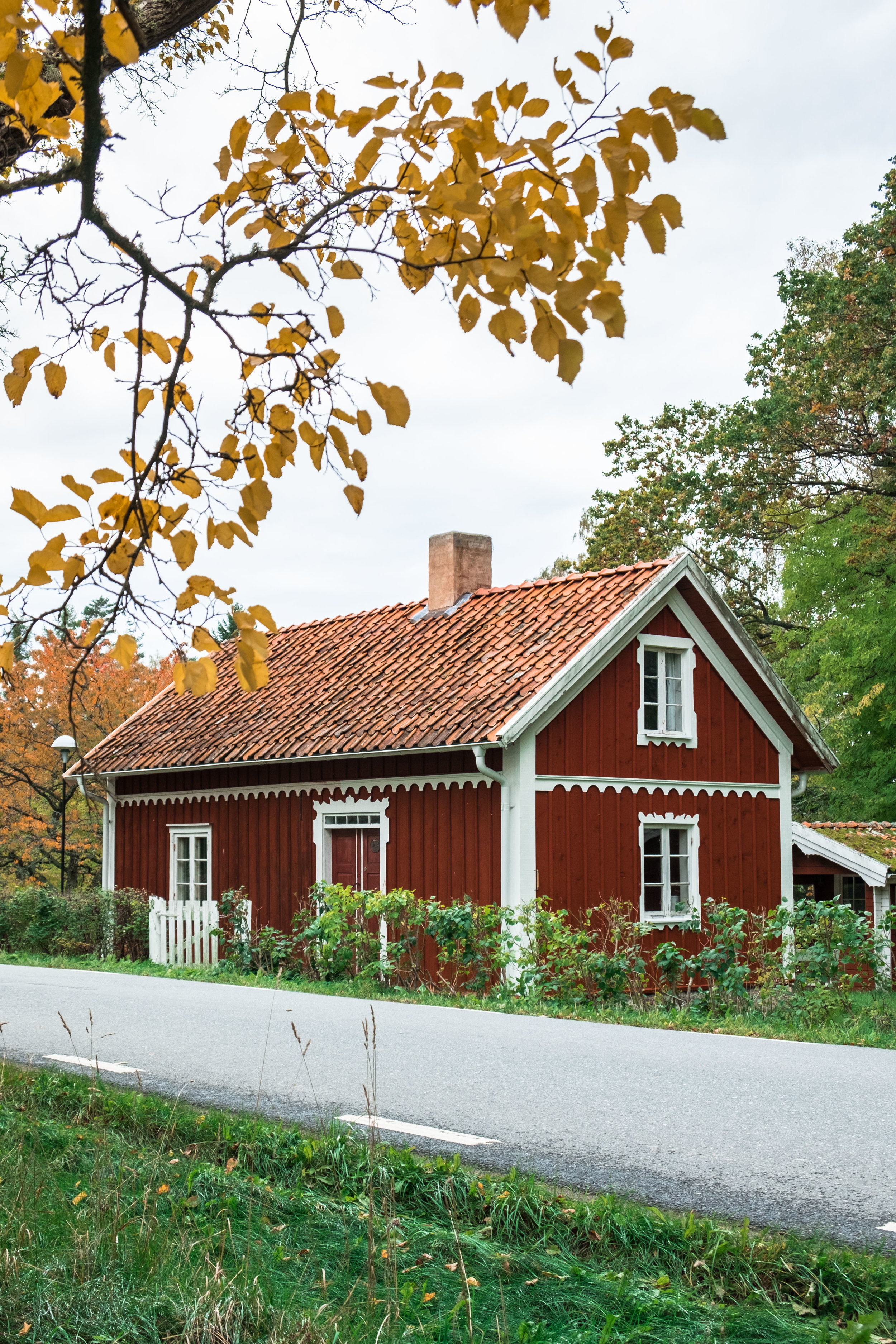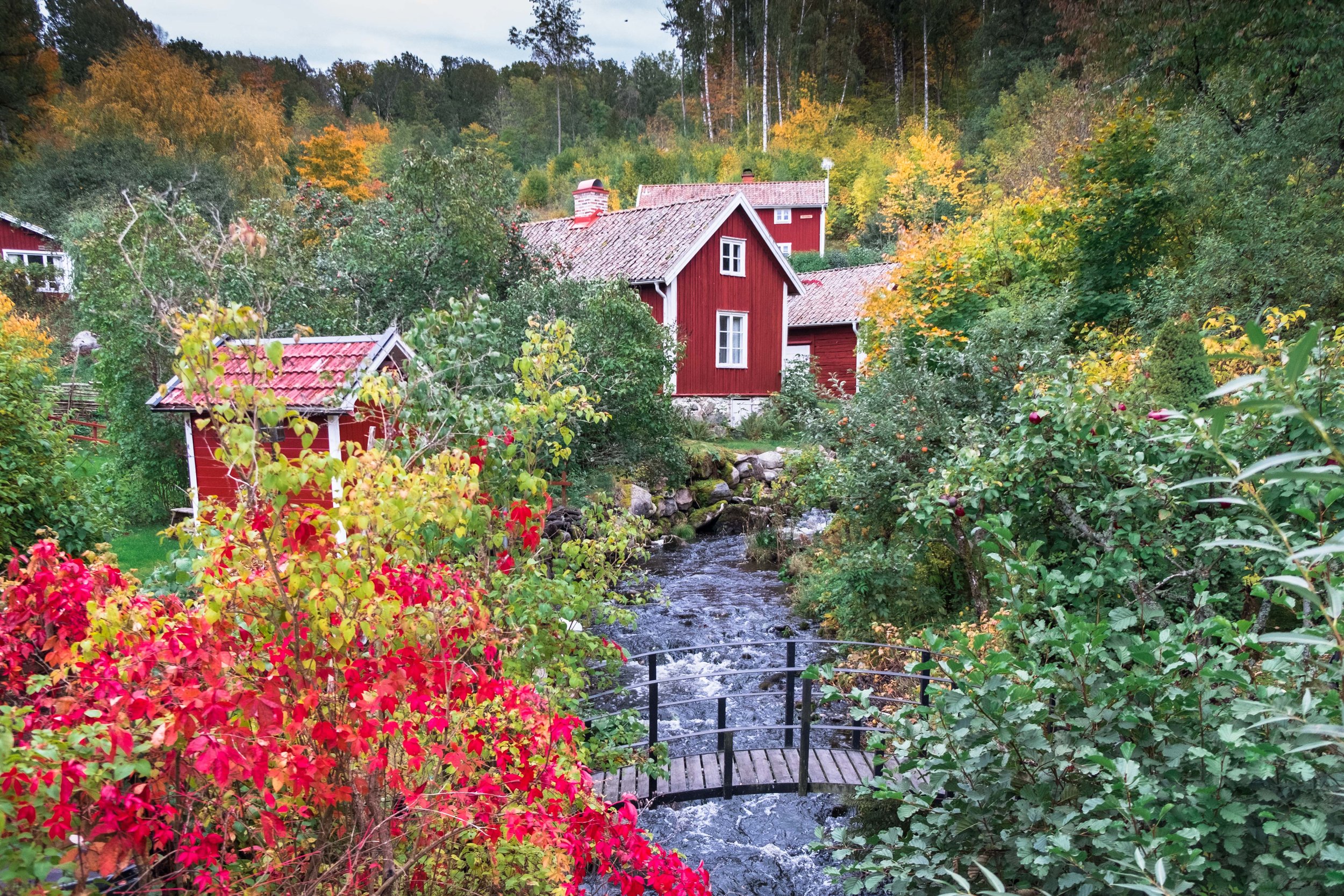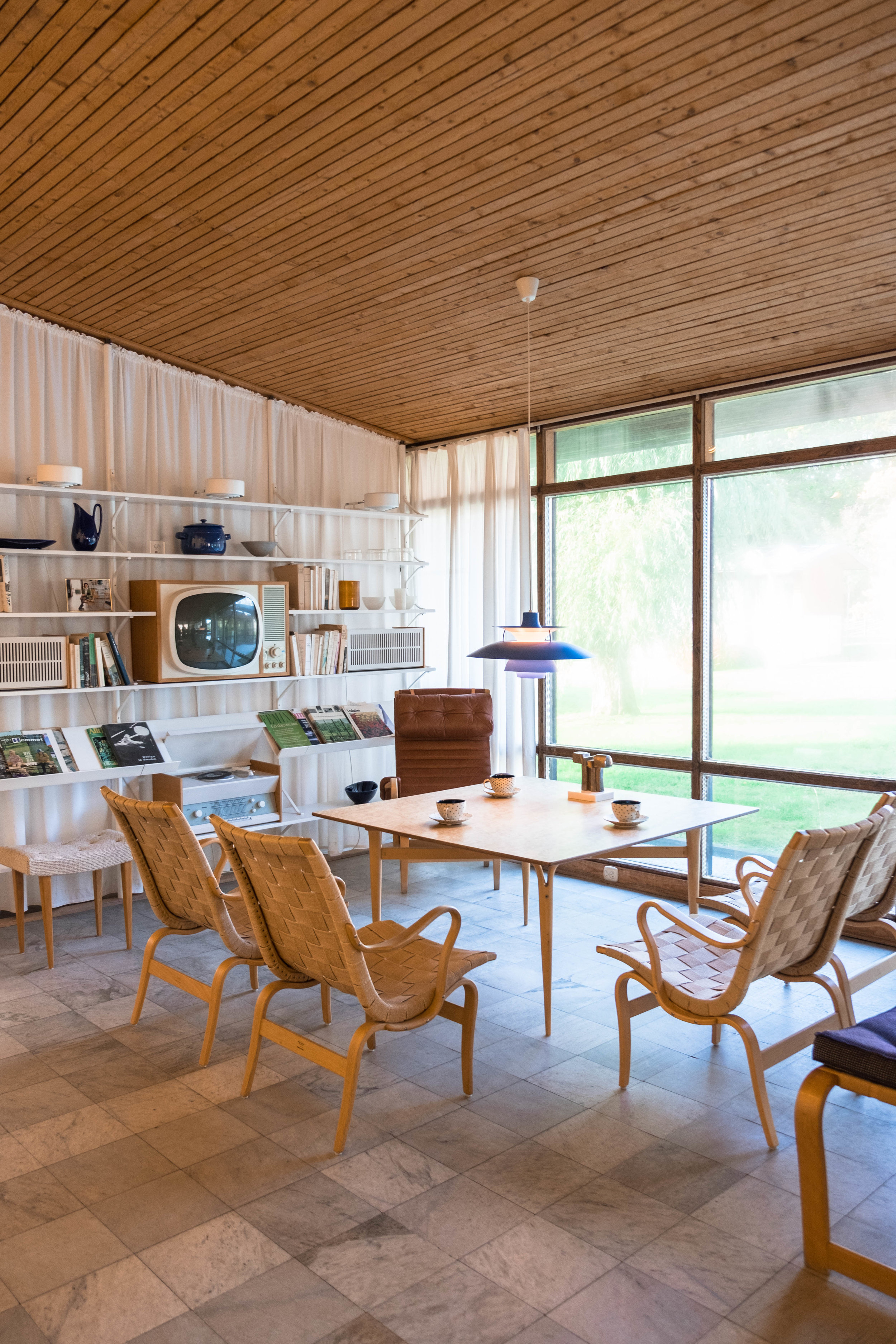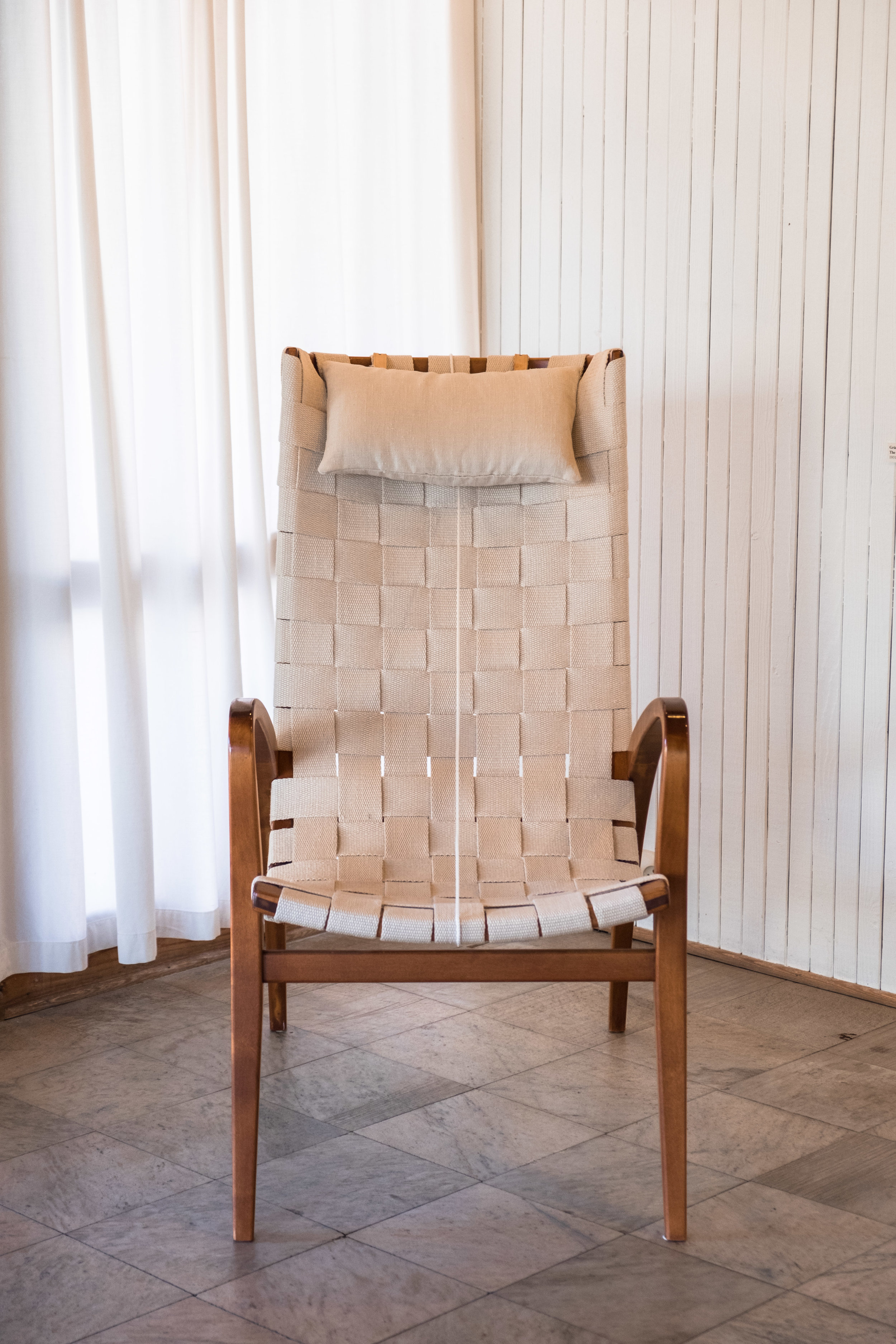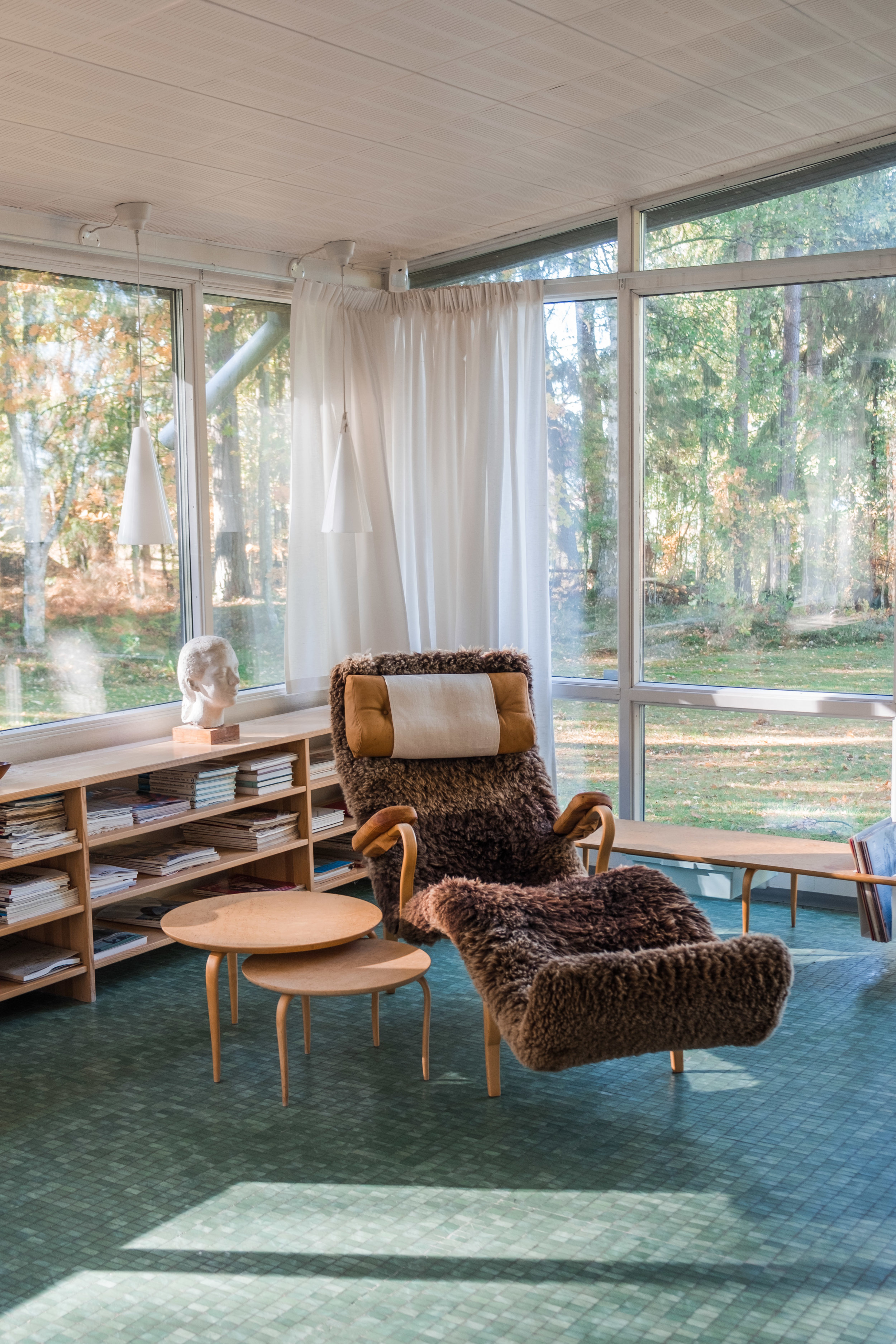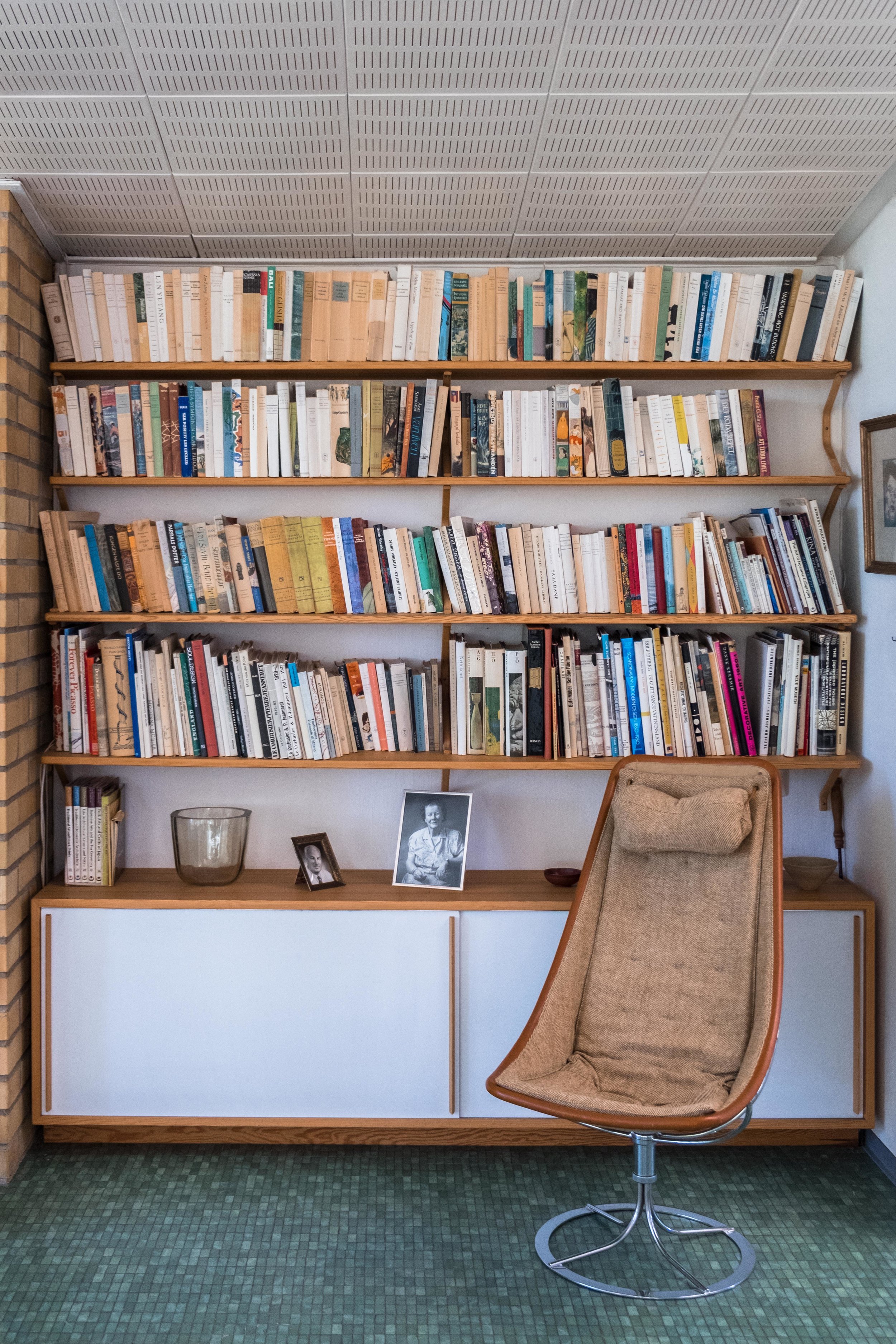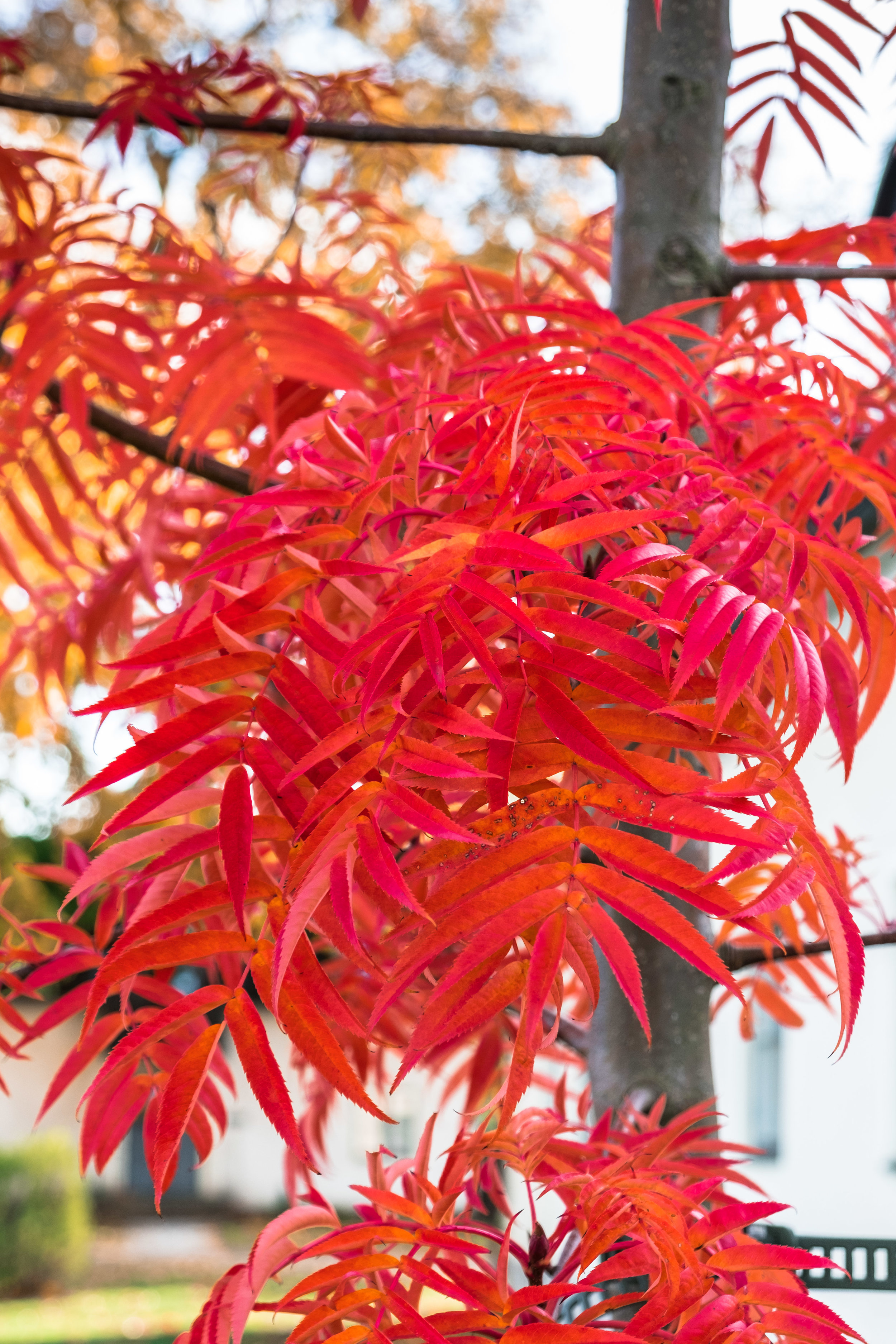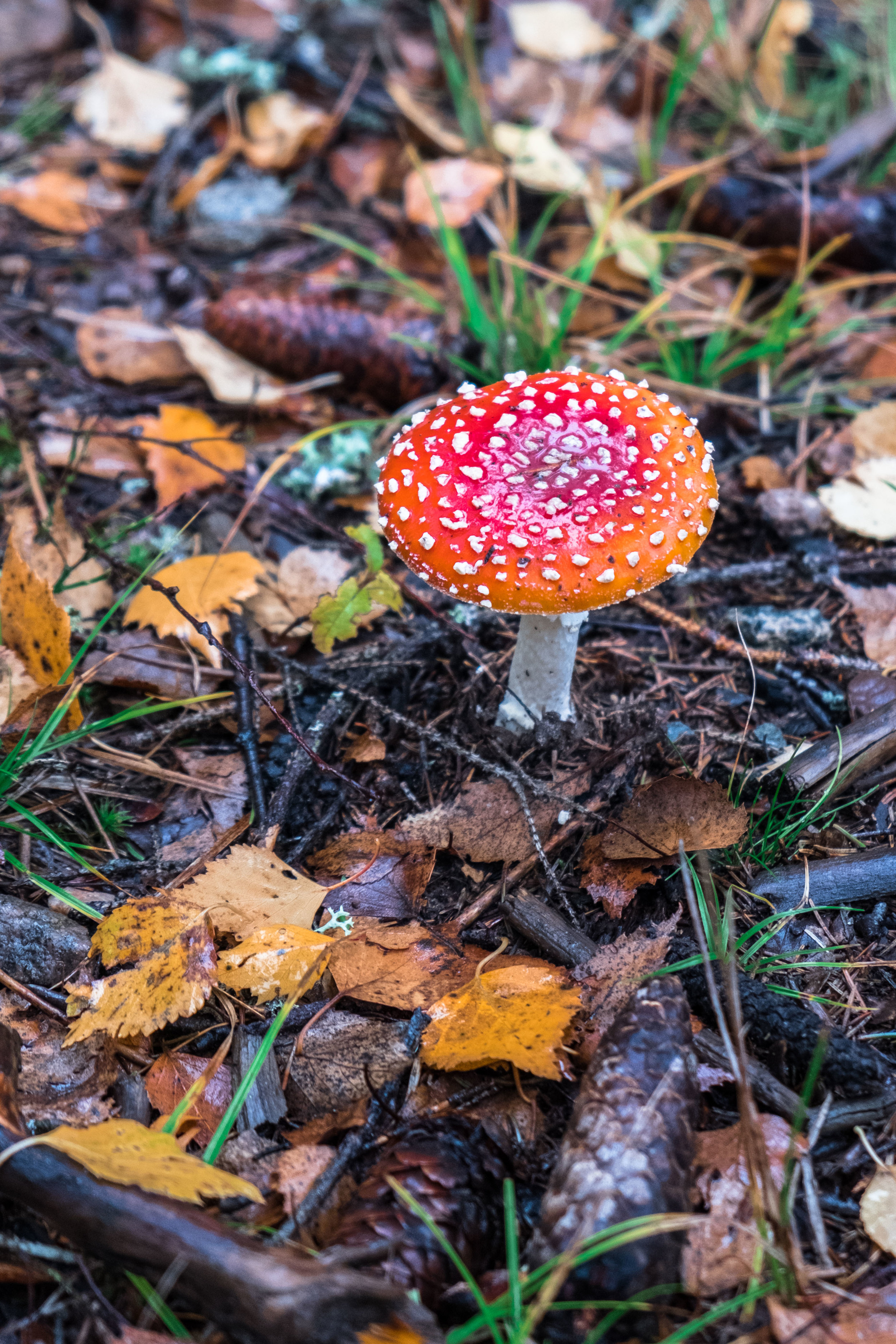Travel is slowly coming back, and if you are fully vaccinated, why not choose Poland, and Gdańsk in particular, as your next travel destination?
Gdańsk is s a city on the Baltic coast of northern Poland. It is Poland's principal seaport and the country's fourth-largest metropolitan area.
Gdańsk History
To understand where Gdańsk stands today, it is important to explore the city’s complex history - over the centuries it was under Polish, Prussian and German rule, with periods of autonomy or self-rule as a free city-state. Before the 18th century rapid growth of Warsaw, it was considered the wealthiest and the largest city of Poland, as well as an important seaport and shipbuilding town in the late Middle Ages.
Gdańsk Architecture
Parts of the historic old city of Gdańsk, which had suffered large-scale destruction during World War II, were rebuilt during the 1950s and 1960s, and the city is still undergoing through some changes today. The city’s architecture may remind you of the Netherlands or Belgium and there are reasons for it - trade connections with these countries also led to a cultural exchange, a few Dutch architects worked in the city in the 16th-17th centuries.
Mariacka Street
One of the most atmospheric streets of Gdańsk is the charming cobbled Mariacka Street that runs between the waterfront St Mary’s Gate and St Mary’s Church. It was almost completely re-created after WWII, mostly on the basis of old documents, photographs and illustrations, with every ornamental detail unearthed from the debris. It’s the only street with a complete row of terraces, with several artisan amber jewellery shops and some lovely cafes and bars.
Gdańsk Rooftop Views
The pretty rows of historic houses are best seen from above, and Gdańsk has no shortage of great viewpoints. I visited two of them but there are more available. It is important to note that to climb up the towers you need to use narrow staircases and there are no lifts available.
Gdańsk Town Hall
The Main Town Hall in Gdańsk houses the History Museum of the City of Gdańsk and offers amazing views over the city (photos below) from its tower. It is also one of the finest examples of the Gothic-Renaissance historic buildings in the city.
St Catherine’s Church
Another great place for rooftop views is St Catherine’s Church, the oldest church in Gdańsk. It also houses the world's first pulsar clock and the Museum of turret clocks.
Sassy Rooftop Bar
In summer, sunset is quite late in the evening and the museums are already closed by then - if you would like to enjoy a rooftop view while watching the sunset, head to Sassy Rooftop bar.
Gdańsk Crane
The Crane is one of the symbols of Gdańsk that represents the city's trading past. As a working crane, it was used to transfer cargoes and to put up masts on ships. At one point, it was the biggest working crane in the world. It also served a defence function and as one of the gates to the city. After the war, it was rebuilt and donated to the Polish Maritime Museum of which it remains a part today.
World War II Museum
If you have time to visit only one museum in Gdańsk, make it the Museum of the Second World War. World War II officially began with the simultaneous German attacks on the Westerplatte Peninsula and the Polish Post Office in Gdańsk, and the museum is symbolically located just a few minutes walk from the Post Office.
Opened in 2017, the building consists of three major spheres, which represent the connection between the past, present and future. The museum includes numerous amount of displays and wartime objects. Those interested in the topic can easily spend a whole day but at least 3 hours are recommended for a visit.
European Solidarity Centre
In the 1980s, Gdańsk was the birthplace of the Solidarity movement, which played a major role in bringing an end to communist rule in Poland and helped precipitate the collapse of the Eastern Bloc, the fall of the Berlin Wall and the dissolution of the Warsaw Pact. To understand how this movement started, evolved and where it led to, visit the European Solidary Centre museum that has been open since 2014.
After a visit to the Solidarity Centre, why not explore the hip shipyard area where you can find street food stalls and bars.
Oliwa Cathedral
Gdańsk has some of the most beautiful churches and one of them is Oliwa Cathedral. One of its interesting features is the organ, built at the end of 18th century, it was at that time the largest organ of its kind in Europe.
Where to eat and drink in Gdańsk
Finding a place for a great meal in Gdańsk is not a problem as the central part of the city has a big selection of restaurants and bars. I have included a few places I had an opportunity to try below.
Restaurant Gvara
If you were to try one local dish in Poland, dumplings are a must-have. They come with different fillings - the ones pictured below are filled with potato and cheese.
Piwna 47
Browar PG4
PG4 Brewery is inspired by the rich culture of brewing beer in Gdańsk. The city has been the brewing centre of this part of Europe for centuries. Already in the 13th century, there were hundreds of small breweries producing craft beers.
You can try a flight of different beers here, and also don’t miss the Jopen beer, which was a Gdańsk speciality produced at least since 1449. With 10,10% alcohol, it is much thicker than regular beers and almost tastes like liquor.
Where to stay in Gdansk
I stayed at the Puro Hotel which is located right in the heart of the city. The hotel had everything I needed for a comfortable stay but you can find many other affordable hotels in the city or rent an Airbnb.
A day in Sopot
If you are staying in Gdańsk for a few days, a great day trip idea would be to visit Sopot, a town on the Baltic Sea, which is only a quick train ride away. Along with neighbouring cities Gdynia and Gdańsk, it forms the so-called Tri-City metropolitan area. Sopot is known for its health spas, sandy beach and its long wooden pier that extends into the Bay of Gdańsk.
Sopot has plenty of restaurants and cafes to choose from, most of them serve fish and seafood.
Cafe Kultura below looked like a cosy spot for a cup of tea and a piece of cake.
Slona Woda Restaurant
Oscypek Cheese
Another local specialty to try is Oscypek cheese - a smoked cheese made of salted sheep milk exclusively in the Tatra Mountains region of Poland.
Forest Opera
An interesting place to see in Sopot is the Forest Opera, an open-air amphitheatre built in 1909 and used for various entertainment events and shows, including opera performances and song festivals. Each year, starting from 1964 (with some interruption in the early 1980s), the Sopot International Song Festival takes place here.
Malbork Castle
Another day trip idea from Gdańsk is The Castle of the Teutonic Order in Malbork, a 13th-century Teutonic castle and fortress. It is the largest castle in the world measured by land area and a UNESCO World Heritage Site. It was originally constructed by the Teutonic Knights, a German Catholic religious order of crusaders, in a form of an Ordensburg fortress. The castle is a classic example of a medieval fortress and, on its completion in 1406, was the world's largest brick castle. It was expanded several times to house the growing number of Knights to become the largest fortified Gothic building in Europe.
The castle has several subdivisions and numerous layers of defensive walls. It consists of three separate castles - the High, Middle and Lower Castles, separated by multiple dry moats and towers. The outermost castle walls enclose 21 ha (52 acres), four times the enclosed area of Windsor Castle!
I’d recommend at least half a day to explore the exterior and interior of the castle and to learn more about the Teutonic Knights.
Mennonite Farmers’ House
If you are driving to Malbork Castle, you can stop by one of the Mennonite Farmers’ houses featuring beautiful arcades and wooden decorations. Polish Mennonites came from Netherland and Flandren. They settled down in Żuławy, Poland’s largest area located below sea level.
I was a guest of the Polish Tourism Organisation. All opinions are my own.
